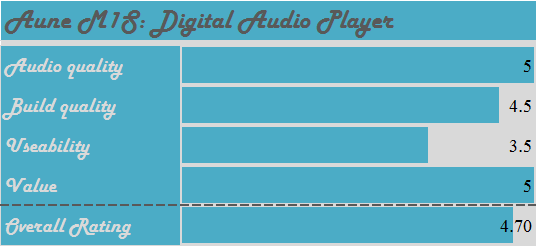Introduction
I’ve always been intrigued by Campfire Audio and have had a few listens to their gear. A couple years ago I met Caleb Rosenau at CanJam London. At this point I finally got to try the Atlas and the Andromeda. I loved both for different reasons. The bass on the Atlas was just delicious. The Andromeda had an easy to love fairly balanced signature. I chatted with Caleb about future offerings coming up for Campfire and kept the communication lines open while the development cycle progressed—or didn’t as it may be. The Ara is my first Campfire Audio review, but it is not the first by the Audio Primate crew. Jackpot77 has a long-standing reviewing relationship with Ken Ball, with reviews of the Solaris, Atlas, Comet, Cascade, Vega, Dorado, Andromeda (don’t ask for a comparison, because he bought that with his own money and didn’t keep it) and Lyra II. He’s got a review of the Solaris 2020 coming up soon, also.
Usability: Form & Function
Unboxing
I’ve posted an unboxing post with some early impressions over here, so go check that out if you want to. I’ll not go over it much here. Long-story short: it’s a nice unboxing with cool touches to make you feel special with a great gift box presentation. It’s Portland meets Japan kind of cool packaging, I only wish the presentation aspects were easier to put back on. A small modification to the centre whorl where the sticker goes would make reclosure easier.

Aesthetics and build quality
The Ara has a dead sexy presentation. That grey titanium makes me feel like I need to do something about my kids. Don’t worry, this is way better than Back to the Future II. Sorry if that’s polarising, I always felt like the movie was too jumbled and self-aware. I do feel like I’ve just won a Mr. Fusion, though. I’m only going to feed it the finest chocolate. The Mr. Fusion should feel as good as I do when listening to the Ara.
That was all to say that the titanium shell makes me feel like I’ve gone back to the future. The cork case feels like I’ve harkened to a past that may have never existed. Was there a time in the past where people made purses out of dyed cork? After doing some research on cork, it is an interesting material. It’s water resistant, it’s abrasion resistant and it’s eco-friendly. It’s pretty damn cool. Now if the zipper was water resistant, the case would be perfect. Soft protective inside, durable water resistant outside.
Ergonomics
 The Campfire Audio Ara has the signature hard-edged Campfire Audio shell first featured on the Andromeda. They tried other shells, but have gone back to the original for most of their line-up. The Ara comes with enough tips to find something that you are comfortable with, for me the choice is all about insertion depth. The edges of the shell aren’t just striking to look at, they are also striking in the ear. The shape and feel can have a bit of a Jean Claude Van Damme effect, “the muscles from Burnside?”. I feel the hard edges when I go for deep insertion and medium tips (which gets a touch more stage, but I have a harder time getting a perfect seal) and get physically fatigued after a couple hours of titanium on ear contact. When I use shallower insertion I get bigger drum impact, which I like, and I never feel the shell. Its all about the larger tips for me. I’m normally a medium-large in the Final E-Type tips, but I use large on these. The Marshmallows don’t feel quite as good and don’t sound quite as good as the E-Type tips to my ears.
The Campfire Audio Ara has the signature hard-edged Campfire Audio shell first featured on the Andromeda. They tried other shells, but have gone back to the original for most of their line-up. The Ara comes with enough tips to find something that you are comfortable with, for me the choice is all about insertion depth. The edges of the shell aren’t just striking to look at, they are also striking in the ear. The shape and feel can have a bit of a Jean Claude Van Damme effect, “the muscles from Burnside?”. I feel the hard edges when I go for deep insertion and medium tips (which gets a touch more stage, but I have a harder time getting a perfect seal) and get physically fatigued after a couple hours of titanium on ear contact. When I use shallower insertion I get bigger drum impact, which I like, and I never feel the shell. Its all about the larger tips for me. I’m normally a medium-large in the Final E-Type tips, but I use large on these. The Marshmallows don’t feel quite as good and don’t sound quite as good as the E-Type tips to my ears.
Audio quality
The Campfire Audio Ara has a balanced signature with thick lower mids and midbass and a seamlessly integrated feel to the presentation. I think the lack crossovers allows the sound to feel more like one speaker per ear rather than a set of components. The Ara feels cohesive and fluid. Music just flows through it to your ears. Resolution is good with excellent note weight, but this note weight can make it feel a touch slow on the trailing edges of cymbals from time to time. Most of the time the cymbals sound smooth and pleasing, where some other IEMs will sound thin. The treble is natural with a pleasing smoothness. On some tracks I find myself wanting a little more bite, but on most of my music I just ease into the comfortable sound of the Ara. Mids are well articulated with good speed and detail. Details are there, but they are never in your face. The tuning is gentle and musical with a naturalness to the presentation. There are some vocals that lose some of their character due to a couple dips in the mids that I would have liked to be a little smaller. Drums are spectacular on the Ara with might impact and delicious body. The same goes for bass guitar. The presentation is immensely satisfying. I love the bass, it has good presence, and presents some texture and speed, but without grit. Sometimes grit that should be there is smoothed. The bass is full and smooth, but is neither fast nor slow. The bass feels better than the frequency response measurements I’ve seen. For the most part, the Ara makes anything you throw at it have a euphonic sound, though sometimes at the expense of prominently displaying some recording noise that you’ll never not notice now. The Ara has extended sub-bass, but compared to some other IEMs I have, I find myself craving more from time to time. The overall sound of the Ara is impactful, euphonic, and full sounding while maintaining an overall balanced signature.
Matchability
I’ll put it right out there, the Ara may send you looking for synergy. Not always for the reasons expected. It will hiss. I got hiss on the balanced outs of the SOUNDAWARE M2Pro (this was a first for me), Questyle QP2R (which is a common occurrence) and N6ii E02 setups. The N6ii T01 setup was the clearest sounding but it didn’t have the treble dynamics of the QP2R. The hiss was so high on the E02 that I couldn’t listen to it. With the stock cable, a 3.5mm single-ended cable, hiss performance on the QP2R didn’t improve and neither did it on the M2Pro. When music is playing, hiss is mostly overcome on both, whether balanced or single-ended.
The Ara is sensitive to other parts of pairing, and not just with components, but with music choice. Old recordings have recording noise in specific bandwidths within the treble (the sound seems about the same frequency as brushwork on cymbals), and the frequency response of the Ara accentuates this recording noise. I threw down some old Pink Floyd albums (original press CD versions) as well as the The Beatles – Abbey Road (Stereo Digital Boxset version). Pink Floyd – Obscured By Clouds showed some of this recording noise, but Animals was pristine. The recording hiss on Abbey Road was bad. Real bad. When switching to another revealing IEM, the AME Custom Radioso, I could hear all the recording noise that the Ara picks up, but at a lesser volume. Modern recordings didn’t tend to have this noise when I listened for it. The Ara also seems to sound better out of balanced mode for me, at the same measured volume. It’s bigger and clearer, irrespective of DAP. My favourite pairing is the N6ii T01 on older recordings, and the Questyle QP2R (after controlling for the hiss) on other stuff. The QP2R gives a more vibrant presentation with more treble energy.
I don’t have a lot of MMCX cables, so I mostly used the 4.4mm Smoky Litz supplied by Campfire upon request with the review unit. I tried out my Double Helix Cables Symbiote Elite SP v3 (eight braid) and found that the stage opened up a little more and that I got even more texture in the bass. I’m using the cable via an adapter. Unfortunately, this means that I can’t make this the regular way of listening outside of my desk, as I don’t want to break any pins from accidental leverage. The quality of the pairing does make me want to get a listen with Campfire’s Pure Silver Litz and SX8 IEM cables. I think a lot of the improvement in stage comes from higher AWG on the DHC cable. If I’d gone for a quad braid set-up on the DHC, it might be a more fair comparison. I am noticing some additional brightness with the pure silver Symbiote Elite when listening to Tori Amos – Pretty Good Year (24-96, 2015 remaster). The Symbiote Elite also has less impact and body, and is more sensitive to recording noise (I never heard recording noise on Carly Simon – I’ve Got To Have You on other pairings) so there are trade-offs. Switching to the currently unreleased new coaxial copper Double Helix Cable I get less impact than either of the other two cables. This isn’t the pairing I’d do. The tonality is overall a bit less vibrant, but there is great depth to it and instrument separation is superior. There is also no recording noise. The Effect Audio Ares II+ has a little more warmth and impact compared to the new coaxial copper Double Helix Cables design. Impact with the Ares II+ is also a touch softer than the smoky Litz 4.4mm cable. Overall, I like the Campfire Audio Smoky Litz cable the best, but I’m certainly curious what Campfire’s other cables would sound like with the Ara. Something for another time, maybe?

As with any cable comparison, take this with a grain or a bucket of salt. Pickle it and put it under the floorboards until it ferments into something better than bitterness and salinity. Maybe use that pickled feeling to de-ice your driveway this winter? I’m going off of human auditory memory, I’m not doing a blinded test (can’t do one actually because they feel different), and my switching time isn’t very short because I don’t have two of the Campfire Ara.

The Ara is sensitive to tip choice and insertion depth. I was all ready to finish this review, and then I read some more stuff in the HeadFi threads that didn’t note the warmth and smaller stage size that I heard in comparisons. I have been using large Final E-type tips (I usually use medium-large) and letting the Ara float a little ways away from my skin (not really touching) as the further I insert, the more I feel the hard edges of the signature Campfire shell. However, using medium tips with deeper insertion lowers the bass quantity (reducing warmth), makes the stage sound a tiny tiny bit bigger, and makes vocals sound a touch more forward in the mix (likely due to reduction in bass presence more than anything), though the difference isn’t huge. It also reduced impact, richness and treble presence. The Ara still doesn’t have the widest stage in its price bracket. Overall, I preferred the Ara with less insertion with the tips I tried. It’s more comfortable and it sounds better to my ear. The small trade-off in soundstage width was totally worth the improved impact and richer tonality. It’s likely that small differences in seal are responsible for the differences and that these are more likely to vary from one insertion to the next with the medium Final E-type tips, bigger tips will have less variability.

When I used the Campfire ‘marshmallow’ foams I was able to get deeper insertion without losing any seal, so got a bit more soundstage and most of the tonality. The ‘marshmallows’ trade a little bit of impact and bass texture to get that slight improvement in stage compared to the large Final E-Type. I found the large Final E-Type to have the best combination of comfort and tonality. I can get a deeper insertion with the ‘marshmallows’ but I also feel them in my ear more. Others may have different findings. Our ears are all different.
Comparisons
Volume matched using Ayre Acoustics – White Noise off their Irrational but Efficacious System Enhancement Disc, using an SPL meter. All IEM comparisons were made using the Cayin N6ii with T01 audio motherboard.
AME Custom Radioso ($1450)
Build and feature comparison
Both of these are well built. The Ara is made of tough titanium. I prefer the recessed 2-pin setup on the Radioso to the MMCX setup on the Ara. It’s probably that I’m just more used to the generally easy cable switching of 2-pin connectors. Switching the cable on MMCX stresses me out. The Radioso shell isn’t as tough and doesn’t feel as secure due to there being a lip between the faceplate and the shell body—I’m hoping they remedy this through a silent revision. The case for the Ara looks much nicer, but probably isn’t any more water resistant than the aluminum press-fit case of the Radioso. The stock cable for the Radioso is superior and balanced options are offered for a $20 fee—personally, I think that AME Custom should just up the price to $1499, include the better case that comes with their customs, and not charge for getting a balanced cable. The Radioso also comes with a leather cable wrap, which is a little touch that Campfire should add. The Radioso will be more comfortable in more ears, as the Ara has some ridges that you may feel, depending on your insertion depth in your ear. I use larger tips to have lower insertion depth and avoid feeling the ridges. It works. Overall, I think the Ara has a small edge in build and presentation.
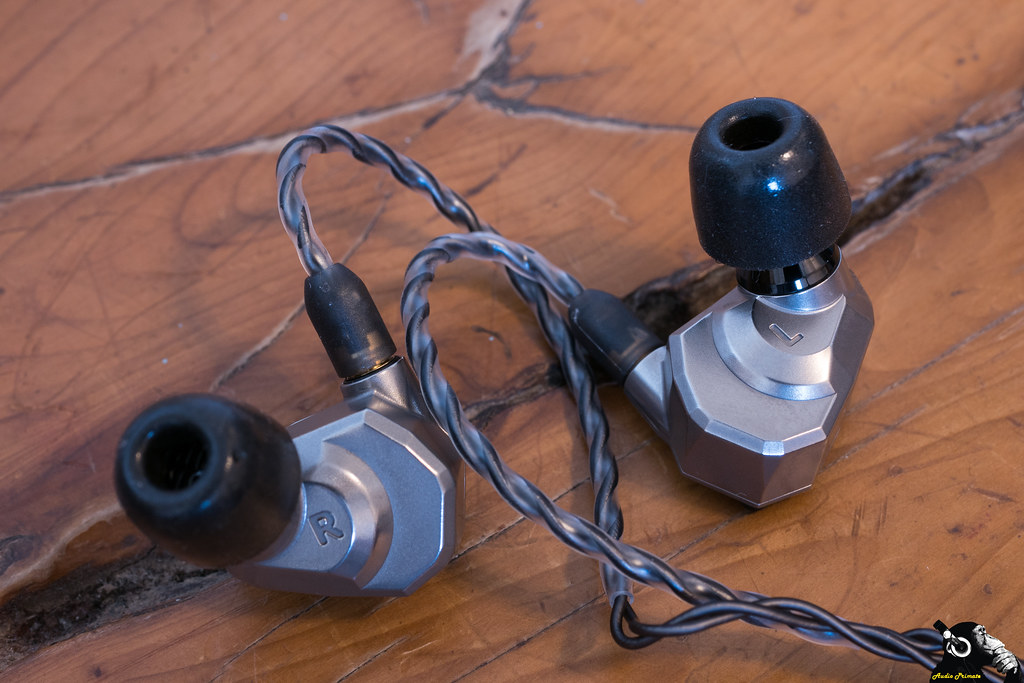
Sound
I made the comparisons below with large tips and shallower insertion, but many of them held true when I switched to medium tips. Switching to medium tips made the stage slightly wider on Carly Simon – I’ve Got To Have You (DSD64, MFSL), but it also decreased the delightful impact of the drums, reduced treble energy, and made the sound a touch softer overall. To me the trade-off wasn’t really worth it. The slight edge in stage width isn’t worth the loss of dynamics. If you want a less engaging (more reference?) tonality, insert as deep as you comfortably can, which may come with a trade-off on seal; if you want a more sumptuous and impactful tonality, make sure your seal is as tight as possible.
The Ara gives some nice chunky warm bass on Derek And The Dominos – Bell Bottom Blues (DSD64). Hand drum impacts have a nice roundness that matches the expected tone and volume well. Vocals are fluid with great separation between the two vocalists. The track sounds a touch busy through the Ara. The Radioso picks up a bit more recording noise from the track, but conveys a more open stage with better separation and an easy stage. The Ara feels like it is trying harder to convey busy parts during the track, likely due to a little bit smaller width and slightly reduced instrument separation. Eric Clapton’s voice comes out a little more forward on the Radioso, which is pleasing. The Ara has a thicker, more organic feel to it in the bass and vocals. There is more edge to the Radioso. The hand drums are more round and satisfying on the Ara. Bass grooves with similar emotion, but the Ara is a bit wetter and the bass is less separated from other elements due to the smaller width of Ara’s stage.
Rebecca Pidgeon – Spanish Harlem (24-88, binaural) is a perfectly imperfect track. The best representations of the track show off the reverb of the room and all the little snaps and accidental sounds going on in the track. The Ara picks up the little background crackles and snaps as other players get ready and move about the stage. The Ara nails Rebecca’s voice. The reverb is delicious and her voice is warm and welcoming with good body. Little string tweaks on frets are well defined and the sound is wholesome, fluid, integrated and rich. The Radioso is airier, less sumptuous, and because of this, feels like it conveys more depth in the stage. I’m not getting the same rich reverb, it’s more subtle. Piano on the Radioso has sharper edges, while not being fatiguing. Locating the shuffling and cracking sounds of musicians moving is a little easier and overall instrument separation is superior on the Radioso. Instrument locations in general on the Radioso have more precision. I prefer the Ara’s presentation of Rebecca’s voice and the ambience of the reverb, but like the staging of the Radioso better. These two IEMs scratch different itches.
It’s time for the speed test. I always like to have a track that tests speed in every comparison. Daft Punk – Aerodynamic (16-44) works nice for this. The Ara is giving me nice impact on the drums that I really dig while still letting all the subtle electronic instrumentation in the background come through. Those 4 bass drivers are being put to very good work with rich and groovy bass tonality. I find the bass really satisfying on the Ara. The guitar riff has great tonality with all the little intentional distortions coming through. The song just sounds right, impactful and fluid with the right energy level. Switching to the Radioso, the electrical energy behind the bells and drum beats is more palpable and more well defined. The bass on the Radioso doesn’t convey as much texture as the Ara bass, but has good body and extension. The guitar riff is a bit harder sounding, but the ethereal backing sounds during the riff come through more clearly. These are both excellent IEMs that fit specific moods. The Radioso has more air, but the Ara has more emotive mids that are just addictive. I can settle in nicely to either.
Carly Simon – I’ve Got To Have You (DSD64, MFSL) has gentle, vulnerable, vocals, an open stage, a remarkably clear recording, and massive drum impacts. I love all of these elements. That open stage is well-represented by the Radioso. Carly’s voice is delicately conveyed with plenty of interaction with the stage. The drum hits are big and well defined. The drum kit is arranged at the right depth, and boy do you feel the bass drum kick. The treble on the Radioso is effortless in its definition and extension. The movement of the electric guitar around the stage conveys both great depth and width on the Radioso. On the Ara, Carly is also delicate, but a touch thicker. There is a delightful fluidity in the guitar strums accompanying Carly. Bass guitar sounds more textured with good extension. The emotional weight of the Ara is higher due to lusher mids and fluidity. The drum impacts are a bit more satisfying on the Ara, and there is definitely more texture to the bass guitar. The quad BA bass is doing its job well. On the electric guitar solo, the Ara doesn’t convey as much depth or width in the musician’s movement around the stage.
AME Custom Argent ($1450)
Build and feature comparison
All the same things to say about the Radioso, but the Argent doesn’t do recessed pins. The stock abalone faceplate is better looking than the Radioso stock faceplate.
Sound
After doing comparisons between tips on the Ara, I stuck with my original observations with large Final E-Type tips and shallower insertion.
The Ara has great amplitude on drum hits in Autolux – Great Days For The Passenger Element (16-44) and all the tongue movement and lip smacking of Eugene Goreshter’s vocal. The presentation of the track is fluid, dynamic and emotive—the three words I would use to describe the Ara. If I pick a fourth, it’s impactful, because lordy does it nail drum impacts. The Argent sounds comparatively gentle on the vocal and drum impacts. It has great definition and a little bit more edge to the sound. Mids are a touch recessed compared to the Ara, with a bit more of a v-shaped signature. Like the Radioso, the Argent conveys a bigger stage than the Ara. Cymbals have more bite and splash than the Ara or the Radioso, but I don’t know if I prefer it. The decay of the Ara on treble is a better fit for my listening preferences. If I could get a combination of the AME Custom stage and the Ara tone that would be perfect.
Let’s get weird. Sing along. Schizoid Lloyd – Suicide Penguin (16-44) ranges from gentle to insanely aggressive with huge dynamic swings. It’s a good test of how much power is on offer. It’s also a speedy track. With the Ara there is a bit of added ambient warmth that shrinks the stage a little. The track is a naturally busy track, and the Ara makes it feel a little more busy. That said, the texture of instruments has a very refined presentation. Bass has great menace. Drums have great speed and impact. This track is a circus, and the Ara is a remarkably calm carnival barker, given the level of madness in the track. Everything feels nicely integrated. On the Argent, the track feels more restrained, with mids that are back of neutral. The bass is smoothed over a bit and the overall energy level of the track is just taken down a notch. Even turning it up from my reference level doesn’t restore all the energy. It does have a better separated stage, but manages to be less integrated while doing so. The vocal placement on the Argent doesn’t work as well for me as the Ara. The stage width on the Argent is notably better and instruments get more of their own space, but it doesn’t feel as much like they are playing together. The airy backing vocals have better presence on the Argent, but the Ara has better presence on the bass and drum that follow. It’s all trade-offs and preference between these two so far.

The Ara has soul on Leonard Cohen – Leaving The Table (24-48) but the bass doesn’t reach as deep as it can and it doesn’t have the rumble I listen for on this. It conveys most of the texture of Leonard’s voice, but not all of it. There is some smoothing of the sound that gives the track a fluidity. Ken Ball described these as sounding like a really good analogue representation. When I hear that, I think organic, because the use of the word analogue fails to recognise that there is analogue that sounds hard and glaring and digital that sounds warm and welcoming. I’ve always felt that ‘analogue’ is a meaningless description that gets thrown around for the folks thinking back to the first digital mixing and the first affordable CD players to describe the contrast with these new digital sources. Digital has come a long way since then and most ‘analogue’ (read vinyl) is produced from a digital master nowadays. The Ara are organic and rich, with a tasteful amount of warmth. The Argent is airier, more textured, brighter. It isn’t a rich or organic sound, and I wouldn’t call it warm. It also isn’t a cold signature. Like the Ara, bass is a touch smoothed on the intro. The Argent gets a little more texture out of Leonard’s vocal. As previously noted, instrument separation is greater on the Argent.
Before I even put Amber Rubarth – Hold On (24-192, binaural) on, I feel like I know what the differences between the IEMs will be. The Argent will have more space, further back vocals and a touch drier presentation. The Ara will be warmer and wetter with a sound that feels connected and organic. Let’s see if my pre-disposition is right. Argent up first. Recessed vocal, check. Airy presentation with nice breathiness on Amber’s vocal, check. Good depth, check. Switch! Thicker vocals on the Ara. More immediacy in the stage. Richer more organic sound. I didn’t need to do that listening test.
There’s not a clearly superior IEM between the two, but I find myself preferring the tonality of the Ara, with it’s richness and potent impact.
Ultimate Ears Pro Reference Remastered ($999)
Build and feature comparison
The UERR comes with a UE (read Linum) SuperBaX cable, which is an extremely ergonomic cable that also happens to sound nice. To go balanced for either, you have to buy an upgrade cable. The version of the UERR that I have is from when they had 2-pin connectors. I’ve got a SuperBaX 2-pin, but it isn’t balanced, so the tests I did were with a soon to be released Double Helix Cables copper coaxial Litz design (it doesn’t have a name yet, I’ve just called it Symbiote SE v4). The UERR comes with a press-fit, aluminum, water-resistant puck case with personalisation available. Mine says my name and my handle here and on HeadFi. The cork case that comes with the Ara isn’t as tough and I doubt the zipper stops any water, but it is luxurious feeling with it’s lambswool lining, and it looks more luxurious with the beautiful dying of the cork. I think both cases would be considered relatively eco-friendly (if they guaranteed it was from recycled content, it would be awesome). The titanium body of the Ara is instantly classy, but the UERR is a custom acrylic that costs $999+ which means you can get some serious customisation for $1099 (submit your own art, or get fancy materials). Customs also require getting ear-scans or ear impressions, though, which isn’t so easy to do in our current COVID-19 world. Overall, I give the build edge to the current version of the UERR, their IPX connectors are superior to MMCX in terms of durability and water resistance, and I prefer the case on the UERR.
Sound
Bass is up and grooving on Billy Cobham – Quadrant 4 (DSD64) with the Ara. Speedy treble has a bit of smoothing. I’m not hearing all the little bits as clear as is possible on this track (there’s only a couple IEMs that do that in my experience), there is some blending. Drum impact, is as always, great with the Ara. I could use a bit more treble bite. Guitar is warm and smooth. I’d like a little more edge here. The UERR has a bit more edge but also feels a bit colder and less integrated. The UERR sounds airier, but also a bit emptier. There is a unifying warmth that gives the Ara a very pleasing sound in comparison to the UERR. The UERR has a slight edge in treble speed and bite, as well as staging, but I prefer the tonality and impact of the Ara on this track.
On Isaac Hayes – Walk On By (DSD64) there may be some track synergy. The track is warm and rich, but also spacious, so where Quadrant 4 could have used more warmth from the UERR and more treble speed and bite from the Ara, the interaction effect could be very different on this track. Bass in the intro is lean with the UERR, strings have great shape with peaks on the violins well-represented. UERR has good representation of the depth of the stage. When Isaac makes his appearance, there is a bit of dryness to the vocal. The chocolate is still there, but it isn’t as silky as it can be (think bakers chocolate vs. a really nice single origin 70% plus chocolate). The tone is a bit more smooth and silky on the Ara. Intro strings have more body and fluidity. Backing vocals have a bit more presence. The Ara also picks up more of the old-recording hiss artefact (both pick this up, but it’s more present on the Ara). There isn’t an edge in instrument separation between the Ara and the UERR, but the pieces feel like they fit together in a sonic whole better on the Ara. Isaac Hayes has more of that chocolately smoothness that I’m looking for when he comes into the track. At the same time he comes in, there is also a nice bass guitar accompaniment. This is handled better by the Ara. It has more body and texture. Four BA for bass was an incredibly good decision by Campfire. Bass is further back on the UERR with less texture. Treble on the UERR is sharper sounding, which will appeal to those who like treble with some edge. I tend to like my treble detailed, but smooth.
Massive Attack – Teardrop (16-44) is all about whether the transducers can thump, snap and rumble and bring the air while representing a delicate female voice well. The UERR has good snap and thump with airy vocals that veer a little bit towards sharpness. The stage has good depth and excellent separation between instruments. Busy elements within the track are easy to delineate into individual components. The female vocals on the Ara are softer and the bass doesn’t feel as textured, it’s wetter with a bit more volume and impact, but the upper mids and lower treble often lend further texture to bass, and the Ara tuning is less forward in this region. Stage on the Ara feels less wide and less tall. The overall match on this track is better on the UERR.
The soaring female backing vocal is the highlight of the Pixies – Where Is My Mind? (DSD64) for me and the primary thing I’m looking for when I audition headphones using this track. I get some soar with the UERR, but there are definitely IEMs in my collection with more amplitude at more parts of the track. The Ara is thicker through the mids and has denser bass. During the end of the track when amplitude goes highest on the female vocal, the Ara doesn’t soar as much as the UERR does. It is more restrained. It gets the tone, for the most part, but rounds off the tone just a little. Drum impact on the Ara is better than the UERR with a more visceral feel. I also give a slight edge to the Ara on Black Francis’s vocals, which get a little more force to them.
Stealthsonics U9 ($1099)
Build and feature comparison
This isn’t a contest. The Ara is made from better materials, and has a better case. The Ara comes with a nicer tip selection. The main listening cable for the Ara is slightly better, but the U9 also comes with a microphone cable, which is a very nice touch. I use the U9 microphone cable for all my Zoom calls.
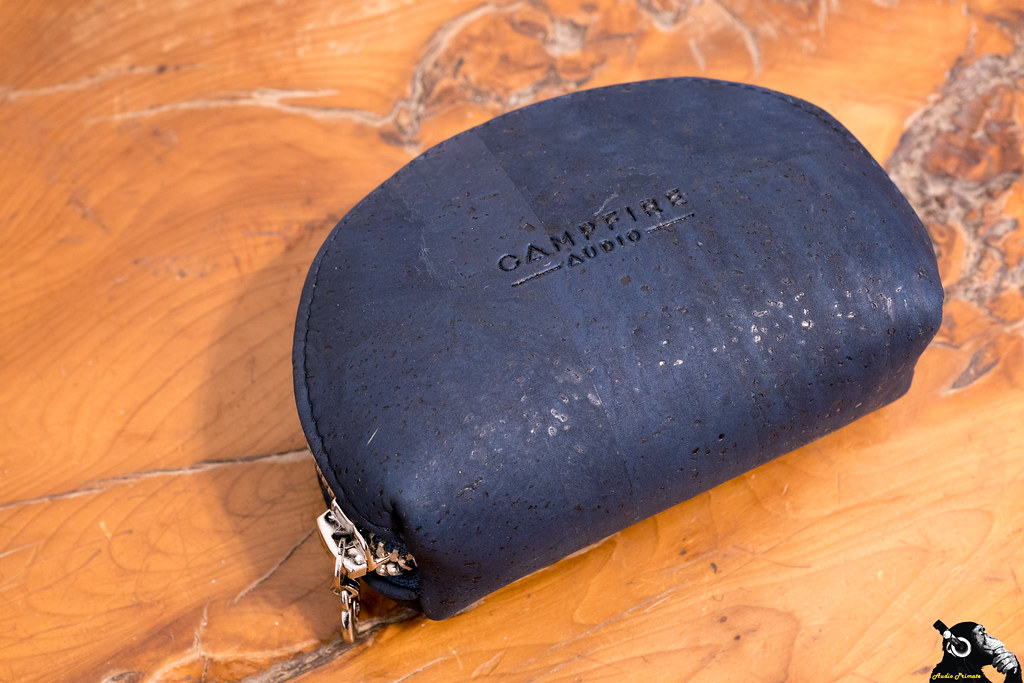
Sound
On the Ara, I think there is a dip in the upper mids/lower treble that affects Macy’s vocal on Macy Gray – Slowly (24-192, binaural). She sounds relaxed with a little lack of bite. It actually made me go look for measurements to show what I’m hearing (below). Both the black measurement and Crinacle’s (white background) give some insight. There is a dip at about 2.5kHz on the Ara that likely is responsible for the more laid-back feel of Macy’s vocal. The 6kHz dip, explains differences in the trumpet presentation. The U9 has more air to the signature and Macy sounds a bit more emphatic, as does the bass. The U9 feels airy, but manages to do it without sounding like it has expected depth in the stage. The soundstage is more narrow than the Ara. There is some echo to Macy’s voice which makes me think the noise floor is lower on the U9. The sound on the U9 is vibrant compared to the more easy-going Ara. On the trumpet, the U9 can come across as a bit strident. The Ara does a better job of conveying the trumpet with a pleasing fluidity. Bass on the Ara is also more fluid.


Animals As Leaders – Ka$cade (16-44) is a track that is all about speed and resolving a complex mess of a track. The Ara is keeping up nicely. It has good air for the backing vocal and good separation of the various jumbled elements of the track. The tonality is natural. It’s a good pairing with this track. Nothing comes across strident and nothing comes across muffled. The Ara does an especially good job with sorting out cymbal taps. They have the right amount of body, and when little crash is called for it’s delivered without too short or too long decay. No splashiness here. The U9 sounds more aggressive with sharper transients and a more aggressively textured presentation. The soundstage has less depth on the U9 which leads to a forward sound at the same matched volume and more perception of loudness. I find myself wanting to turn the U9 down a few dB. The Ara is smoother with an easier to listen to sound. The Ara still shows the same technicalities of the track, but it isn’t as in-your-face as the U9.
Why – Strawberries (16-44) has some sweet male vocals from Yoni Wolf and loads of snapping, shaking, and sparkling percussion to go with some nice bass drops. The Ara is nailing this. No fatigue and brilliantly musical tonality, with great timbre to all the instruments, whether chimes, vibraphone or that big chugging bass. The U9 is sharper and more fatiguing with a little more nasally quality to Yoni Wolf’s voice. All the percussion sounds a bit more strident compared to the Ara. There is a feeling of the details being thrown at you, but the effect isn’t always pleasing. Bass on the U9 has satisfying thump and texture. The impact of the bass is less with the Ara and the texture is a bit smoother and thicker. It’s worth noting that the last two tracks have been modern recordings that are mastered a touch on the cold side. The next track goes more old-school.
Pink Floyd – On The Run (24-96, UK quad vinyl rip) has lots of panning and little detailed interludes. I know my friend, the Bad Boy himself listens for the resolution of the announcer. On the Ara, the announcer is a bit back of where I’d usually hear her and the details of the announcement are harder to make out. This is the frequency response dips coming in again. The stage panning is good on the Ara with sound-effects travelling across the screen with a nice wide arc. Depth is also good with nice back to front pans executed well by the Ara. The stage is articulated well on the Ara with a very natural presentation. The U9 is immediately leaner in the mids and treble with more bass rumble and an underlying menace. The U9 handles the announcer much better, with increased clarity and better depth in the stage. The Ara sounds recessed on her voice. The U9 gives me a narrower soundstage, but with sharper images.
Unique Melody Mason v3 ($2699)
Build and feature comparison
The Mason V3 and Ara both share fits that are hit or miss for folks. Whenever I use the Mason V3, I have to tug up on my ears to get a more secure fit with deeper insertion. With the Ara I have to use large tips to keep the angles of the shell suspended away from my ear. The cable on the Mason V3 is heavy, but also comes with two tonalities to make the Mason V3 more flexible. The Mason V3 has the dB-Go module, which allows tuning the bass and the ambience in the mids. The cases for both are very nice, but I prefer the titanium puck of the Mason V3 (don’t know if they are still making this case). The cork case of the Ara is probably more environmentally friendly and also looks pretty sexy, but it doesn’t have the robustness of titanium. It is easier to close though. The Mason V3 titanium puck makes you detach the earpieces if you don’t want to fight for space. The Mason V3 wins on build for me, but it should at $1100 more.
Sound
For this comparison I kept the DB-Go module on the Mason V3 closed to get a bit more bass. This also reduces the stage a little bit. I used the silver option of the dual-tone cable.
The presentation of Tori’s voice on Pretty Good Year (24-96) has a nice breathiness, while not feeling light or wispy on the Mason V3. Stand-up bass bow-work is full of texture and violins sound smooth and well-defined. Piano is gentle and correct with no tonal imbalances or sharpened notes. The swell of piano strikes is beautifully represented. The Ara matches up well with Tori’s vocal, but is a little sharper on her vocal. Piano is more varied in presentation. It is overall smooth, but when Tori really slams the keys, the Ara hits harder than the Mason V3. The Ara has a touch more midbass, which gives the big bass in the middle of the track some more thickness. The Ara has a touch of track hiss that comes out from the recording.

Where Michael is in the stage says a lot about the presentation of mids on Michael Jackson – Billy Jean (24-96, vinyl rip). He should be centre stage both in width and depth on this particular version of the track (vinyl rip from the USA 1st pressing). Both IEMs do a good job of placing him in the middle of the stage. On the Ara, similar to how Macy’s vocal was presented, that little dip at about 2.5kHz reduces the energy of Michael’s voice, making him come across a bit more laid-back. I’d like to see this little dip filled. The Mason V3 comes across a little more even-toned in this area, but the elevation in the treble of the Mason V3 makes the relative emphasis of Michael’s voice similar. The Mason V3 has a bit more texture in Michael’s voice, with more energy in his grunts and breaths. The Mason V3 carries this one a bit better from a textural perspective. I still have to give some props to the Ara for having an imminently pleasing and integrated feel to the sound.

Thump-thump, thump-thump, bass guitar, guitar wail. Bring that s*** in! Rage Against The Machine – Take The Power Back (16-44) is about raw aggression, and both the Mason V3 and Ara have some points of emphasis to overall balanced sound profiles. The Mason V3 can reach down low with some authority, but that level of extension isn’t necessary here as the track doesn’t dip to the deep sub-bass. The Ara has a little bit more midbass which gives a slight bit more weight and texture to bass guitar notes and more body to the thumping drums. The Ara has loads of impact. Drums and bass guitar are immensely satisfying. The Mason V3 has a lighter touch with the bass guitar with faster decay. In general the Mason V3 comes off lighter and faster. The guitar solo starting at about 2:40 into the track sounds faster and lighter with the Mason V3. Notes are a touch smoother and thicker with more body on the Ara which makes it sound less fast, while the Mason V3 is a touch drier and sharper sounding. Both sound good, but are slightly different flavours. The Ara’s additional body extends to the cymbal work after the solos right before getting into ‘no more lies’ and ‘I take it back y’all’. The Ara has more fluidity in the cymbals than the Mason V3, which sounds a touch hard on the cymbal work with more tin to the cymbal sound. Imaging is pretty even between the Mason V3 and the Ara. The upper treble presentation of the two is very similar with a modest bump in air going to the Mason V3. Neither masks Zach’s sibilant ‘no more liessss’ which is good, but the Ara is a little less emphatic in observing it.
Yosi Horikawa – Wandering (16-44, binaural) is all about stage and that deep artificial bass. The Ara has all the bass quantity I need with good texture. It sounds deep and in line with the rest of the stage presentation. It doesn’t loosen your fillings like this track can, but I’ve never known an all BA setup to do that. I can say that this is some of the most satisfying BA bass that I’ve heard. The texture is rich and natural and imminently enjoyable. The stage representation is deep and tall, but not huge on width. It gets outside the ears, but doesn’t wow you with width. It’s par for the course in this price bracket. What it does give is great imaging, and an oh so pleasing tone. The Mason V3 immediately sounds more open and a touch drier. The sub-bass is bigger and more delightful. The overall sound is drier and harder with less fluidity than the Ara. I like both presentations. I’ll also note that the best pairing I’ve had with the Mason V3 is the N6ii with the E02 amplifier, which has great liquidity to it that synergises well with the Mason V3, but the E02 makes the Ara hiss horrifically.
These don’t sound like they are $1100 apart in price. The Mason V3 is technically the better performer, but part of this is due to tonal choices made on the Ara. These tonal choices are what makes the Ara so charming. I don’t think either of these is really better than the other, they are just different, and I have room in my heart for both.
Specifications
Acknowledgment
The Campfire Audio Ara was provided free-of-charge by Campfire Audio. I do not have to return the Ara after the review but it is not mine to do with what I wish. I have received no compensation for this review. All thoughts in this review are my personal opinion.
Conclusions
The Ara is a moreish, infinitely satisfying balanced IEM. The signatures of the sound are impact, refinement, fluidity, and fullness. There are no parts of the frequency spectrum that come off sounding harsh or thin and everything sounds cohesive. It has good soundstage, while not being best in class. Instrument separation and detail are there, but the note weight (which I like) can make details that are there sound less prominent. The four bass drivers are put to work fantastically. Anybody looking at the frequency response and thinking the bass will be anaemic may be surprised by how full and delightful bass can sound on these. Drum impacts blow my mind on these. These are IEMs that I can listen to at any time and never tire of the sound. They have an organic and welcoming sound that just makes me want to keep them in. I found myself listening to the same track over and over because I forgot to switch between IEMs when doing comparisons. They are hard to take out.
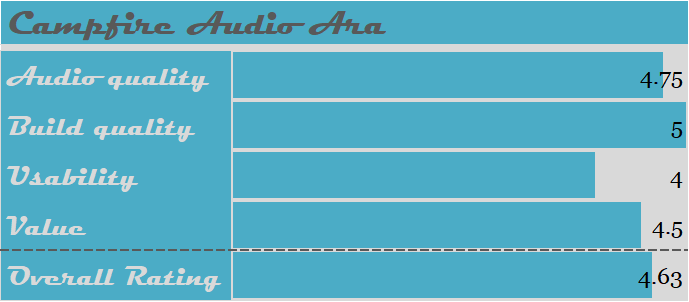
I’ve always been intrigued by Campfire Audio and have had a few listens to their gear. A couple years ago I met Caleb Rosenau at CanJam London. At this point I finally got to try the Atlas and the Andromeda. I loved both for different reasons. The bass on the Atlas was just delicious. The Andromeda had an easy to love fairly balanced signature. I chatted with Caleb about future offerings coming up for Campfire and kept the communication lines open while the development cycle progressed—or didn’t as it may be. The Ara is my first Campfire Audio review, but it is not the first by the Audio Primate crew. Jackpot77 has a long-standing reviewing relationship with Ken Ball, with reviews of the Solaris, Atlas, Comet, Cascade, Vega, Dorado, Andromeda (don’t ask for a comparison, because he bought that with his own money and didn’t keep it) and Lyra II. He’s got a review of the Solaris 2020 coming up soon, also.
Usability: Form & Function
Unboxing
I’ve posted an unboxing post with some early impressions over here, so go check that out if you want to. I’ll not go over it much here. Long-story short: it’s a nice unboxing with cool touches to make you feel special with a great gift box presentation. It’s Portland meets Japan kind of cool packaging, I only wish the presentation aspects were easier to put back on. A small modification to the centre whorl where the sticker goes would make reclosure easier.

Aesthetics and build quality
The Ara has a dead sexy presentation. That grey titanium makes me feel like I need to do something about my kids. Don’t worry, this is way better than Back to the Future II. Sorry if that’s polarising, I always felt like the movie was too jumbled and self-aware. I do feel like I’ve just won a Mr. Fusion, though. I’m only going to feed it the finest chocolate. The Mr. Fusion should feel as good as I do when listening to the Ara.
That was all to say that the titanium shell makes me feel like I’ve gone back to the future. The cork case feels like I’ve harkened to a past that may have never existed. Was there a time in the past where people made purses out of dyed cork? After doing some research on cork, it is an interesting material. It’s water resistant, it’s abrasion resistant and it’s eco-friendly. It’s pretty damn cool. Now if the zipper was water resistant, the case would be perfect. Soft protective inside, durable water resistant outside.
Ergonomics

Audio quality
The Campfire Audio Ara has a balanced signature with thick lower mids and midbass and a seamlessly integrated feel to the presentation. I think the lack crossovers allows the sound to feel more like one speaker per ear rather than a set of components. The Ara feels cohesive and fluid. Music just flows through it to your ears. Resolution is good with excellent note weight, but this note weight can make it feel a touch slow on the trailing edges of cymbals from time to time. Most of the time the cymbals sound smooth and pleasing, where some other IEMs will sound thin. The treble is natural with a pleasing smoothness. On some tracks I find myself wanting a little more bite, but on most of my music I just ease into the comfortable sound of the Ara. Mids are well articulated with good speed and detail. Details are there, but they are never in your face. The tuning is gentle and musical with a naturalness to the presentation. There are some vocals that lose some of their character due to a couple dips in the mids that I would have liked to be a little smaller. Drums are spectacular on the Ara with might impact and delicious body. The same goes for bass guitar. The presentation is immensely satisfying. I love the bass, it has good presence, and presents some texture and speed, but without grit. Sometimes grit that should be there is smoothed. The bass is full and smooth, but is neither fast nor slow. The bass feels better than the frequency response measurements I’ve seen. For the most part, the Ara makes anything you throw at it have a euphonic sound, though sometimes at the expense of prominently displaying some recording noise that you’ll never not notice now. The Ara has extended sub-bass, but compared to some other IEMs I have, I find myself craving more from time to time. The overall sound of the Ara is impactful, euphonic, and full sounding while maintaining an overall balanced signature.
Matchability
I’ll put it right out there, the Ara may send you looking for synergy. Not always for the reasons expected. It will hiss. I got hiss on the balanced outs of the SOUNDAWARE M2Pro (this was a first for me), Questyle QP2R (which is a common occurrence) and N6ii E02 setups. The N6ii T01 setup was the clearest sounding but it didn’t have the treble dynamics of the QP2R. The hiss was so high on the E02 that I couldn’t listen to it. With the stock cable, a 3.5mm single-ended cable, hiss performance on the QP2R didn’t improve and neither did it on the M2Pro. When music is playing, hiss is mostly overcome on both, whether balanced or single-ended.
The Ara is sensitive to other parts of pairing, and not just with components, but with music choice. Old recordings have recording noise in specific bandwidths within the treble (the sound seems about the same frequency as brushwork on cymbals), and the frequency response of the Ara accentuates this recording noise. I threw down some old Pink Floyd albums (original press CD versions) as well as the The Beatles – Abbey Road (Stereo Digital Boxset version). Pink Floyd – Obscured By Clouds showed some of this recording noise, but Animals was pristine. The recording hiss on Abbey Road was bad. Real bad. When switching to another revealing IEM, the AME Custom Radioso, I could hear all the recording noise that the Ara picks up, but at a lesser volume. Modern recordings didn’t tend to have this noise when I listened for it. The Ara also seems to sound better out of balanced mode for me, at the same measured volume. It’s bigger and clearer, irrespective of DAP. My favourite pairing is the N6ii T01 on older recordings, and the Questyle QP2R (after controlling for the hiss) on other stuff. The QP2R gives a more vibrant presentation with more treble energy.
I don’t have a lot of MMCX cables, so I mostly used the 4.4mm Smoky Litz supplied by Campfire upon request with the review unit. I tried out my Double Helix Cables Symbiote Elite SP v3 (eight braid) and found that the stage opened up a little more and that I got even more texture in the bass. I’m using the cable via an adapter. Unfortunately, this means that I can’t make this the regular way of listening outside of my desk, as I don’t want to break any pins from accidental leverage. The quality of the pairing does make me want to get a listen with Campfire’s Pure Silver Litz and SX8 IEM cables. I think a lot of the improvement in stage comes from higher AWG on the DHC cable. If I’d gone for a quad braid set-up on the DHC, it might be a more fair comparison. I am noticing some additional brightness with the pure silver Symbiote Elite when listening to Tori Amos – Pretty Good Year (24-96, 2015 remaster). The Symbiote Elite also has less impact and body, and is more sensitive to recording noise (I never heard recording noise on Carly Simon – I’ve Got To Have You on other pairings) so there are trade-offs. Switching to the currently unreleased new coaxial copper Double Helix Cable I get less impact than either of the other two cables. This isn’t the pairing I’d do. The tonality is overall a bit less vibrant, but there is great depth to it and instrument separation is superior. There is also no recording noise. The Effect Audio Ares II+ has a little more warmth and impact compared to the new coaxial copper Double Helix Cables design. Impact with the Ares II+ is also a touch softer than the smoky Litz 4.4mm cable. Overall, I like the Campfire Audio Smoky Litz cable the best, but I’m certainly curious what Campfire’s other cables would sound like with the Ara. Something for another time, maybe?

As with any cable comparison, take this with a grain or a bucket of salt. Pickle it and put it under the floorboards until it ferments into something better than bitterness and salinity. Maybe use that pickled feeling to de-ice your driveway this winter? I’m going off of human auditory memory, I’m not doing a blinded test (can’t do one actually because they feel different), and my switching time isn’t very short because I don’t have two of the Campfire Ara.

The Ara is sensitive to tip choice and insertion depth. I was all ready to finish this review, and then I read some more stuff in the HeadFi threads that didn’t note the warmth and smaller stage size that I heard in comparisons. I have been using large Final E-type tips (I usually use medium-large) and letting the Ara float a little ways away from my skin (not really touching) as the further I insert, the more I feel the hard edges of the signature Campfire shell. However, using medium tips with deeper insertion lowers the bass quantity (reducing warmth), makes the stage sound a tiny tiny bit bigger, and makes vocals sound a touch more forward in the mix (likely due to reduction in bass presence more than anything), though the difference isn’t huge. It also reduced impact, richness and treble presence. The Ara still doesn’t have the widest stage in its price bracket. Overall, I preferred the Ara with less insertion with the tips I tried. It’s more comfortable and it sounds better to my ear. The small trade-off in soundstage width was totally worth the improved impact and richer tonality. It’s likely that small differences in seal are responsible for the differences and that these are more likely to vary from one insertion to the next with the medium Final E-type tips, bigger tips will have less variability.

When I used the Campfire ‘marshmallow’ foams I was able to get deeper insertion without losing any seal, so got a bit more soundstage and most of the tonality. The ‘marshmallows’ trade a little bit of impact and bass texture to get that slight improvement in stage compared to the large Final E-Type. I found the large Final E-Type to have the best combination of comfort and tonality. I can get a deeper insertion with the ‘marshmallows’ but I also feel them in my ear more. Others may have different findings. Our ears are all different.
Comparisons
Volume matched using Ayre Acoustics – White Noise off their Irrational but Efficacious System Enhancement Disc, using an SPL meter. All IEM comparisons were made using the Cayin N6ii with T01 audio motherboard.
| Headphone | Cable | SE/Balanced | Gain | Volume | ~SPL |
| Campfire Audio Ara | Stock (original SPC) | SE | Low | 39 | 78.5 |
| Campfire Audio Ara | Smoky Litz 4.4mm | Balanced | Low | 36 | 78.5 |
| AME Custom Radioso | Stock 2.5mm to Cayin 2.5mm to 4.4mm adapter | Balanced | Low | 70 | 78.3 |
| AME Custom Argent | Stock 2.5mm to Cayin 2.5mm to 4.4mm adapter | Balanced | Medium | 38 | 78.1 |
| Stealthsonics U9 | DHC Symbiote SE v4 | Balanced | Low | 58 | 78.3 |
| UERR | DHC Symbiote SE v4 | Balanced | Low | 64 | 78.2 |
| Unique Melody Mason v3 | Stock Silver 4.4mm (dB-Go closed) | Balanced | Low | 54 | 78.3 |
AME Custom Radioso ($1450)
Build and feature comparison
Both of these are well built. The Ara is made of tough titanium. I prefer the recessed 2-pin setup on the Radioso to the MMCX setup on the Ara. It’s probably that I’m just more used to the generally easy cable switching of 2-pin connectors. Switching the cable on MMCX stresses me out. The Radioso shell isn’t as tough and doesn’t feel as secure due to there being a lip between the faceplate and the shell body—I’m hoping they remedy this through a silent revision. The case for the Ara looks much nicer, but probably isn’t any more water resistant than the aluminum press-fit case of the Radioso. The stock cable for the Radioso is superior and balanced options are offered for a $20 fee—personally, I think that AME Custom should just up the price to $1499, include the better case that comes with their customs, and not charge for getting a balanced cable. The Radioso also comes with a leather cable wrap, which is a little touch that Campfire should add. The Radioso will be more comfortable in more ears, as the Ara has some ridges that you may feel, depending on your insertion depth in your ear. I use larger tips to have lower insertion depth and avoid feeling the ridges. It works. Overall, I think the Ara has a small edge in build and presentation.

Sound
I made the comparisons below with large tips and shallower insertion, but many of them held true when I switched to medium tips. Switching to medium tips made the stage slightly wider on Carly Simon – I’ve Got To Have You (DSD64, MFSL), but it also decreased the delightful impact of the drums, reduced treble energy, and made the sound a touch softer overall. To me the trade-off wasn’t really worth it. The slight edge in stage width isn’t worth the loss of dynamics. If you want a less engaging (more reference?) tonality, insert as deep as you comfortably can, which may come with a trade-off on seal; if you want a more sumptuous and impactful tonality, make sure your seal is as tight as possible.
The Ara gives some nice chunky warm bass on Derek And The Dominos – Bell Bottom Blues (DSD64). Hand drum impacts have a nice roundness that matches the expected tone and volume well. Vocals are fluid with great separation between the two vocalists. The track sounds a touch busy through the Ara. The Radioso picks up a bit more recording noise from the track, but conveys a more open stage with better separation and an easy stage. The Ara feels like it is trying harder to convey busy parts during the track, likely due to a little bit smaller width and slightly reduced instrument separation. Eric Clapton’s voice comes out a little more forward on the Radioso, which is pleasing. The Ara has a thicker, more organic feel to it in the bass and vocals. There is more edge to the Radioso. The hand drums are more round and satisfying on the Ara. Bass grooves with similar emotion, but the Ara is a bit wetter and the bass is less separated from other elements due to the smaller width of Ara’s stage.
Rebecca Pidgeon – Spanish Harlem (24-88, binaural) is a perfectly imperfect track. The best representations of the track show off the reverb of the room and all the little snaps and accidental sounds going on in the track. The Ara picks up the little background crackles and snaps as other players get ready and move about the stage. The Ara nails Rebecca’s voice. The reverb is delicious and her voice is warm and welcoming with good body. Little string tweaks on frets are well defined and the sound is wholesome, fluid, integrated and rich. The Radioso is airier, less sumptuous, and because of this, feels like it conveys more depth in the stage. I’m not getting the same rich reverb, it’s more subtle. Piano on the Radioso has sharper edges, while not being fatiguing. Locating the shuffling and cracking sounds of musicians moving is a little easier and overall instrument separation is superior on the Radioso. Instrument locations in general on the Radioso have more precision. I prefer the Ara’s presentation of Rebecca’s voice and the ambience of the reverb, but like the staging of the Radioso better. These two IEMs scratch different itches.
It’s time for the speed test. I always like to have a track that tests speed in every comparison. Daft Punk – Aerodynamic (16-44) works nice for this. The Ara is giving me nice impact on the drums that I really dig while still letting all the subtle electronic instrumentation in the background come through. Those 4 bass drivers are being put to very good work with rich and groovy bass tonality. I find the bass really satisfying on the Ara. The guitar riff has great tonality with all the little intentional distortions coming through. The song just sounds right, impactful and fluid with the right energy level. Switching to the Radioso, the electrical energy behind the bells and drum beats is more palpable and more well defined. The bass on the Radioso doesn’t convey as much texture as the Ara bass, but has good body and extension. The guitar riff is a bit harder sounding, but the ethereal backing sounds during the riff come through more clearly. These are both excellent IEMs that fit specific moods. The Radioso has more air, but the Ara has more emotive mids that are just addictive. I can settle in nicely to either.
Carly Simon – I’ve Got To Have You (DSD64, MFSL) has gentle, vulnerable, vocals, an open stage, a remarkably clear recording, and massive drum impacts. I love all of these elements. That open stage is well-represented by the Radioso. Carly’s voice is delicately conveyed with plenty of interaction with the stage. The drum hits are big and well defined. The drum kit is arranged at the right depth, and boy do you feel the bass drum kick. The treble on the Radioso is effortless in its definition and extension. The movement of the electric guitar around the stage conveys both great depth and width on the Radioso. On the Ara, Carly is also delicate, but a touch thicker. There is a delightful fluidity in the guitar strums accompanying Carly. Bass guitar sounds more textured with good extension. The emotional weight of the Ara is higher due to lusher mids and fluidity. The drum impacts are a bit more satisfying on the Ara, and there is definitely more texture to the bass guitar. The quad BA bass is doing its job well. On the electric guitar solo, the Ara doesn’t convey as much depth or width in the musician’s movement around the stage.
AME Custom Argent ($1450)
Build and feature comparison
All the same things to say about the Radioso, but the Argent doesn’t do recessed pins. The stock abalone faceplate is better looking than the Radioso stock faceplate.
Sound
After doing comparisons between tips on the Ara, I stuck with my original observations with large Final E-Type tips and shallower insertion.
The Ara has great amplitude on drum hits in Autolux – Great Days For The Passenger Element (16-44) and all the tongue movement and lip smacking of Eugene Goreshter’s vocal. The presentation of the track is fluid, dynamic and emotive—the three words I would use to describe the Ara. If I pick a fourth, it’s impactful, because lordy does it nail drum impacts. The Argent sounds comparatively gentle on the vocal and drum impacts. It has great definition and a little bit more edge to the sound. Mids are a touch recessed compared to the Ara, with a bit more of a v-shaped signature. Like the Radioso, the Argent conveys a bigger stage than the Ara. Cymbals have more bite and splash than the Ara or the Radioso, but I don’t know if I prefer it. The decay of the Ara on treble is a better fit for my listening preferences. If I could get a combination of the AME Custom stage and the Ara tone that would be perfect.
Let’s get weird. Sing along. Schizoid Lloyd – Suicide Penguin (16-44) ranges from gentle to insanely aggressive with huge dynamic swings. It’s a good test of how much power is on offer. It’s also a speedy track. With the Ara there is a bit of added ambient warmth that shrinks the stage a little. The track is a naturally busy track, and the Ara makes it feel a little more busy. That said, the texture of instruments has a very refined presentation. Bass has great menace. Drums have great speed and impact. This track is a circus, and the Ara is a remarkably calm carnival barker, given the level of madness in the track. Everything feels nicely integrated. On the Argent, the track feels more restrained, with mids that are back of neutral. The bass is smoothed over a bit and the overall energy level of the track is just taken down a notch. Even turning it up from my reference level doesn’t restore all the energy. It does have a better separated stage, but manages to be less integrated while doing so. The vocal placement on the Argent doesn’t work as well for me as the Ara. The stage width on the Argent is notably better and instruments get more of their own space, but it doesn’t feel as much like they are playing together. The airy backing vocals have better presence on the Argent, but the Ara has better presence on the bass and drum that follow. It’s all trade-offs and preference between these two so far.

The Ara has soul on Leonard Cohen – Leaving The Table (24-48) but the bass doesn’t reach as deep as it can and it doesn’t have the rumble I listen for on this. It conveys most of the texture of Leonard’s voice, but not all of it. There is some smoothing of the sound that gives the track a fluidity. Ken Ball described these as sounding like a really good analogue representation. When I hear that, I think organic, because the use of the word analogue fails to recognise that there is analogue that sounds hard and glaring and digital that sounds warm and welcoming. I’ve always felt that ‘analogue’ is a meaningless description that gets thrown around for the folks thinking back to the first digital mixing and the first affordable CD players to describe the contrast with these new digital sources. Digital has come a long way since then and most ‘analogue’ (read vinyl) is produced from a digital master nowadays. The Ara are organic and rich, with a tasteful amount of warmth. The Argent is airier, more textured, brighter. It isn’t a rich or organic sound, and I wouldn’t call it warm. It also isn’t a cold signature. Like the Ara, bass is a touch smoothed on the intro. The Argent gets a little more texture out of Leonard’s vocal. As previously noted, instrument separation is greater on the Argent.
Before I even put Amber Rubarth – Hold On (24-192, binaural) on, I feel like I know what the differences between the IEMs will be. The Argent will have more space, further back vocals and a touch drier presentation. The Ara will be warmer and wetter with a sound that feels connected and organic. Let’s see if my pre-disposition is right. Argent up first. Recessed vocal, check. Airy presentation with nice breathiness on Amber’s vocal, check. Good depth, check. Switch! Thicker vocals on the Ara. More immediacy in the stage. Richer more organic sound. I didn’t need to do that listening test.
There’s not a clearly superior IEM between the two, but I find myself preferring the tonality of the Ara, with it’s richness and potent impact.
Ultimate Ears Pro Reference Remastered ($999)
Build and feature comparison
The UERR comes with a UE (read Linum) SuperBaX cable, which is an extremely ergonomic cable that also happens to sound nice. To go balanced for either, you have to buy an upgrade cable. The version of the UERR that I have is from when they had 2-pin connectors. I’ve got a SuperBaX 2-pin, but it isn’t balanced, so the tests I did were with a soon to be released Double Helix Cables copper coaxial Litz design (it doesn’t have a name yet, I’ve just called it Symbiote SE v4). The UERR comes with a press-fit, aluminum, water-resistant puck case with personalisation available. Mine says my name and my handle here and on HeadFi. The cork case that comes with the Ara isn’t as tough and I doubt the zipper stops any water, but it is luxurious feeling with it’s lambswool lining, and it looks more luxurious with the beautiful dying of the cork. I think both cases would be considered relatively eco-friendly (if they guaranteed it was from recycled content, it would be awesome). The titanium body of the Ara is instantly classy, but the UERR is a custom acrylic that costs $999+ which means you can get some serious customisation for $1099 (submit your own art, or get fancy materials). Customs also require getting ear-scans or ear impressions, though, which isn’t so easy to do in our current COVID-19 world. Overall, I give the build edge to the current version of the UERR, their IPX connectors are superior to MMCX in terms of durability and water resistance, and I prefer the case on the UERR.
Sound
Bass is up and grooving on Billy Cobham – Quadrant 4 (DSD64) with the Ara. Speedy treble has a bit of smoothing. I’m not hearing all the little bits as clear as is possible on this track (there’s only a couple IEMs that do that in my experience), there is some blending. Drum impact, is as always, great with the Ara. I could use a bit more treble bite. Guitar is warm and smooth. I’d like a little more edge here. The UERR has a bit more edge but also feels a bit colder and less integrated. The UERR sounds airier, but also a bit emptier. There is a unifying warmth that gives the Ara a very pleasing sound in comparison to the UERR. The UERR has a slight edge in treble speed and bite, as well as staging, but I prefer the tonality and impact of the Ara on this track.
On Isaac Hayes – Walk On By (DSD64) there may be some track synergy. The track is warm and rich, but also spacious, so where Quadrant 4 could have used more warmth from the UERR and more treble speed and bite from the Ara, the interaction effect could be very different on this track. Bass in the intro is lean with the UERR, strings have great shape with peaks on the violins well-represented. UERR has good representation of the depth of the stage. When Isaac makes his appearance, there is a bit of dryness to the vocal. The chocolate is still there, but it isn’t as silky as it can be (think bakers chocolate vs. a really nice single origin 70% plus chocolate). The tone is a bit more smooth and silky on the Ara. Intro strings have more body and fluidity. Backing vocals have a bit more presence. The Ara also picks up more of the old-recording hiss artefact (both pick this up, but it’s more present on the Ara). There isn’t an edge in instrument separation between the Ara and the UERR, but the pieces feel like they fit together in a sonic whole better on the Ara. Isaac Hayes has more of that chocolately smoothness that I’m looking for when he comes into the track. At the same time he comes in, there is also a nice bass guitar accompaniment. This is handled better by the Ara. It has more body and texture. Four BA for bass was an incredibly good decision by Campfire. Bass is further back on the UERR with less texture. Treble on the UERR is sharper sounding, which will appeal to those who like treble with some edge. I tend to like my treble detailed, but smooth.
Massive Attack – Teardrop (16-44) is all about whether the transducers can thump, snap and rumble and bring the air while representing a delicate female voice well. The UERR has good snap and thump with airy vocals that veer a little bit towards sharpness. The stage has good depth and excellent separation between instruments. Busy elements within the track are easy to delineate into individual components. The female vocals on the Ara are softer and the bass doesn’t feel as textured, it’s wetter with a bit more volume and impact, but the upper mids and lower treble often lend further texture to bass, and the Ara tuning is less forward in this region. Stage on the Ara feels less wide and less tall. The overall match on this track is better on the UERR.
The soaring female backing vocal is the highlight of the Pixies – Where Is My Mind? (DSD64) for me and the primary thing I’m looking for when I audition headphones using this track. I get some soar with the UERR, but there are definitely IEMs in my collection with more amplitude at more parts of the track. The Ara is thicker through the mids and has denser bass. During the end of the track when amplitude goes highest on the female vocal, the Ara doesn’t soar as much as the UERR does. It is more restrained. It gets the tone, for the most part, but rounds off the tone just a little. Drum impact on the Ara is better than the UERR with a more visceral feel. I also give a slight edge to the Ara on Black Francis’s vocals, which get a little more force to them.
Stealthsonics U9 ($1099)
Build and feature comparison
This isn’t a contest. The Ara is made from better materials, and has a better case. The Ara comes with a nicer tip selection. The main listening cable for the Ara is slightly better, but the U9 also comes with a microphone cable, which is a very nice touch. I use the U9 microphone cable for all my Zoom calls.

Sound
On the Ara, I think there is a dip in the upper mids/lower treble that affects Macy’s vocal on Macy Gray – Slowly (24-192, binaural). She sounds relaxed with a little lack of bite. It actually made me go look for measurements to show what I’m hearing (below). Both the black measurement and Crinacle’s (white background) give some insight. There is a dip at about 2.5kHz on the Ara that likely is responsible for the more laid-back feel of Macy’s vocal. The 6kHz dip, explains differences in the trumpet presentation. The U9 has more air to the signature and Macy sounds a bit more emphatic, as does the bass. The U9 feels airy, but manages to do it without sounding like it has expected depth in the stage. The soundstage is more narrow than the Ara. There is some echo to Macy’s voice which makes me think the noise floor is lower on the U9. The sound on the U9 is vibrant compared to the more easy-going Ara. On the trumpet, the U9 can come across as a bit strident. The Ara does a better job of conveying the trumpet with a pleasing fluidity. Bass on the Ara is also more fluid.


Animals As Leaders – Ka$cade (16-44) is a track that is all about speed and resolving a complex mess of a track. The Ara is keeping up nicely. It has good air for the backing vocal and good separation of the various jumbled elements of the track. The tonality is natural. It’s a good pairing with this track. Nothing comes across strident and nothing comes across muffled. The Ara does an especially good job with sorting out cymbal taps. They have the right amount of body, and when little crash is called for it’s delivered without too short or too long decay. No splashiness here. The U9 sounds more aggressive with sharper transients and a more aggressively textured presentation. The soundstage has less depth on the U9 which leads to a forward sound at the same matched volume and more perception of loudness. I find myself wanting to turn the U9 down a few dB. The Ara is smoother with an easier to listen to sound. The Ara still shows the same technicalities of the track, but it isn’t as in-your-face as the U9.
Why – Strawberries (16-44) has some sweet male vocals from Yoni Wolf and loads of snapping, shaking, and sparkling percussion to go with some nice bass drops. The Ara is nailing this. No fatigue and brilliantly musical tonality, with great timbre to all the instruments, whether chimes, vibraphone or that big chugging bass. The U9 is sharper and more fatiguing with a little more nasally quality to Yoni Wolf’s voice. All the percussion sounds a bit more strident compared to the Ara. There is a feeling of the details being thrown at you, but the effect isn’t always pleasing. Bass on the U9 has satisfying thump and texture. The impact of the bass is less with the Ara and the texture is a bit smoother and thicker. It’s worth noting that the last two tracks have been modern recordings that are mastered a touch on the cold side. The next track goes more old-school.
Pink Floyd – On The Run (24-96, UK quad vinyl rip) has lots of panning and little detailed interludes. I know my friend, the Bad Boy himself listens for the resolution of the announcer. On the Ara, the announcer is a bit back of where I’d usually hear her and the details of the announcement are harder to make out. This is the frequency response dips coming in again. The stage panning is good on the Ara with sound-effects travelling across the screen with a nice wide arc. Depth is also good with nice back to front pans executed well by the Ara. The stage is articulated well on the Ara with a very natural presentation. The U9 is immediately leaner in the mids and treble with more bass rumble and an underlying menace. The U9 handles the announcer much better, with increased clarity and better depth in the stage. The Ara sounds recessed on her voice. The U9 gives me a narrower soundstage, but with sharper images.
Unique Melody Mason v3 ($2699)
Build and feature comparison
The Mason V3 and Ara both share fits that are hit or miss for folks. Whenever I use the Mason V3, I have to tug up on my ears to get a more secure fit with deeper insertion. With the Ara I have to use large tips to keep the angles of the shell suspended away from my ear. The cable on the Mason V3 is heavy, but also comes with two tonalities to make the Mason V3 more flexible. The Mason V3 has the dB-Go module, which allows tuning the bass and the ambience in the mids. The cases for both are very nice, but I prefer the titanium puck of the Mason V3 (don’t know if they are still making this case). The cork case of the Ara is probably more environmentally friendly and also looks pretty sexy, but it doesn’t have the robustness of titanium. It is easier to close though. The Mason V3 titanium puck makes you detach the earpieces if you don’t want to fight for space. The Mason V3 wins on build for me, but it should at $1100 more.
Sound
For this comparison I kept the DB-Go module on the Mason V3 closed to get a bit more bass. This also reduces the stage a little bit. I used the silver option of the dual-tone cable.
The presentation of Tori’s voice on Pretty Good Year (24-96) has a nice breathiness, while not feeling light or wispy on the Mason V3. Stand-up bass bow-work is full of texture and violins sound smooth and well-defined. Piano is gentle and correct with no tonal imbalances or sharpened notes. The swell of piano strikes is beautifully represented. The Ara matches up well with Tori’s vocal, but is a little sharper on her vocal. Piano is more varied in presentation. It is overall smooth, but when Tori really slams the keys, the Ara hits harder than the Mason V3. The Ara has a touch more midbass, which gives the big bass in the middle of the track some more thickness. The Ara has a touch of track hiss that comes out from the recording.

Where Michael is in the stage says a lot about the presentation of mids on Michael Jackson – Billy Jean (24-96, vinyl rip). He should be centre stage both in width and depth on this particular version of the track (vinyl rip from the USA 1st pressing). Both IEMs do a good job of placing him in the middle of the stage. On the Ara, similar to how Macy’s vocal was presented, that little dip at about 2.5kHz reduces the energy of Michael’s voice, making him come across a bit more laid-back. I’d like to see this little dip filled. The Mason V3 comes across a little more even-toned in this area, but the elevation in the treble of the Mason V3 makes the relative emphasis of Michael’s voice similar. The Mason V3 has a bit more texture in Michael’s voice, with more energy in his grunts and breaths. The Mason V3 carries this one a bit better from a textural perspective. I still have to give some props to the Ara for having an imminently pleasing and integrated feel to the sound.

Thump-thump, thump-thump, bass guitar, guitar wail. Bring that s*** in! Rage Against The Machine – Take The Power Back (16-44) is about raw aggression, and both the Mason V3 and Ara have some points of emphasis to overall balanced sound profiles. The Mason V3 can reach down low with some authority, but that level of extension isn’t necessary here as the track doesn’t dip to the deep sub-bass. The Ara has a little bit more midbass which gives a slight bit more weight and texture to bass guitar notes and more body to the thumping drums. The Ara has loads of impact. Drums and bass guitar are immensely satisfying. The Mason V3 has a lighter touch with the bass guitar with faster decay. In general the Mason V3 comes off lighter and faster. The guitar solo starting at about 2:40 into the track sounds faster and lighter with the Mason V3. Notes are a touch smoother and thicker with more body on the Ara which makes it sound less fast, while the Mason V3 is a touch drier and sharper sounding. Both sound good, but are slightly different flavours. The Ara’s additional body extends to the cymbal work after the solos right before getting into ‘no more lies’ and ‘I take it back y’all’. The Ara has more fluidity in the cymbals than the Mason V3, which sounds a touch hard on the cymbal work with more tin to the cymbal sound. Imaging is pretty even between the Mason V3 and the Ara. The upper treble presentation of the two is very similar with a modest bump in air going to the Mason V3. Neither masks Zach’s sibilant ‘no more liessss’ which is good, but the Ara is a little less emphatic in observing it.
Yosi Horikawa – Wandering (16-44, binaural) is all about stage and that deep artificial bass. The Ara has all the bass quantity I need with good texture. It sounds deep and in line with the rest of the stage presentation. It doesn’t loosen your fillings like this track can, but I’ve never known an all BA setup to do that. I can say that this is some of the most satisfying BA bass that I’ve heard. The texture is rich and natural and imminently enjoyable. The stage representation is deep and tall, but not huge on width. It gets outside the ears, but doesn’t wow you with width. It’s par for the course in this price bracket. What it does give is great imaging, and an oh so pleasing tone. The Mason V3 immediately sounds more open and a touch drier. The sub-bass is bigger and more delightful. The overall sound is drier and harder with less fluidity than the Ara. I like both presentations. I’ll also note that the best pairing I’ve had with the Mason V3 is the N6ii with the E02 amplifier, which has great liquidity to it that synergises well with the Mason V3, but the E02 makes the Ara hiss horrifically.
These don’t sound like they are $1100 apart in price. The Mason V3 is technically the better performer, but part of this is due to tonal choices made on the Ara. These tonal choices are what makes the Ara so charming. I don’t think either of these is really better than the other, they are just different, and I have room in my heart for both.
Specifications
| Specifications | |
| Price | $1299 |
| Driver type | 7 BA crossover-less design (2 high (+T.A.E.C.), 1 mid, 4 low) |
| Frequency response | 10Hz–28 kHz |
| Impedance | 8.5Ω @ 1kHz |
| Sensitivity | 94 dB SPL @ 1kHz: 7.094 mVrms |
| Construction | Machined titanium shell, PVD black stainless steel spout, black screws, beryllium copper MMCX connections, Solid Body internal chamber design |
| Accessories | Sustainable cork blue dyed zipper case (Made in Portugal), Campfire Audio Litz Cable SPC Conductors with Berylium Copper MMCX and 3.5mm Stereo Plug, Final Audio E-Type tips (xs/s/m/l/xl), Campfire Audio ‘Marshmallow’ foam tips (s/m/l), Generic wide-bore silicone tips (s/m/l), Campfire Audio lapel pin, cleaning tool |
Acknowledgment
The Campfire Audio Ara was provided free-of-charge by Campfire Audio. I do not have to return the Ara after the review but it is not mine to do with what I wish. I have received no compensation for this review. All thoughts in this review are my personal opinion.
Conclusions
The Ara is a moreish, infinitely satisfying balanced IEM. The signatures of the sound are impact, refinement, fluidity, and fullness. There are no parts of the frequency spectrum that come off sounding harsh or thin and everything sounds cohesive. It has good soundstage, while not being best in class. Instrument separation and detail are there, but the note weight (which I like) can make details that are there sound less prominent. The four bass drivers are put to work fantastically. Anybody looking at the frequency response and thinking the bass will be anaemic may be surprised by how full and delightful bass can sound on these. Drum impacts blow my mind on these. These are IEMs that I can listen to at any time and never tire of the sound. They have an organic and welcoming sound that just makes me want to keep them in. I found myself listening to the same track over and over because I forgot to switch between IEMs when doing comparisons. They are hard to take out.





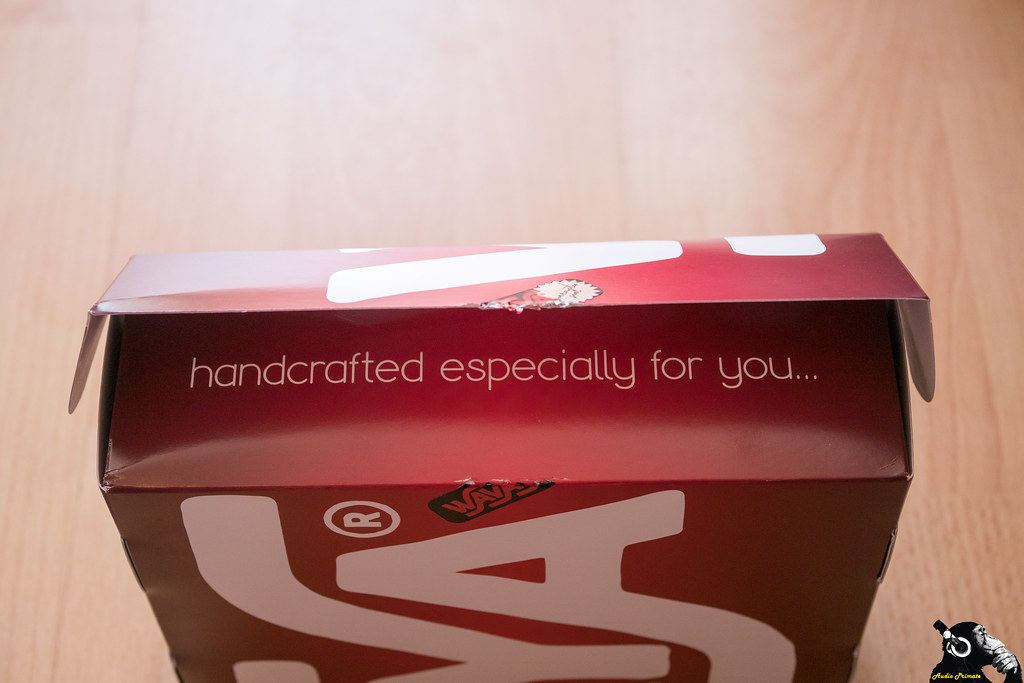


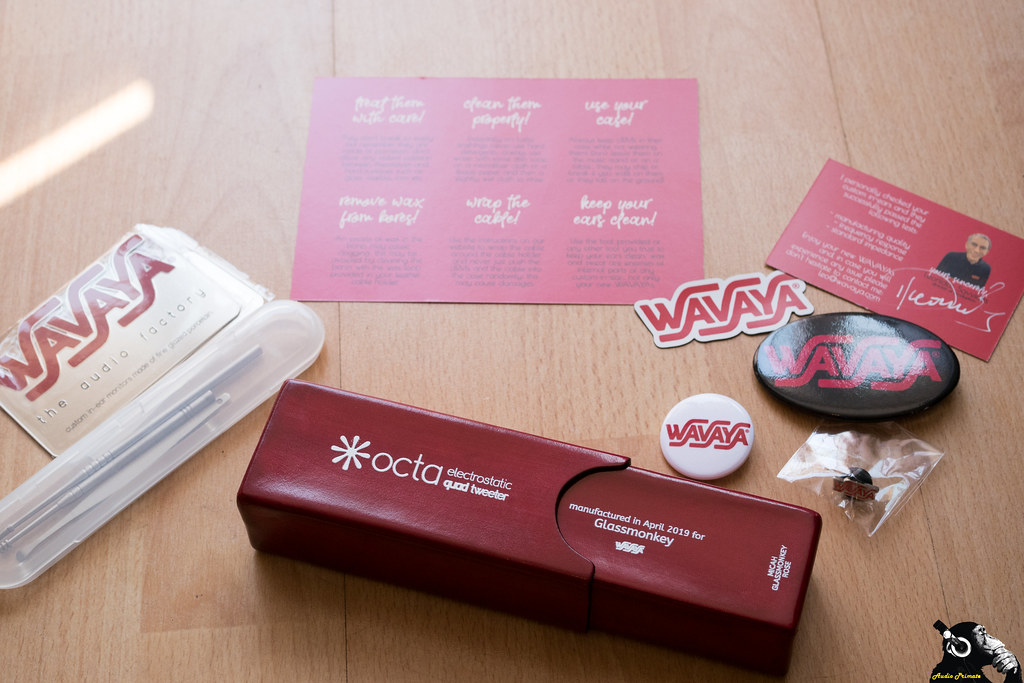




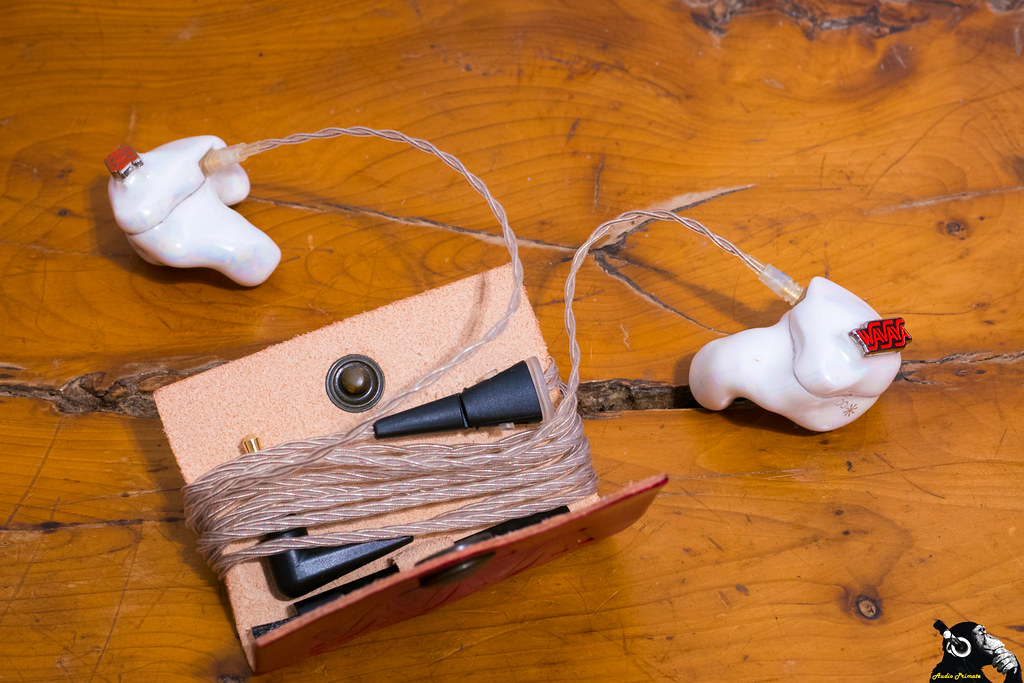
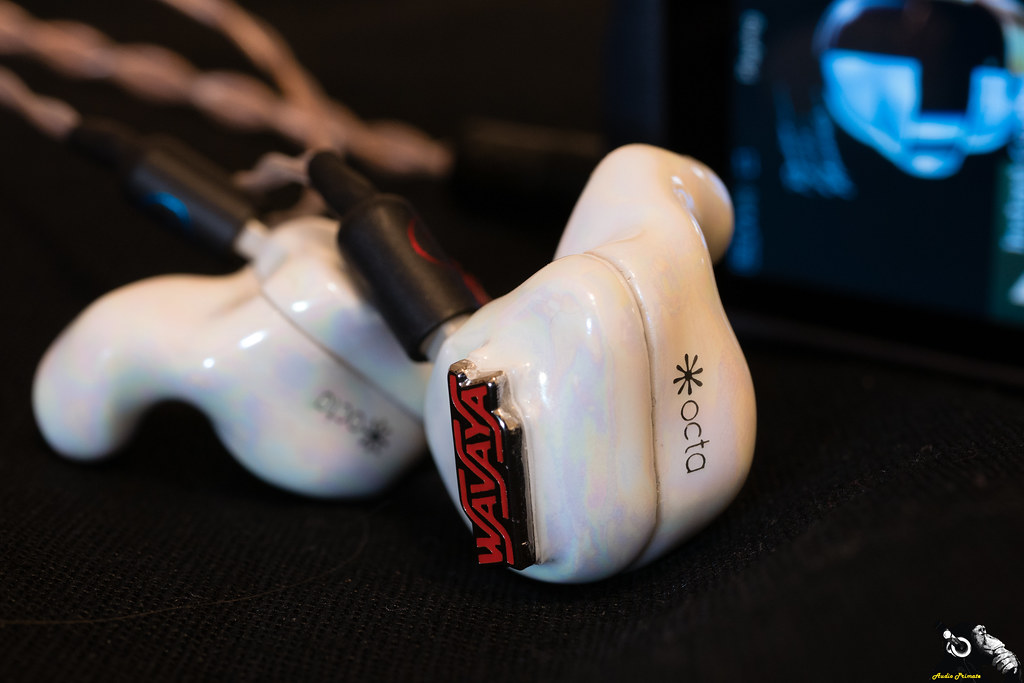



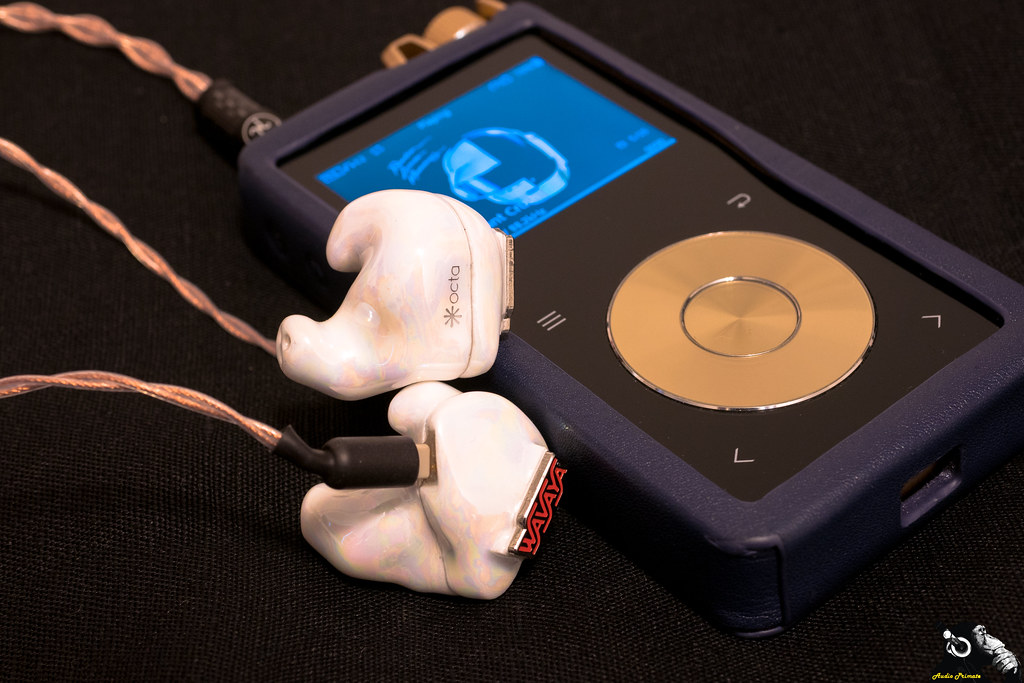







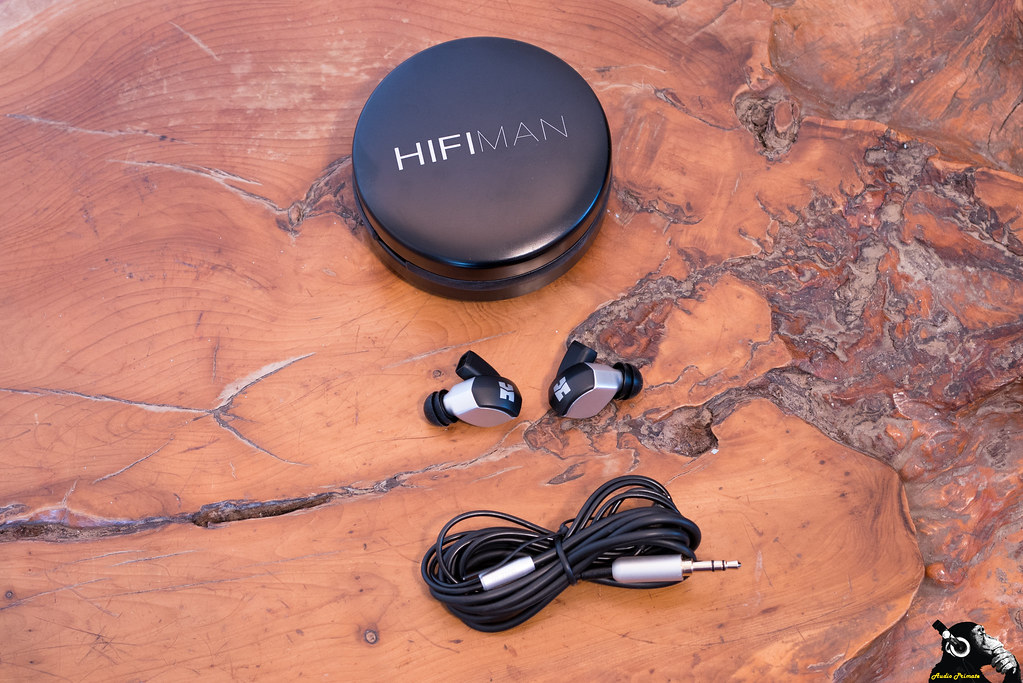
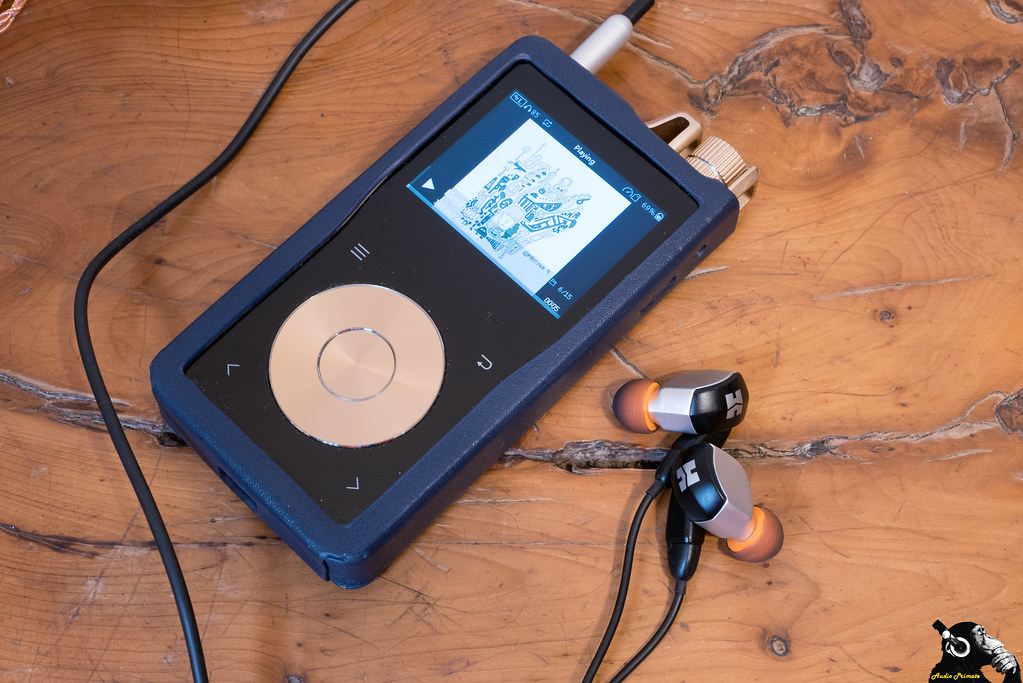
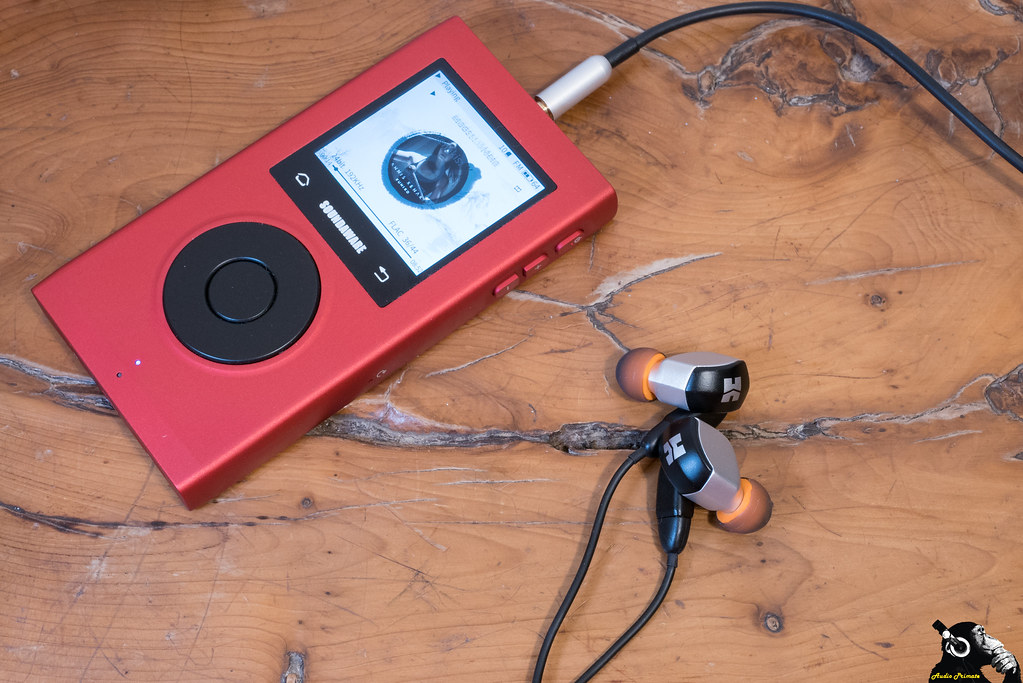
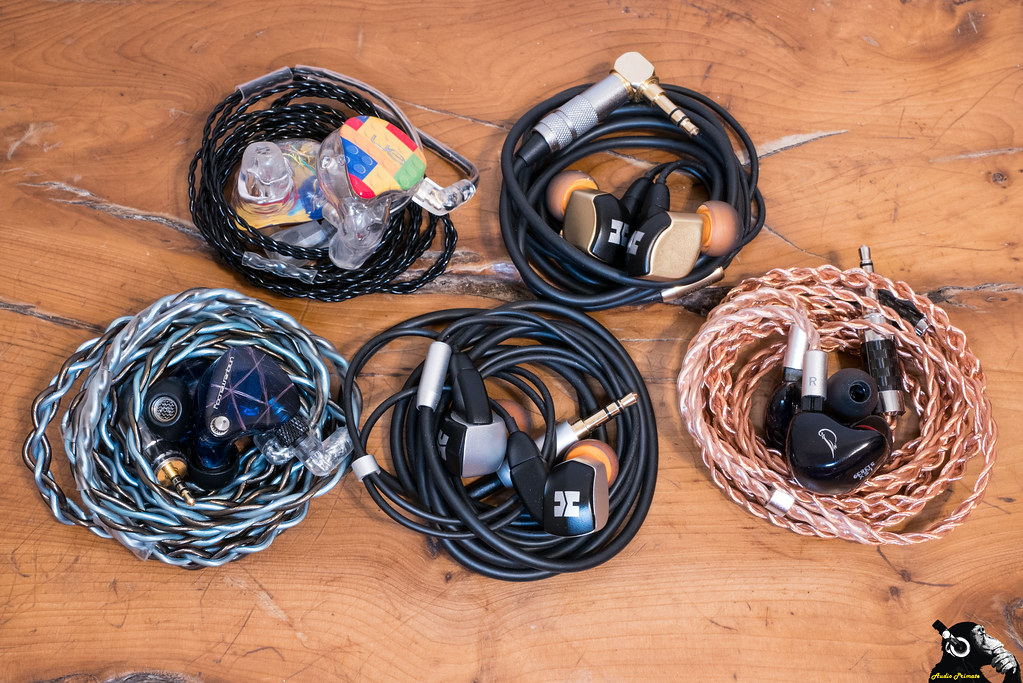









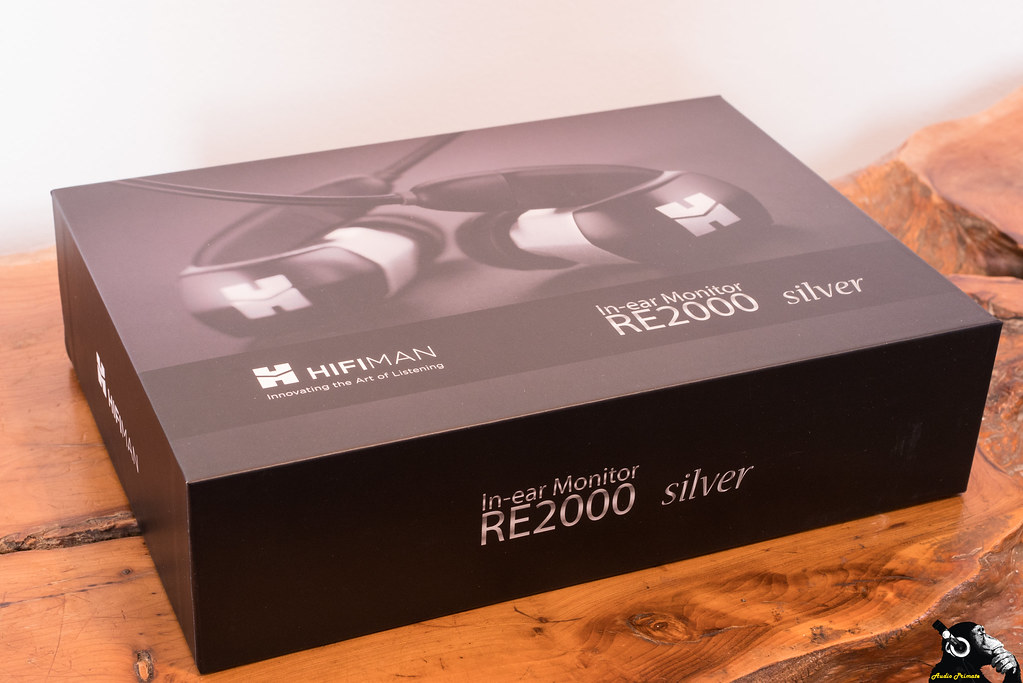

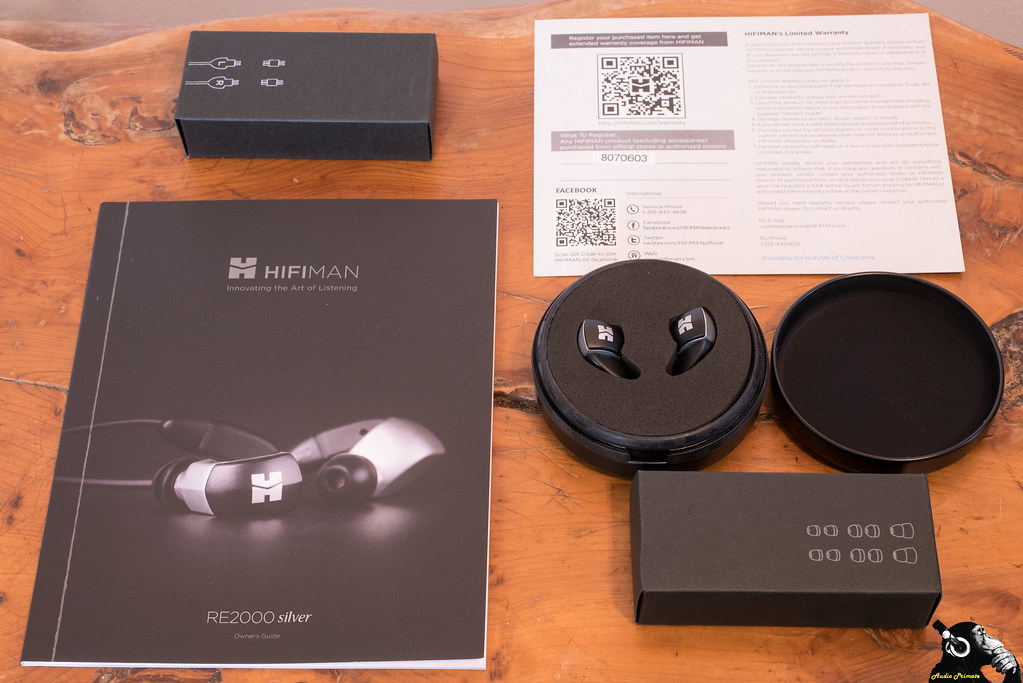
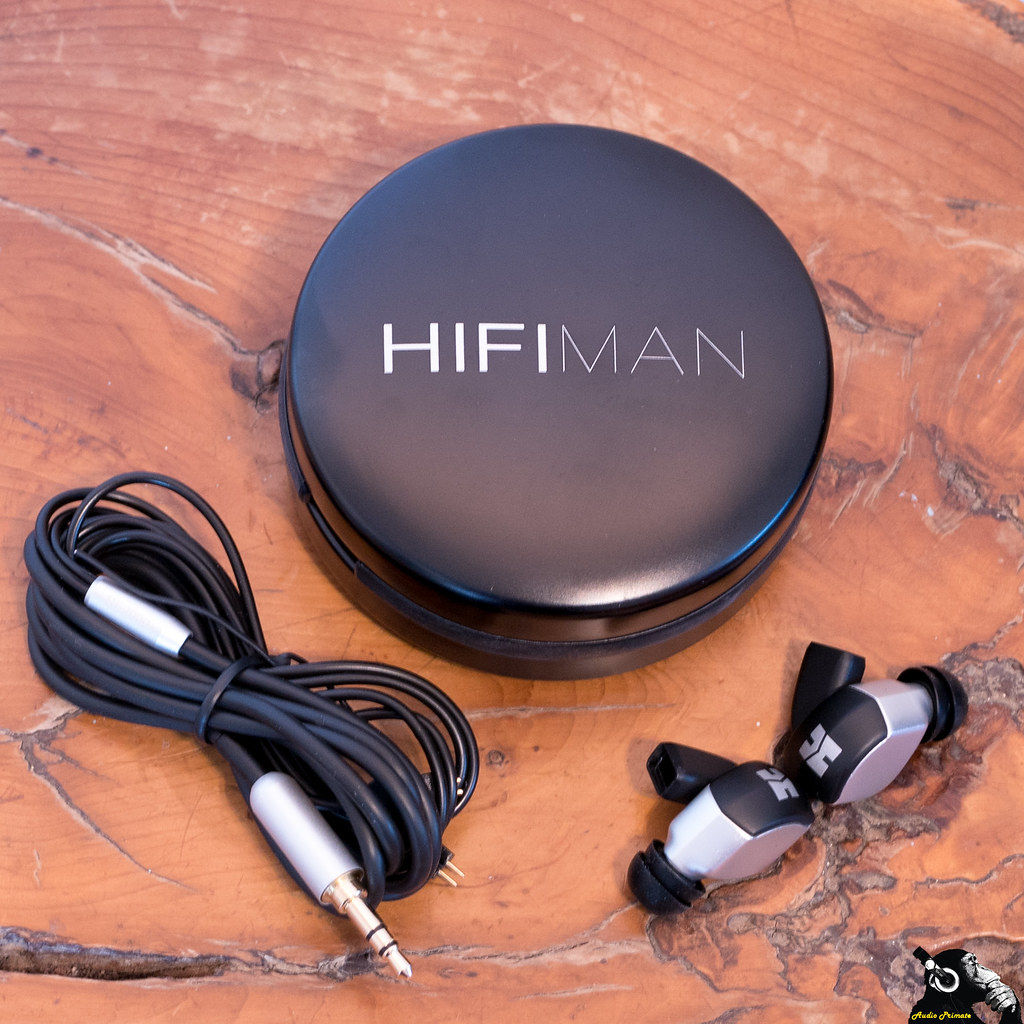
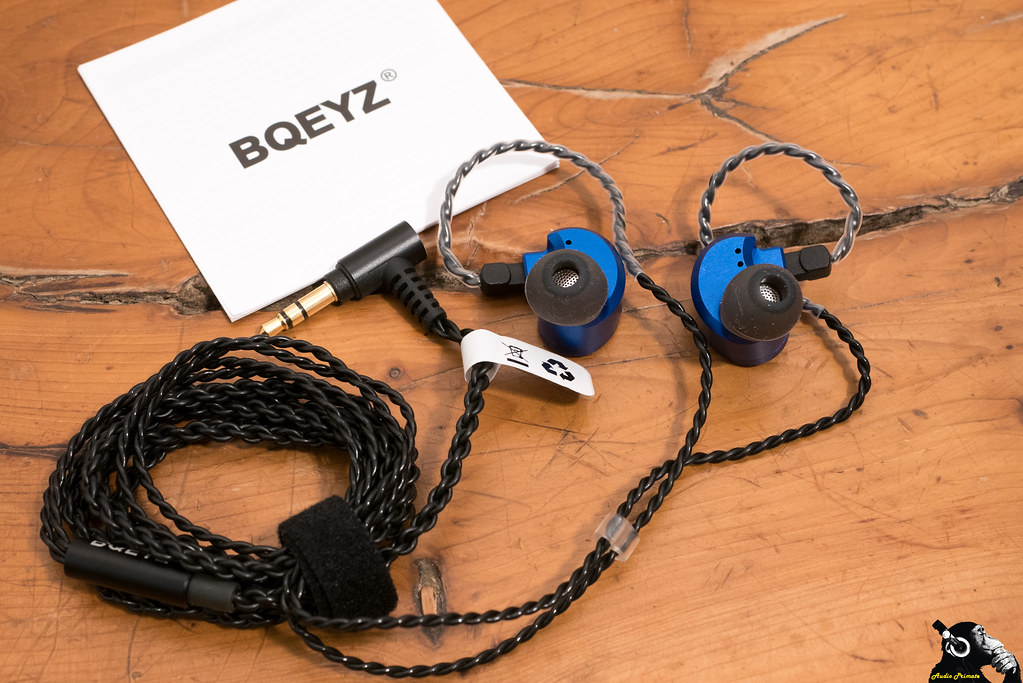

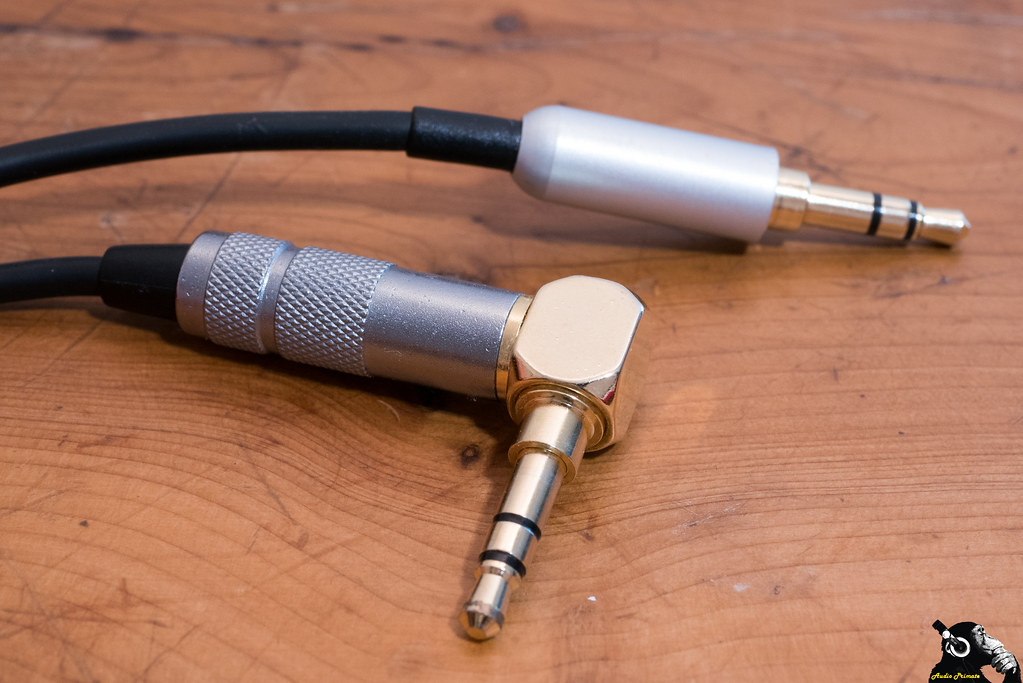
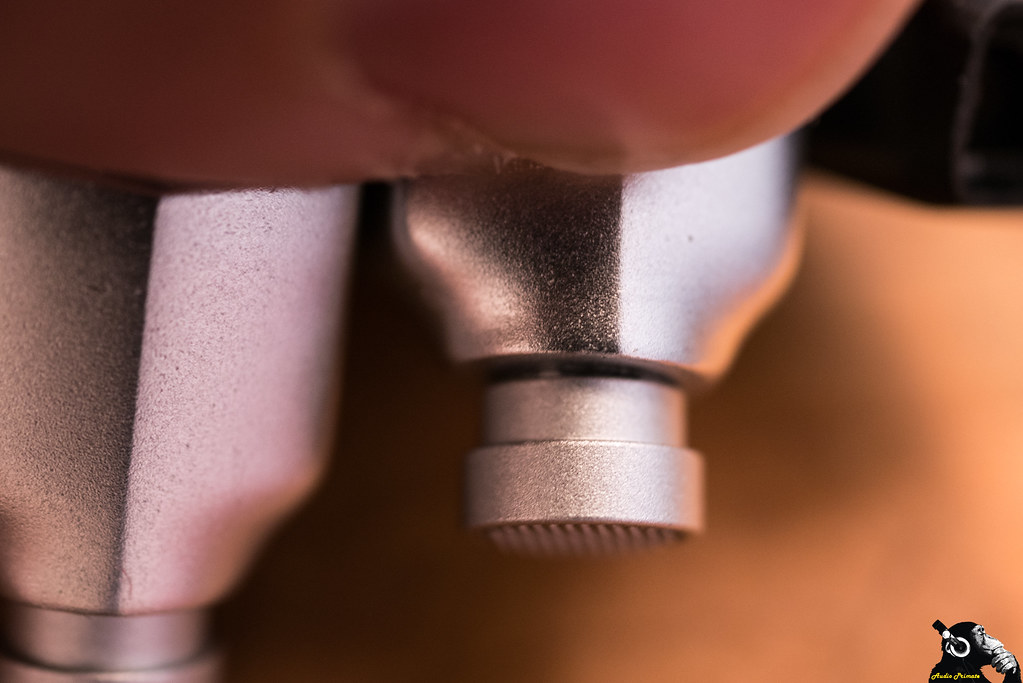
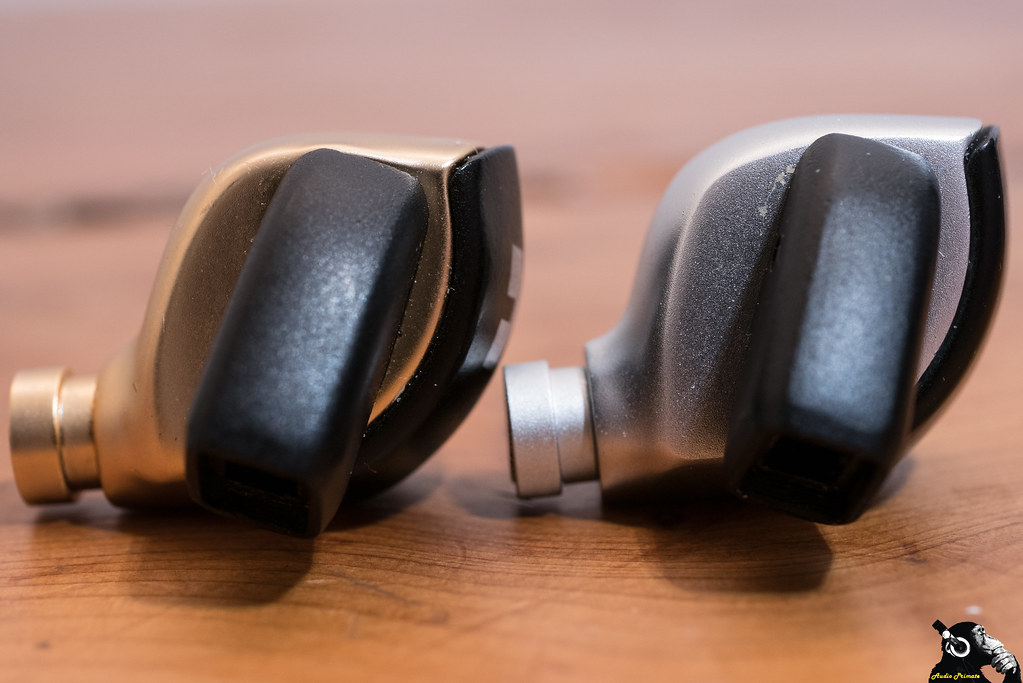
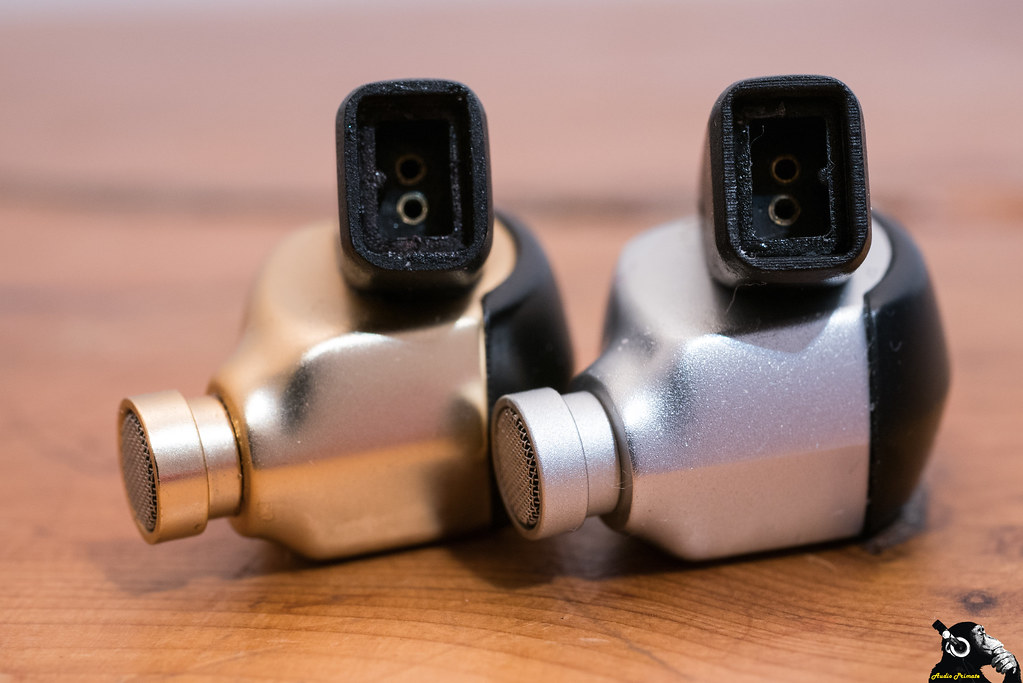
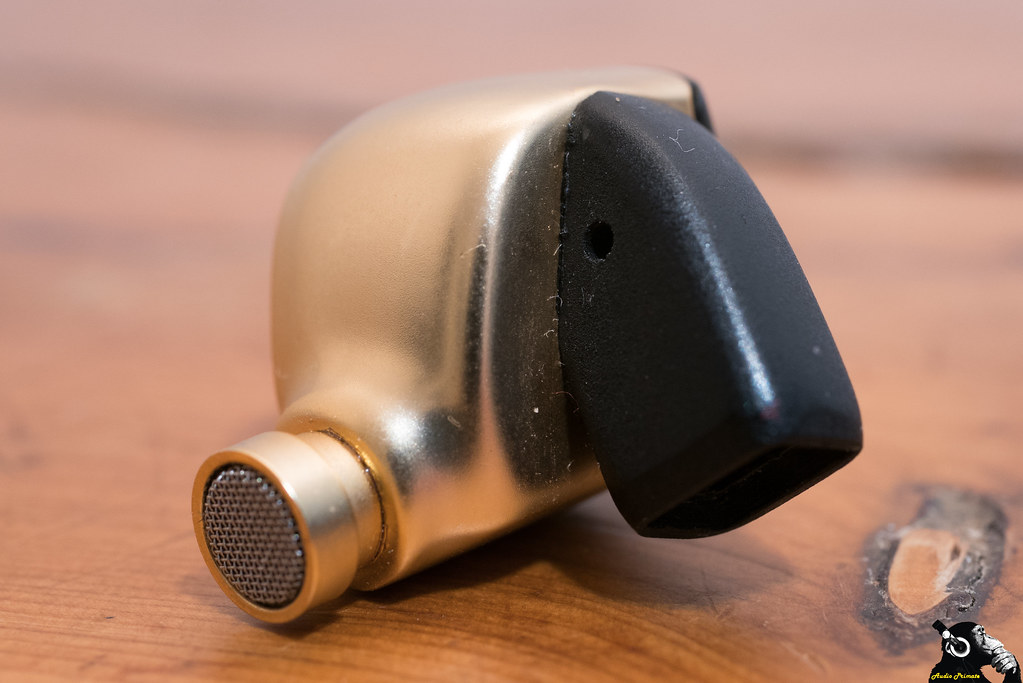




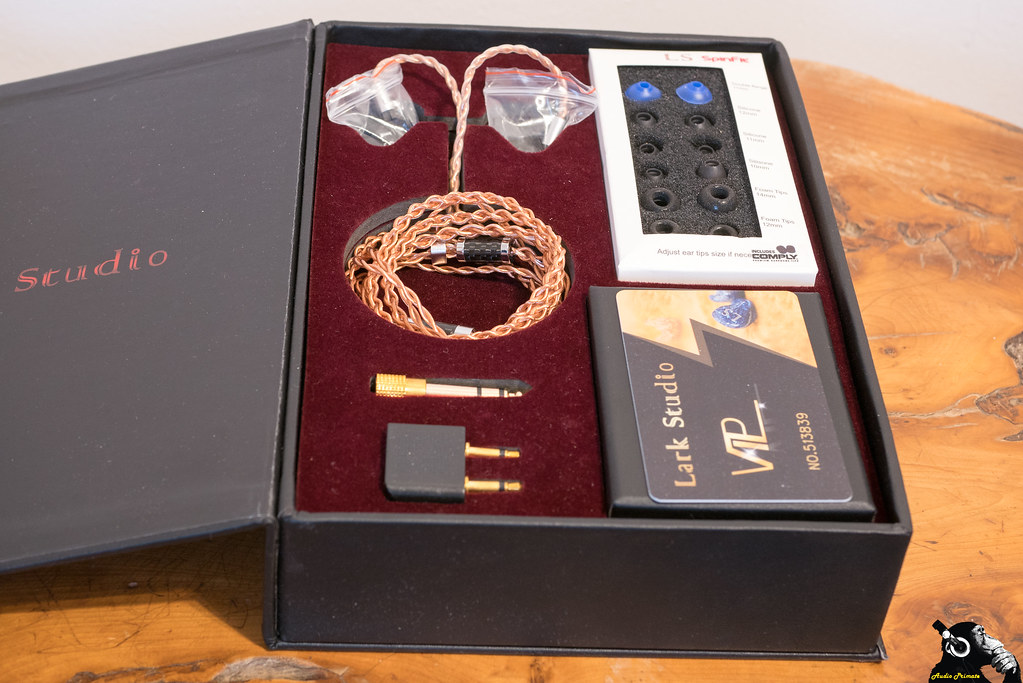

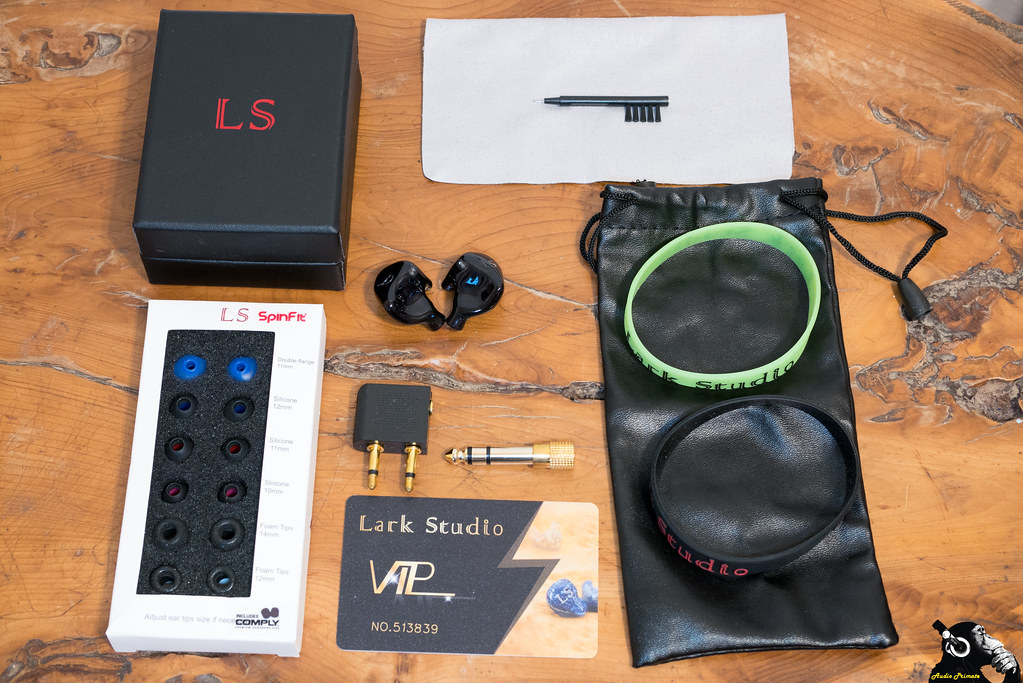

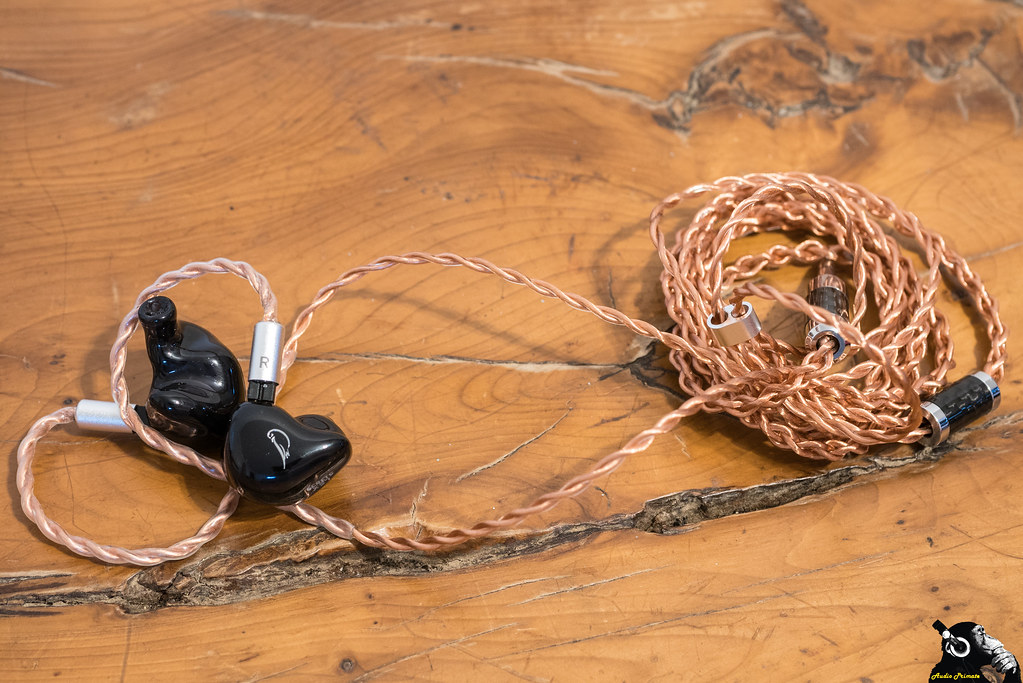
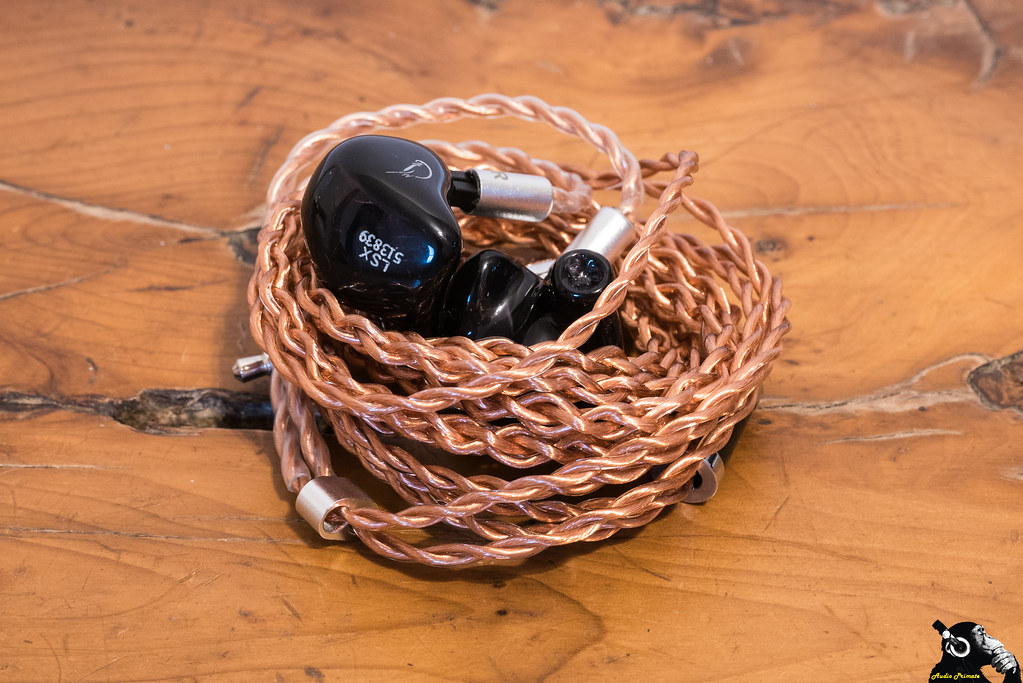
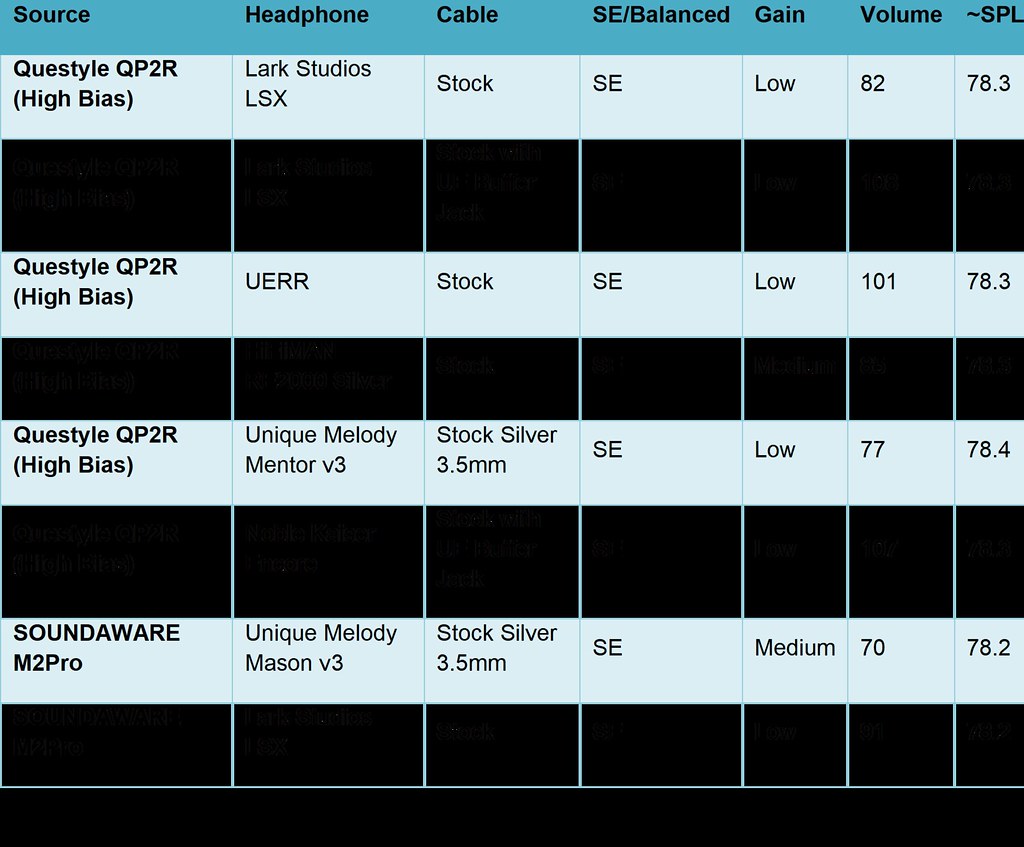
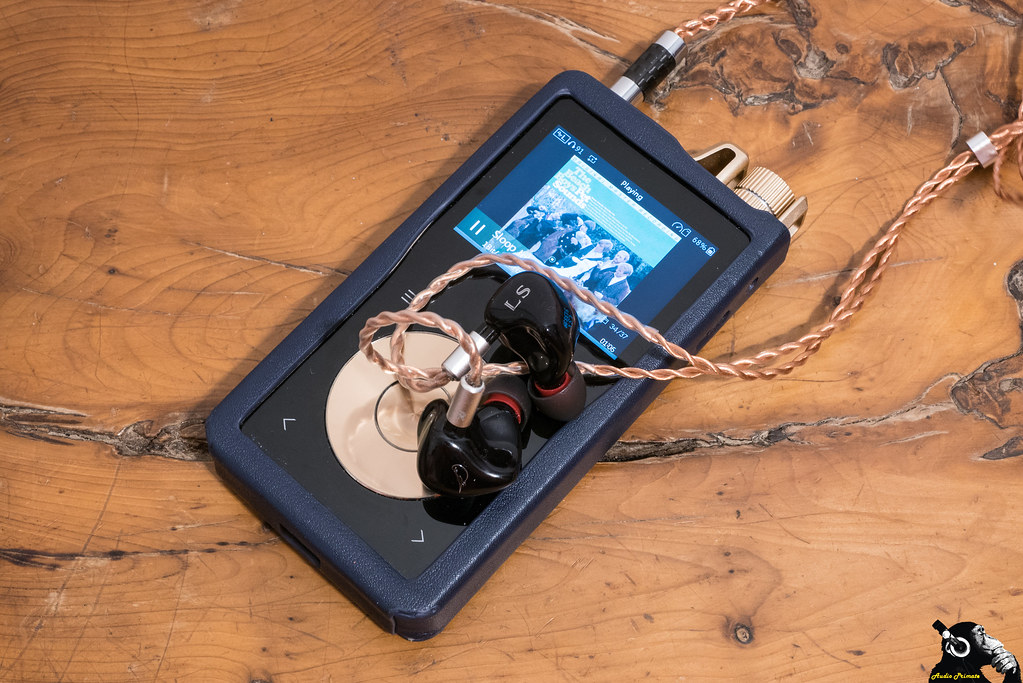



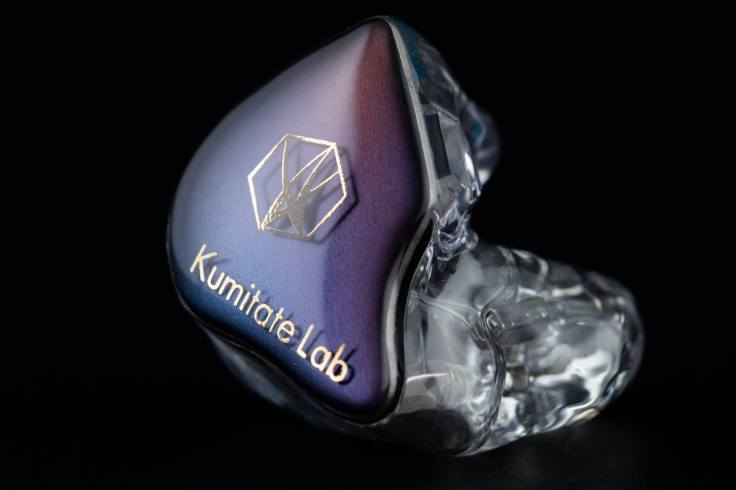

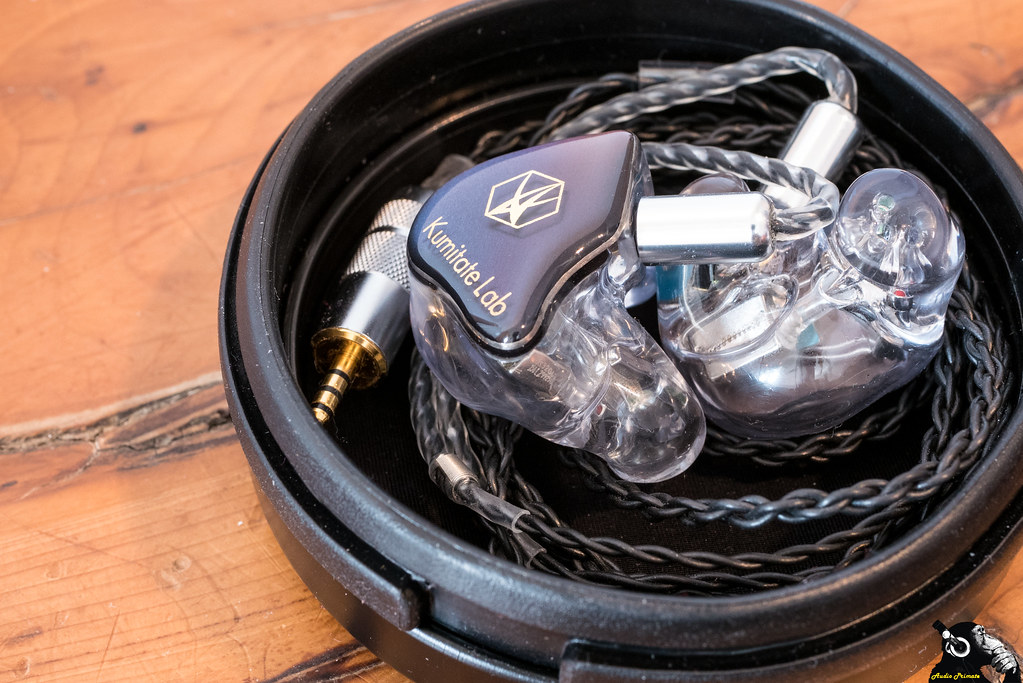

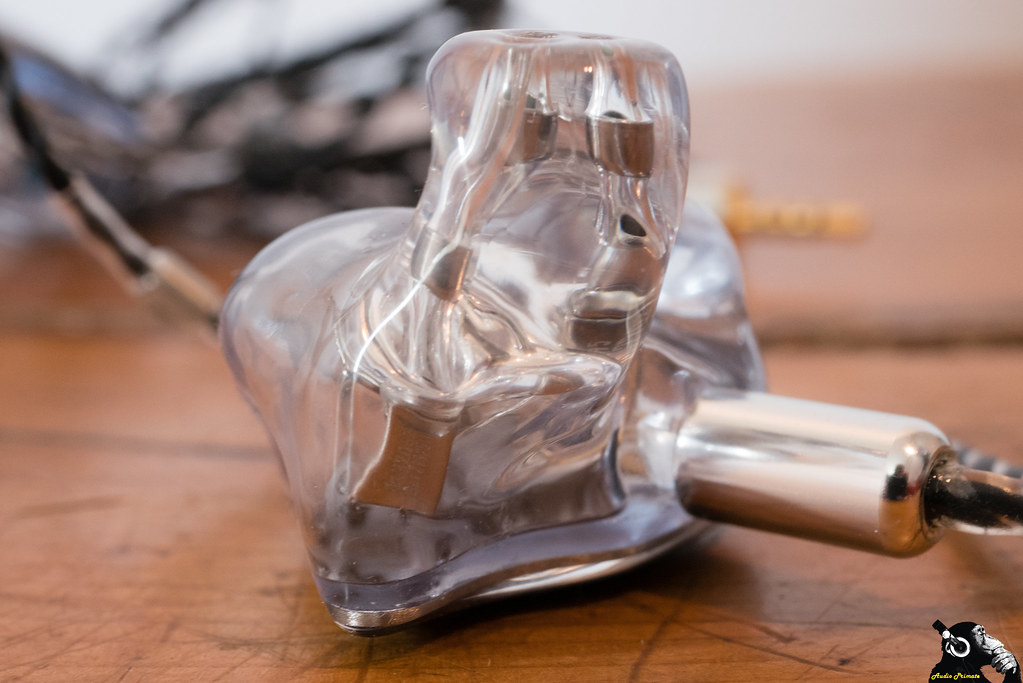

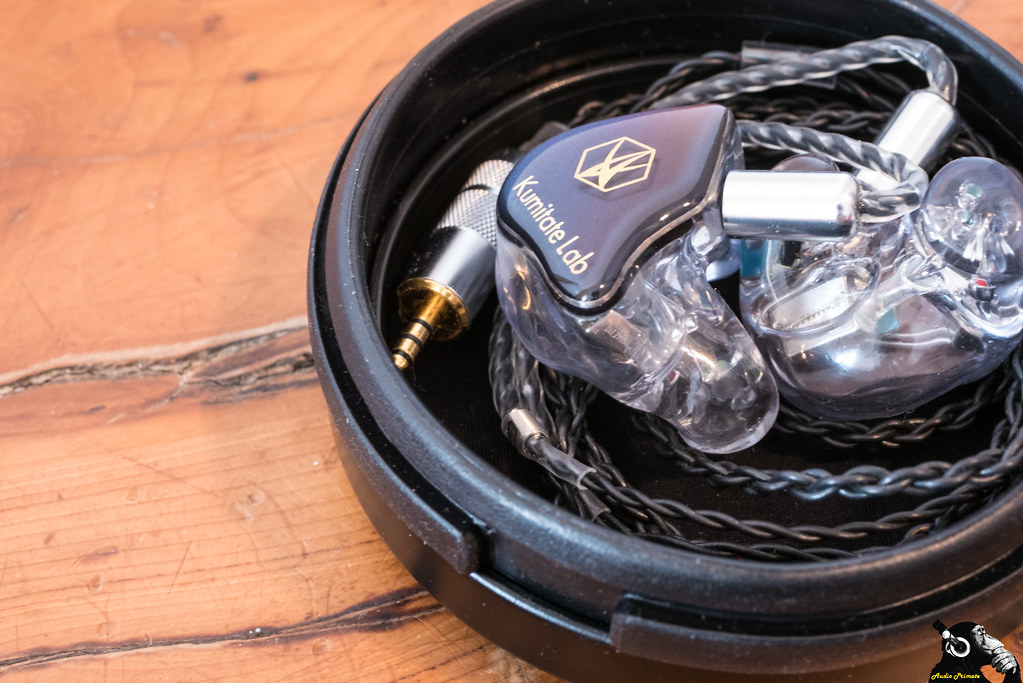






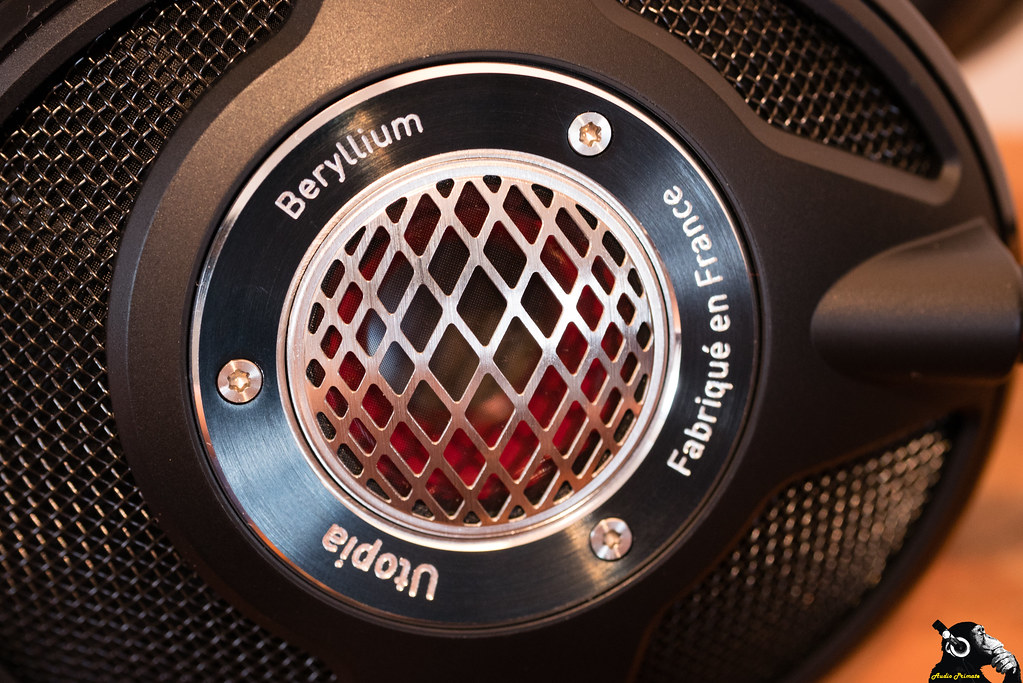

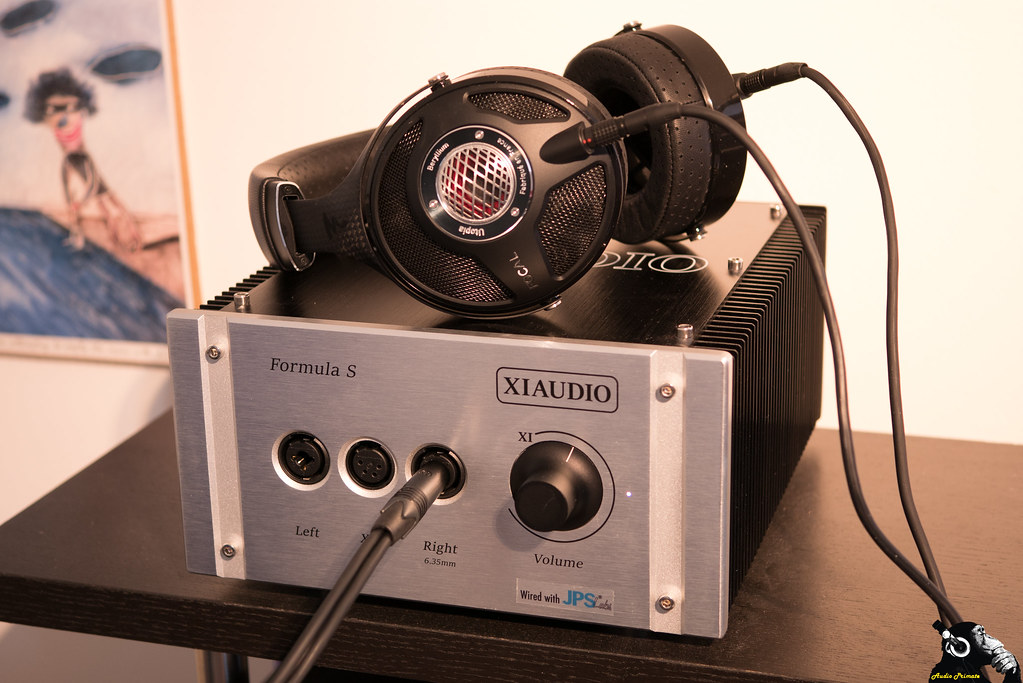
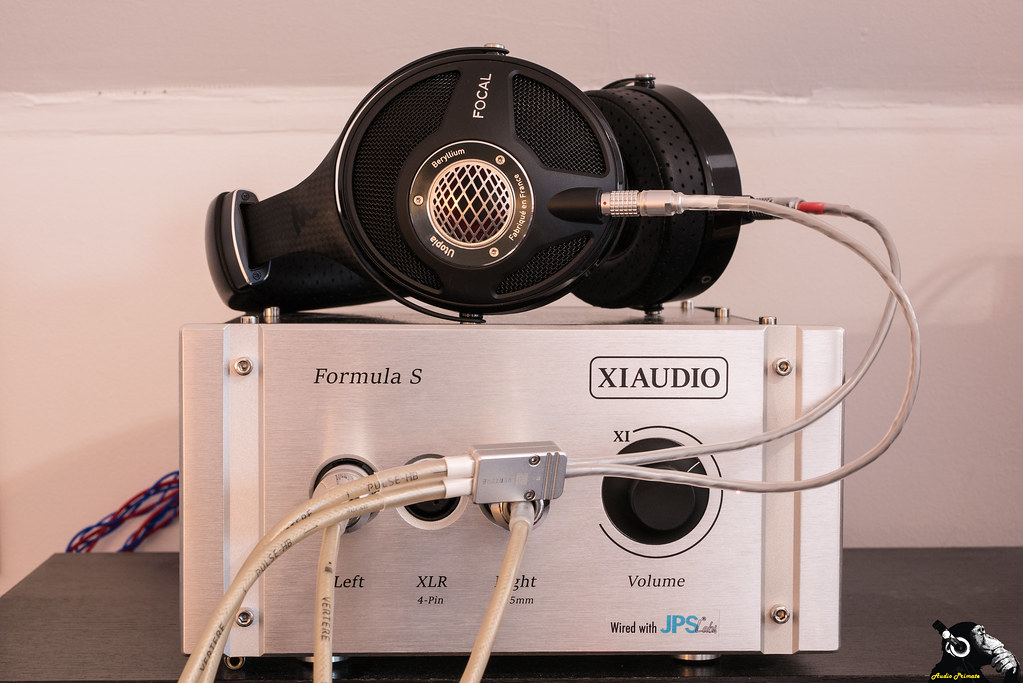
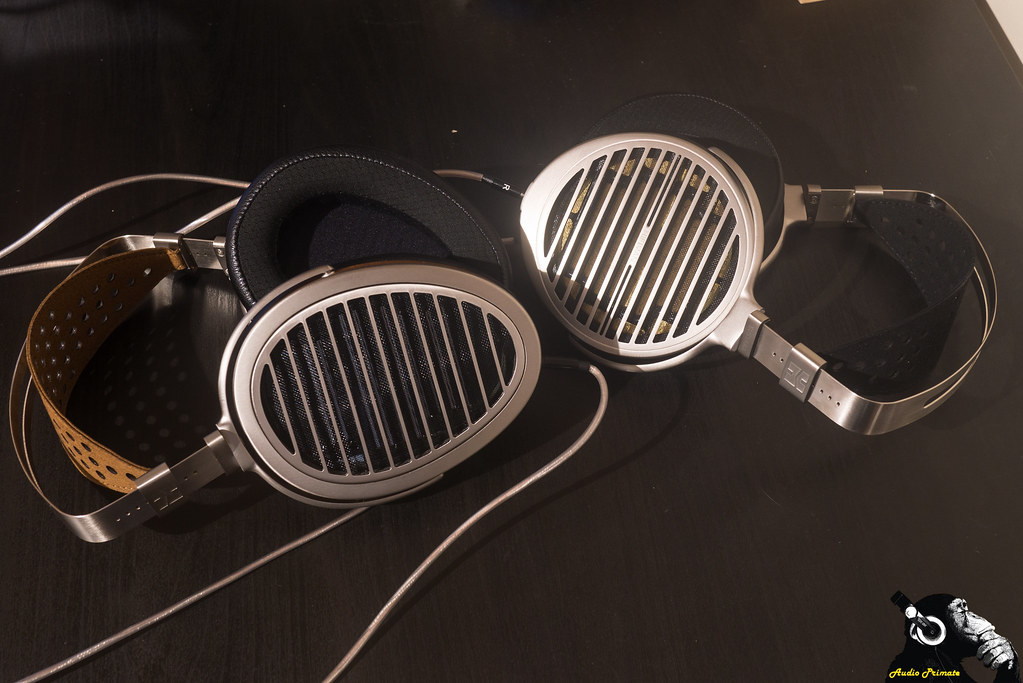



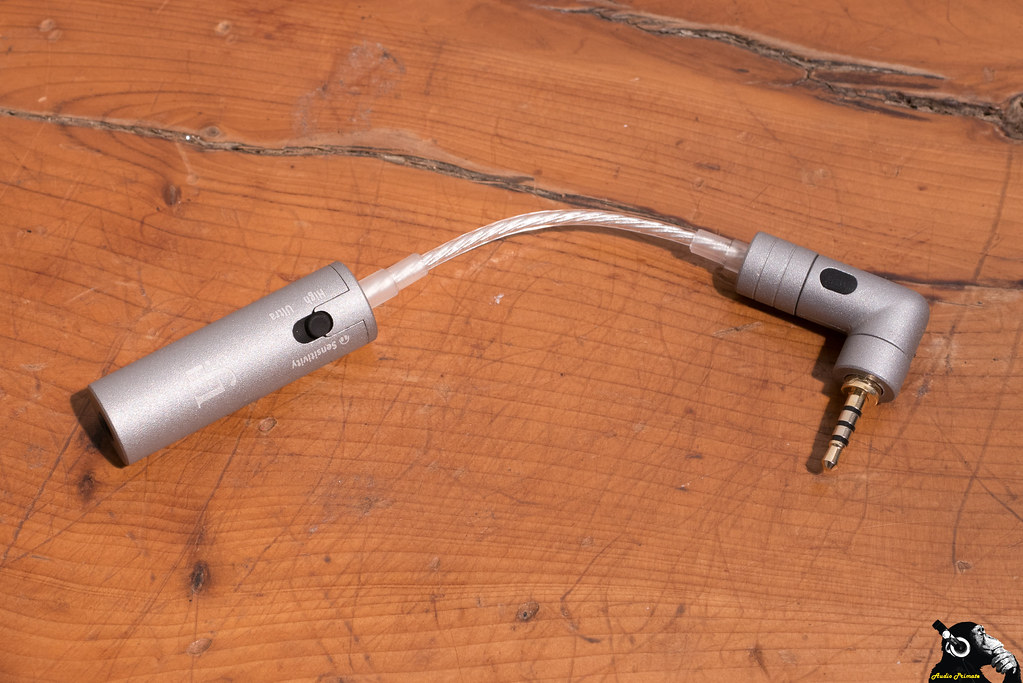
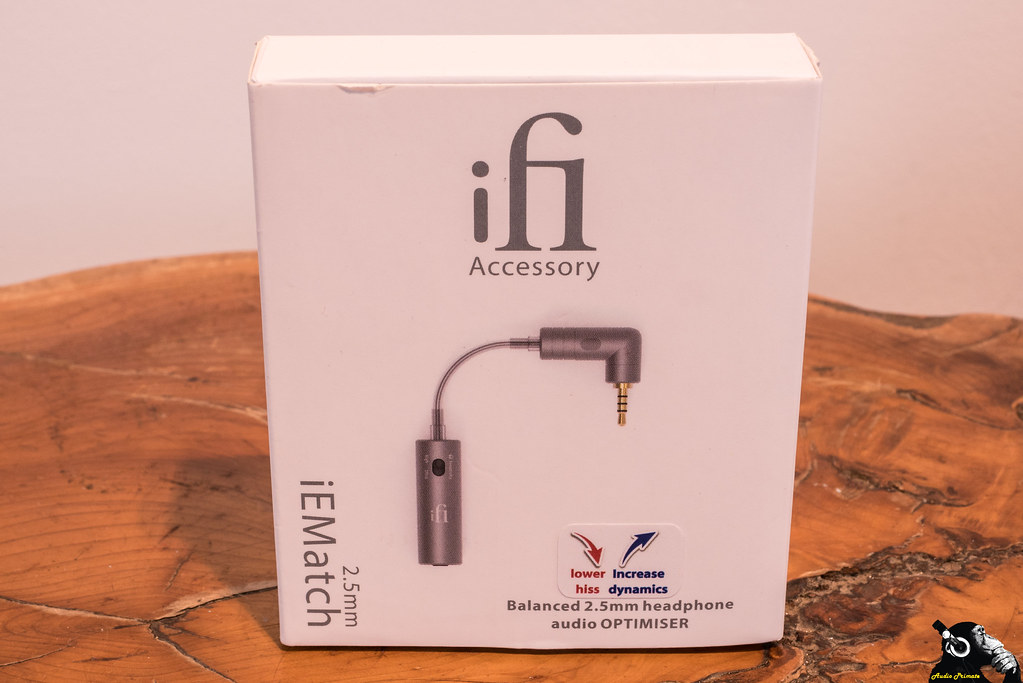



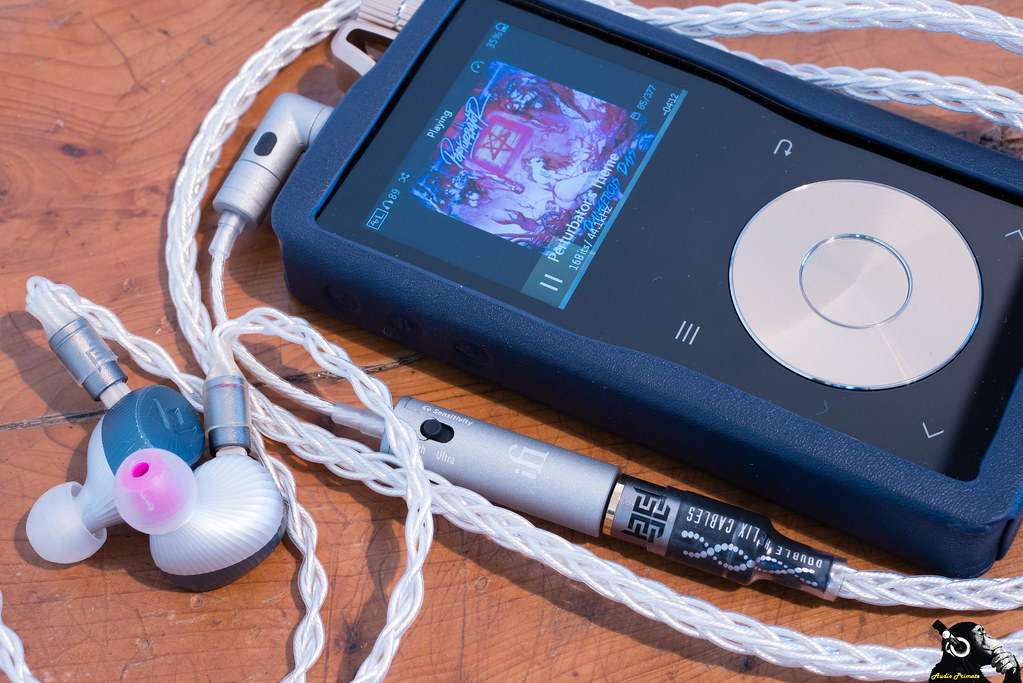

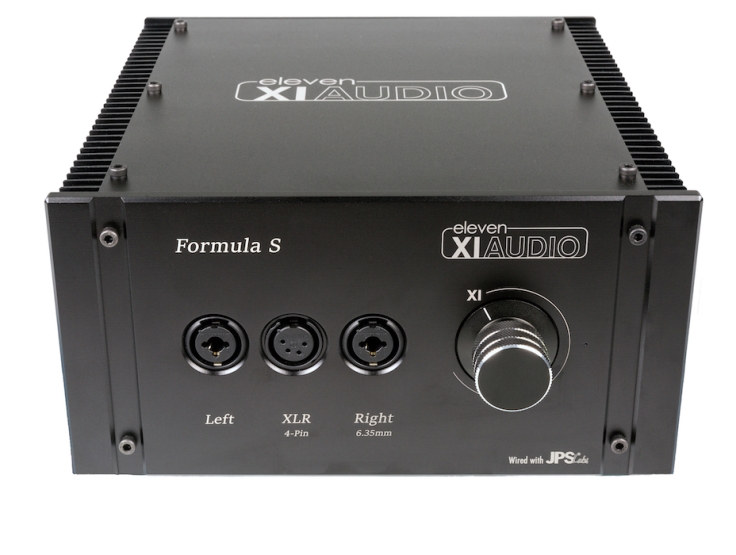
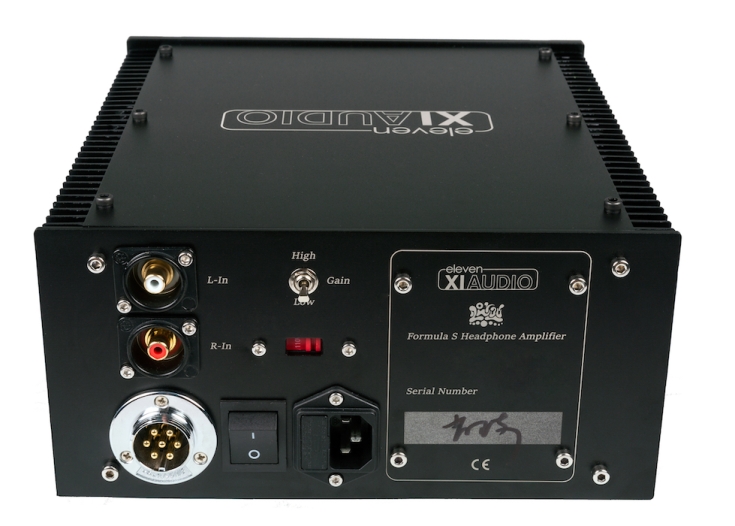
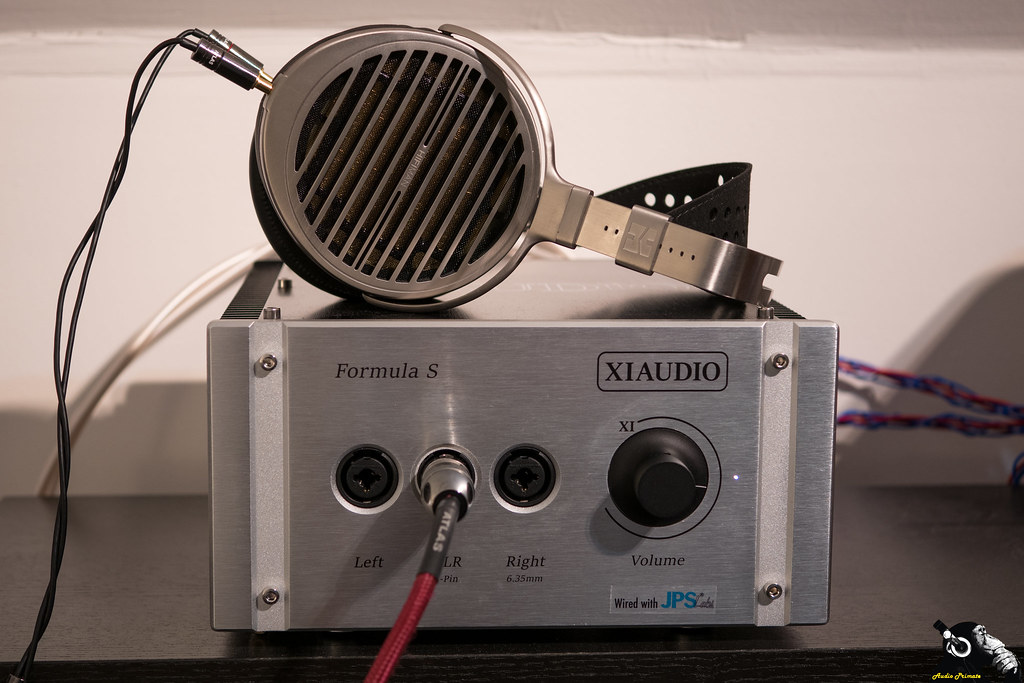


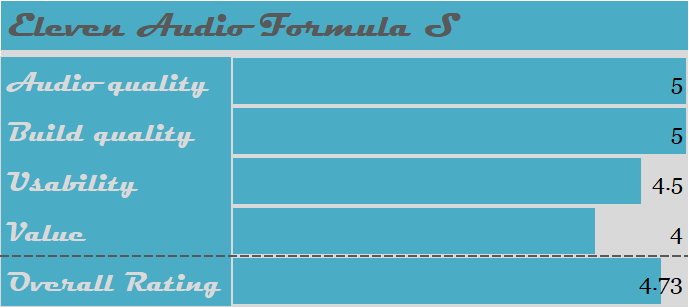

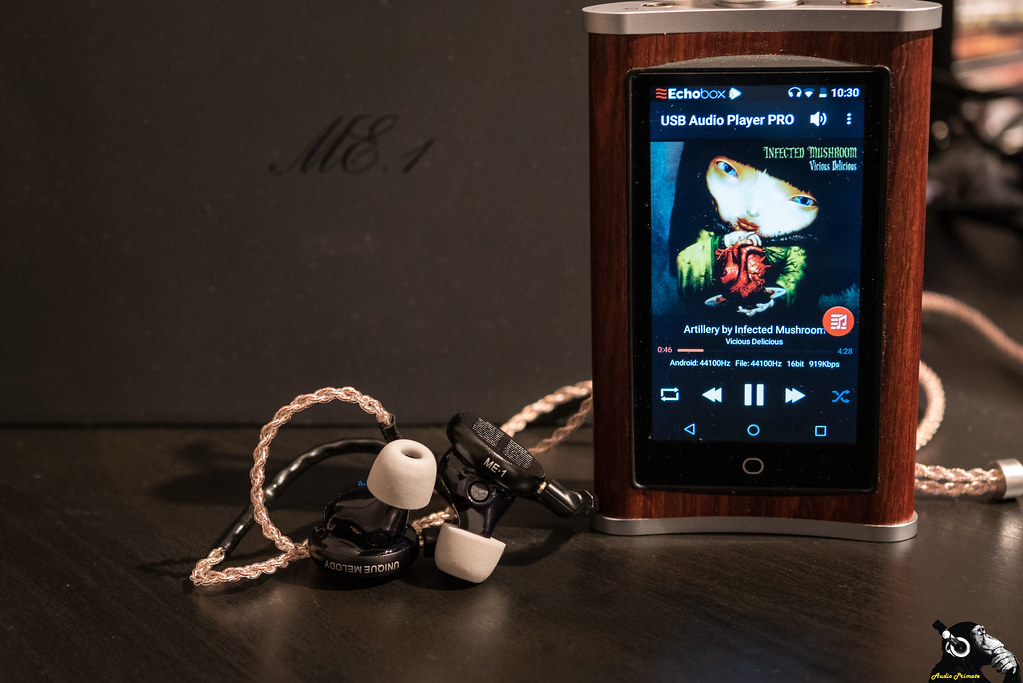
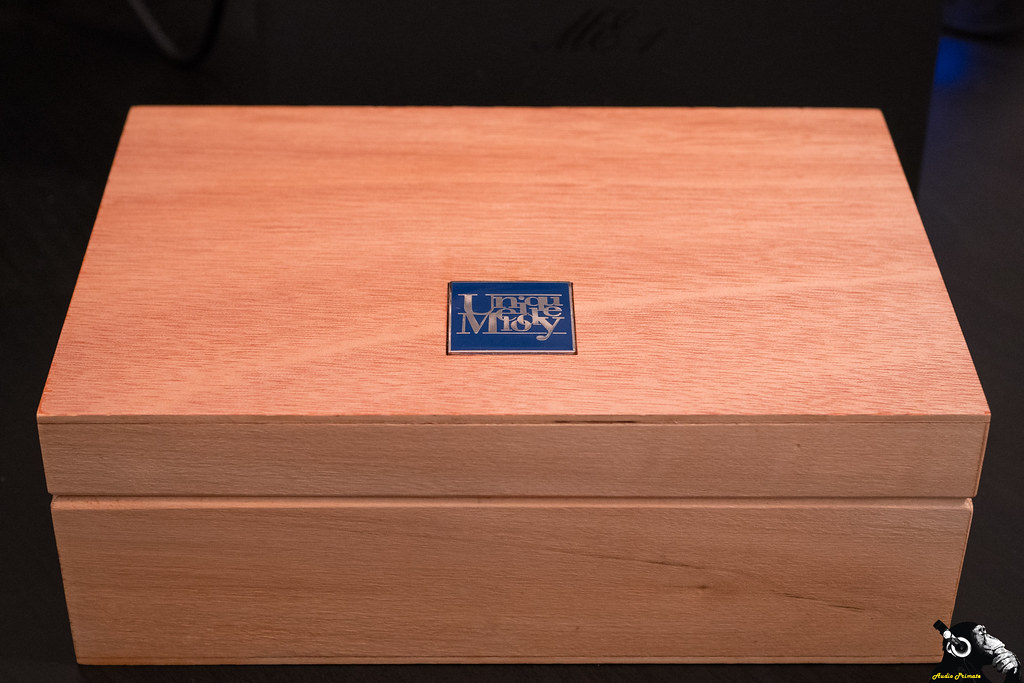

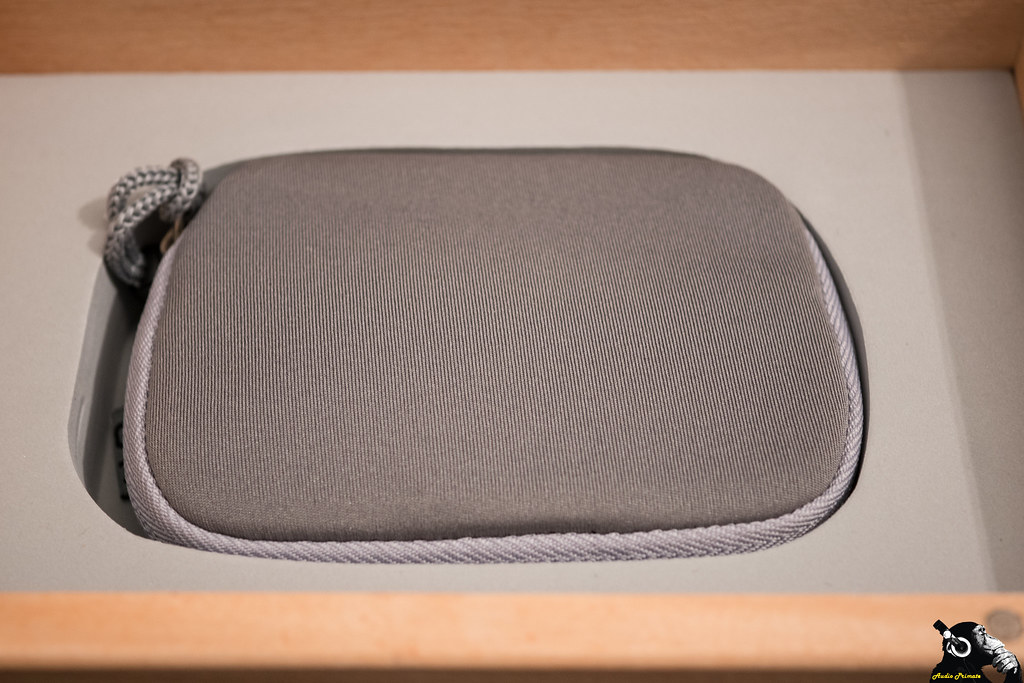
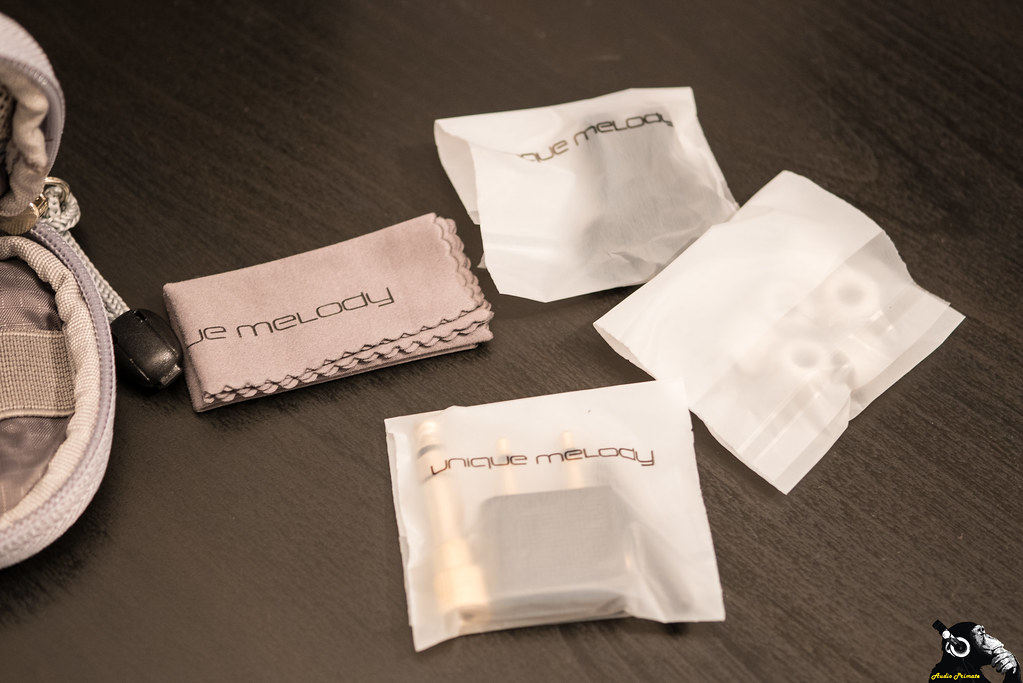
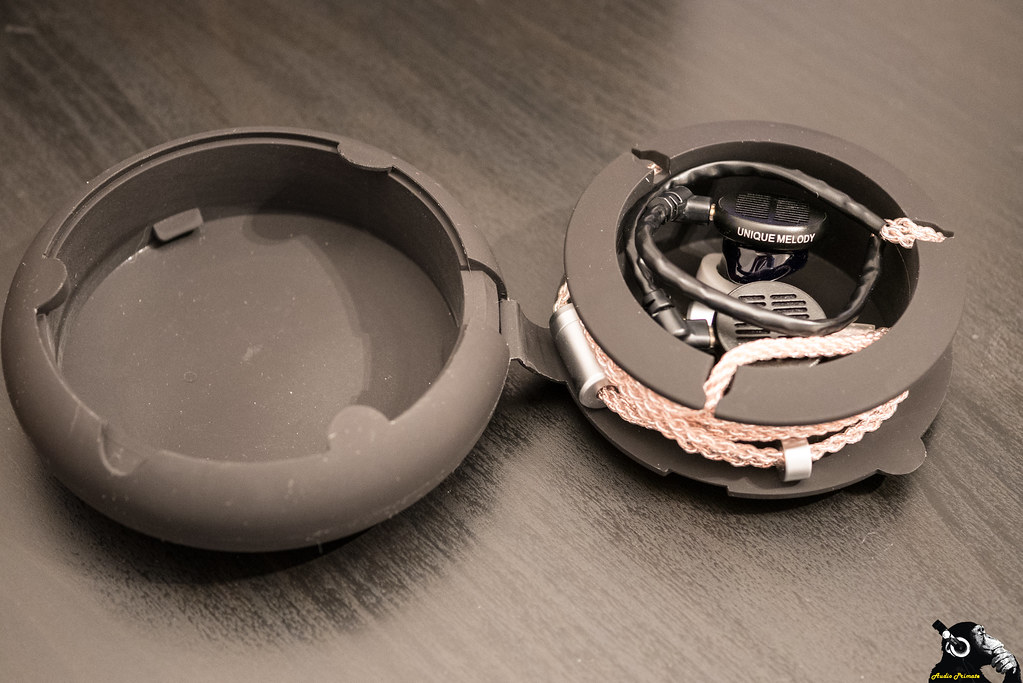
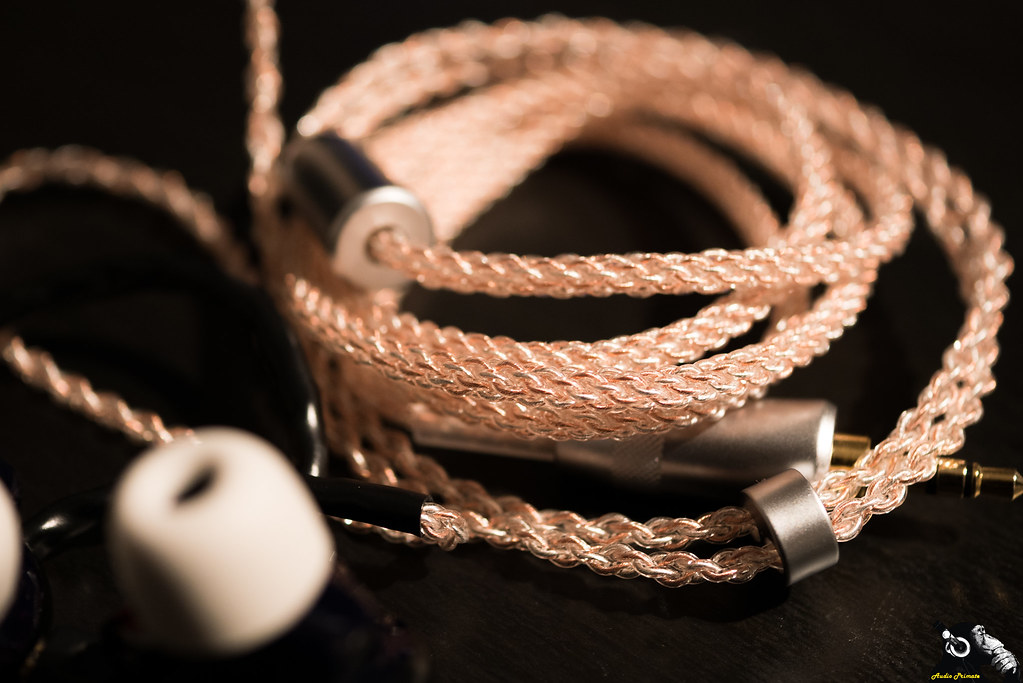

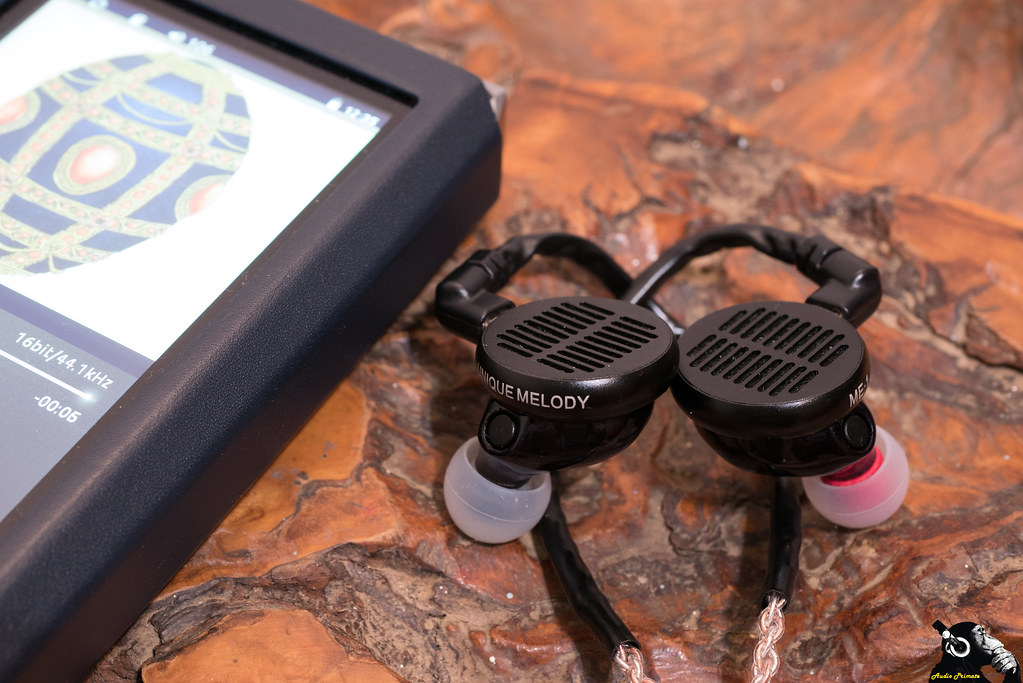
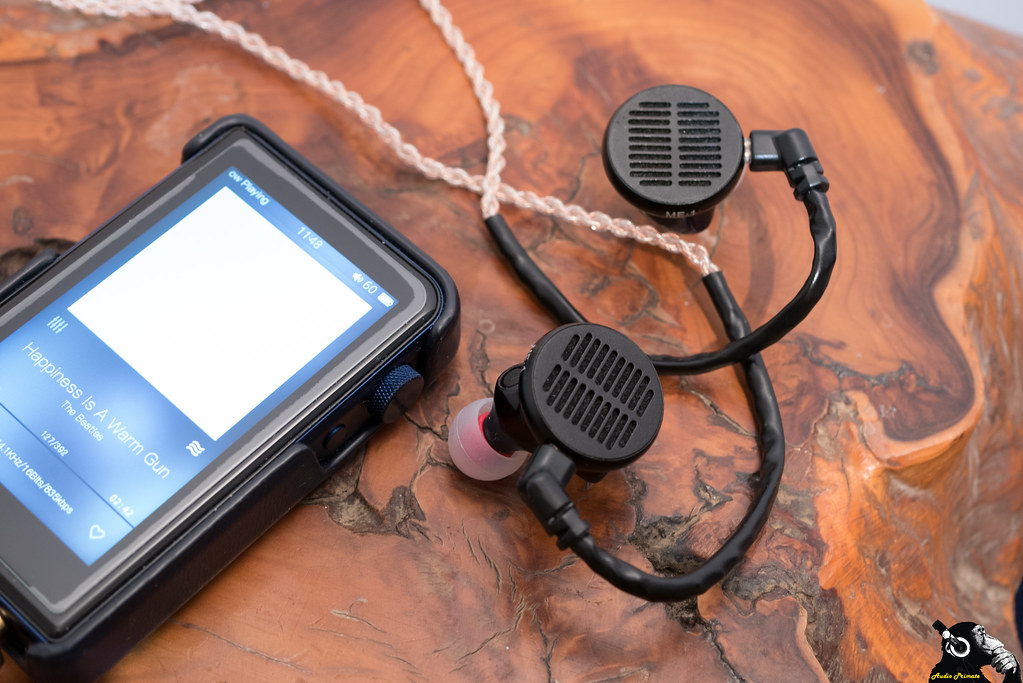

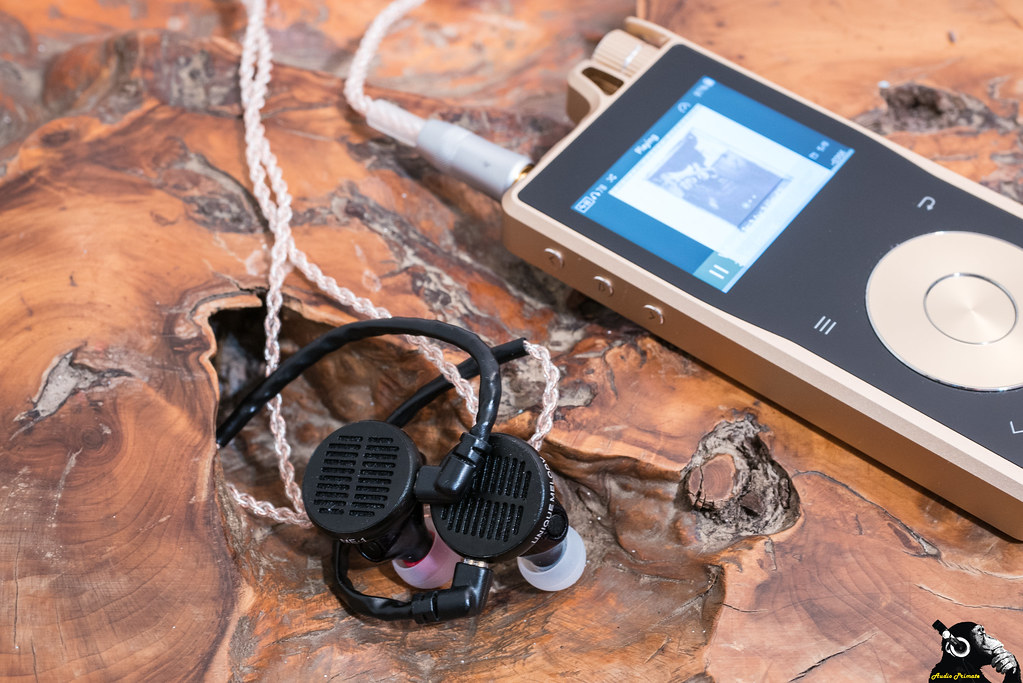




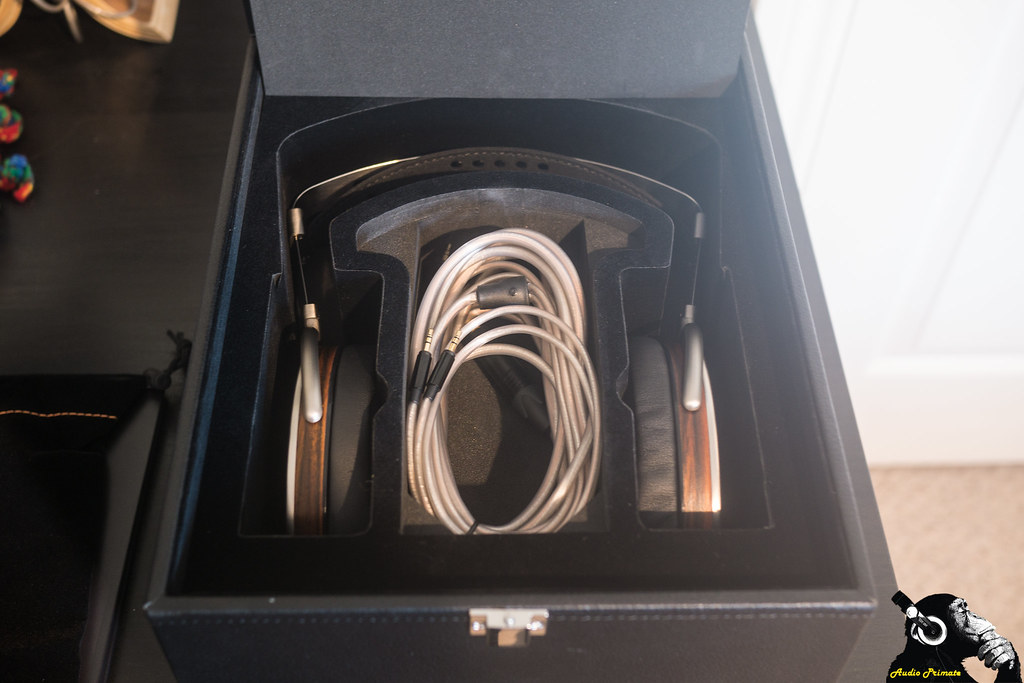


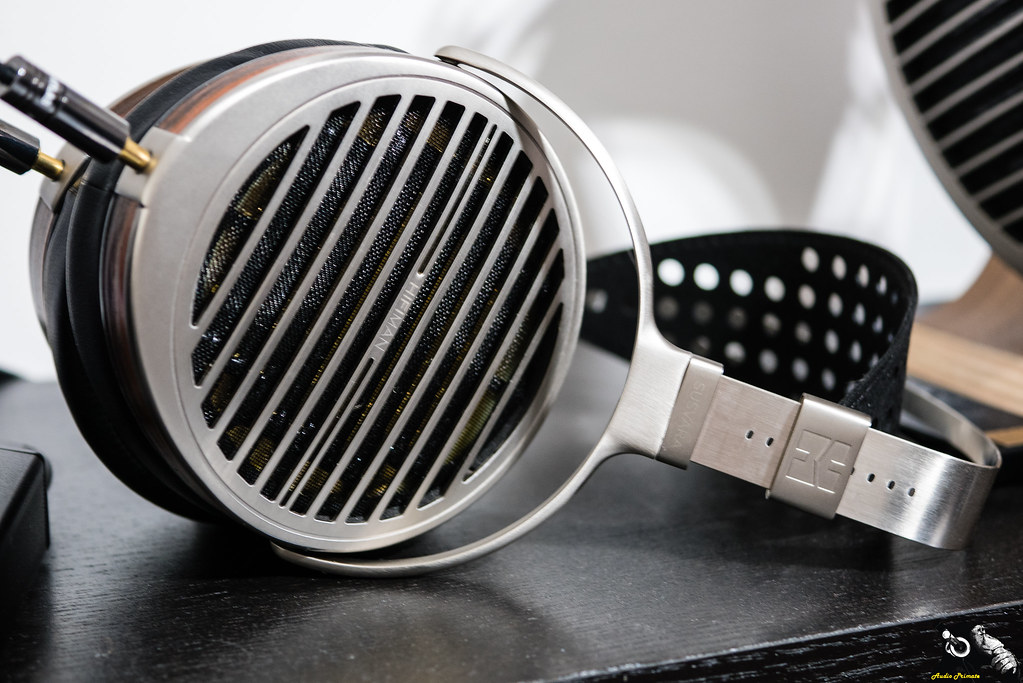
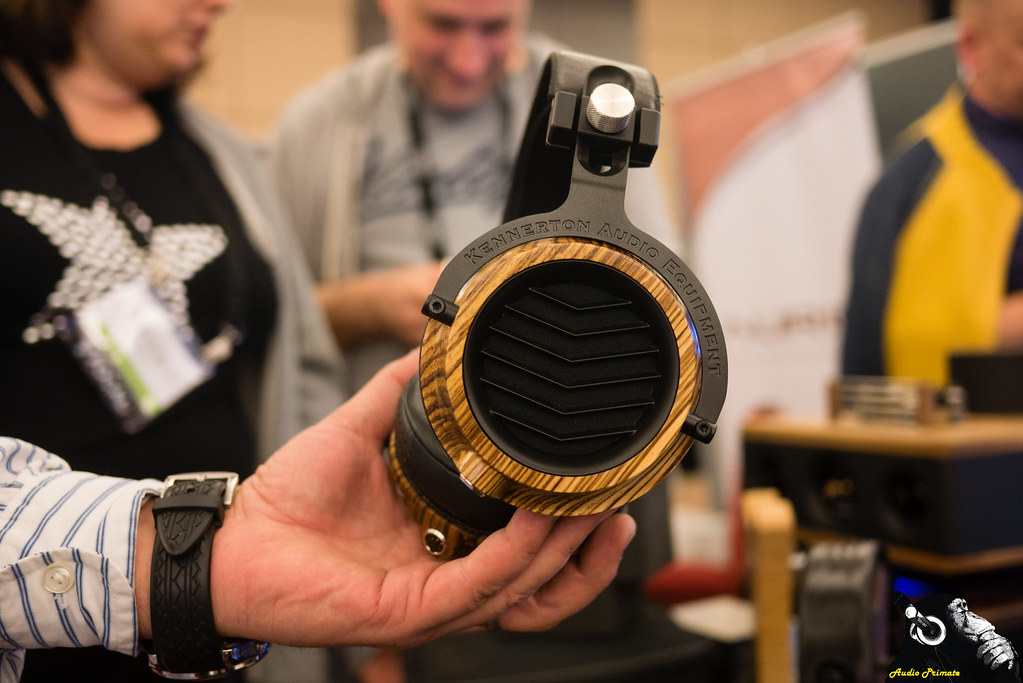





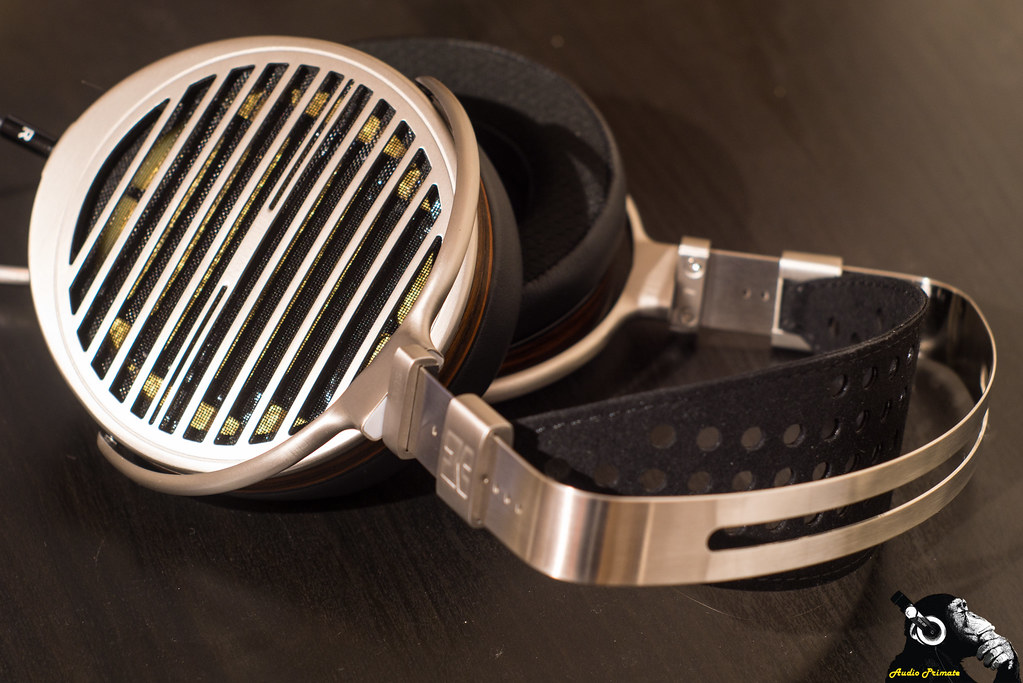
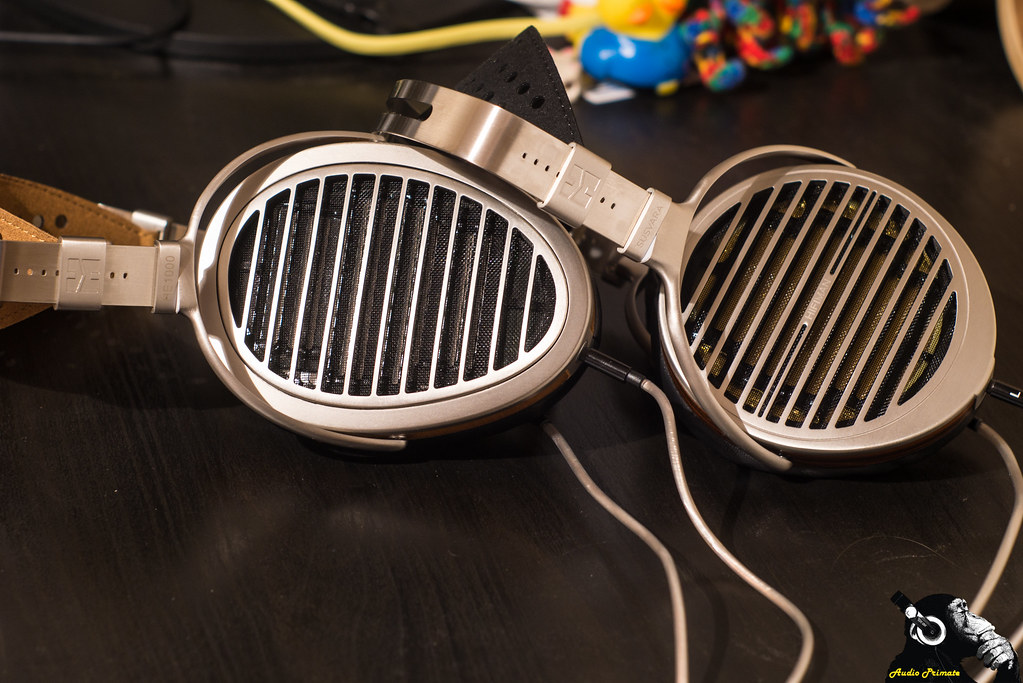
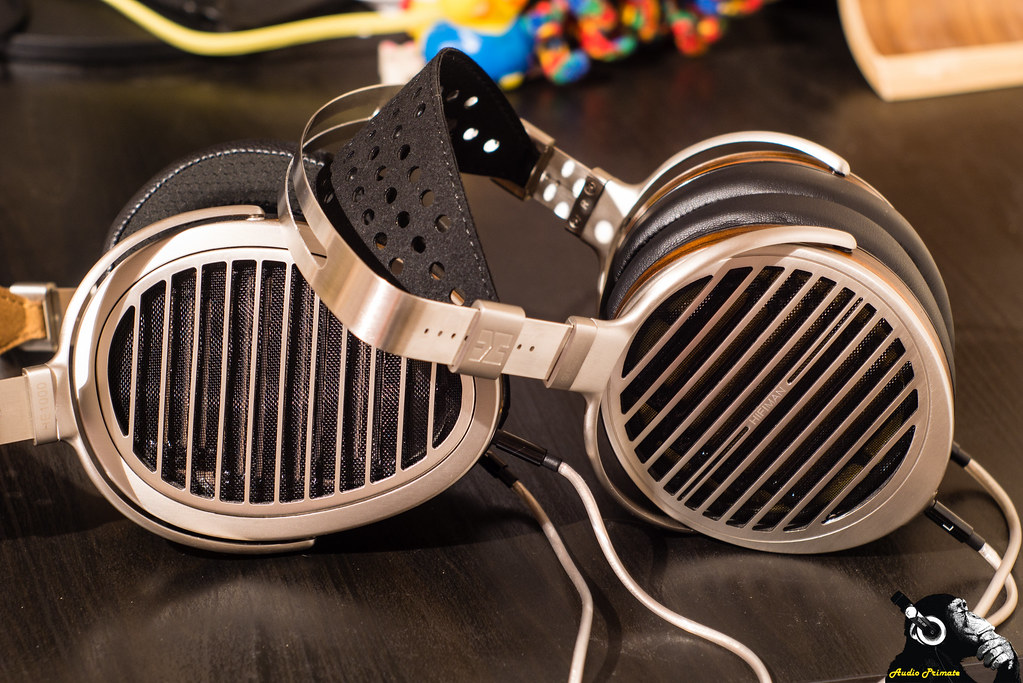
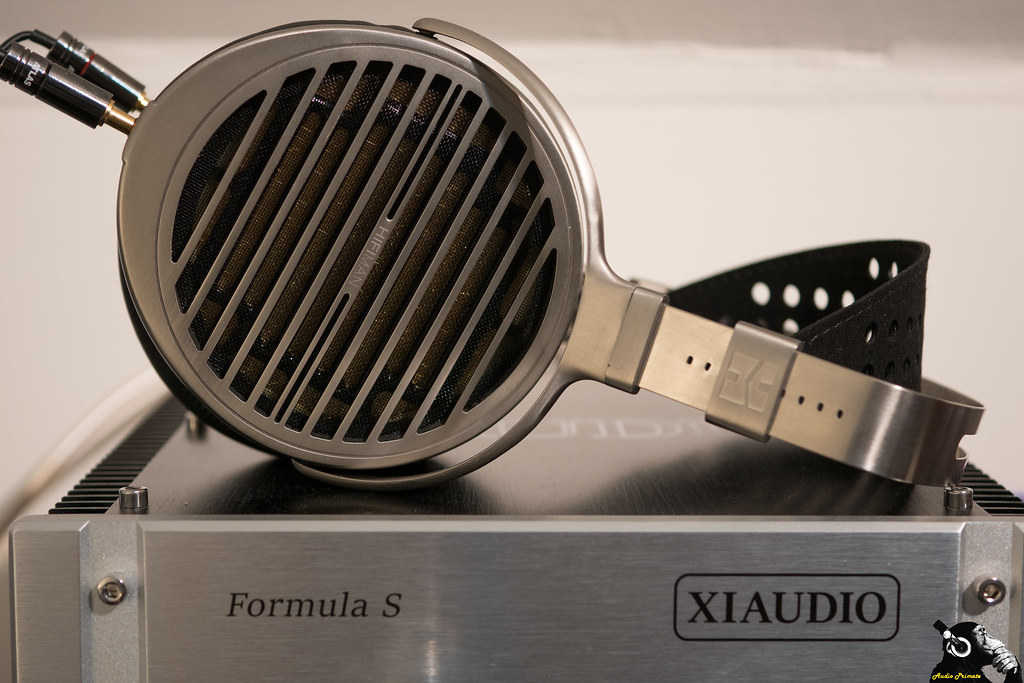


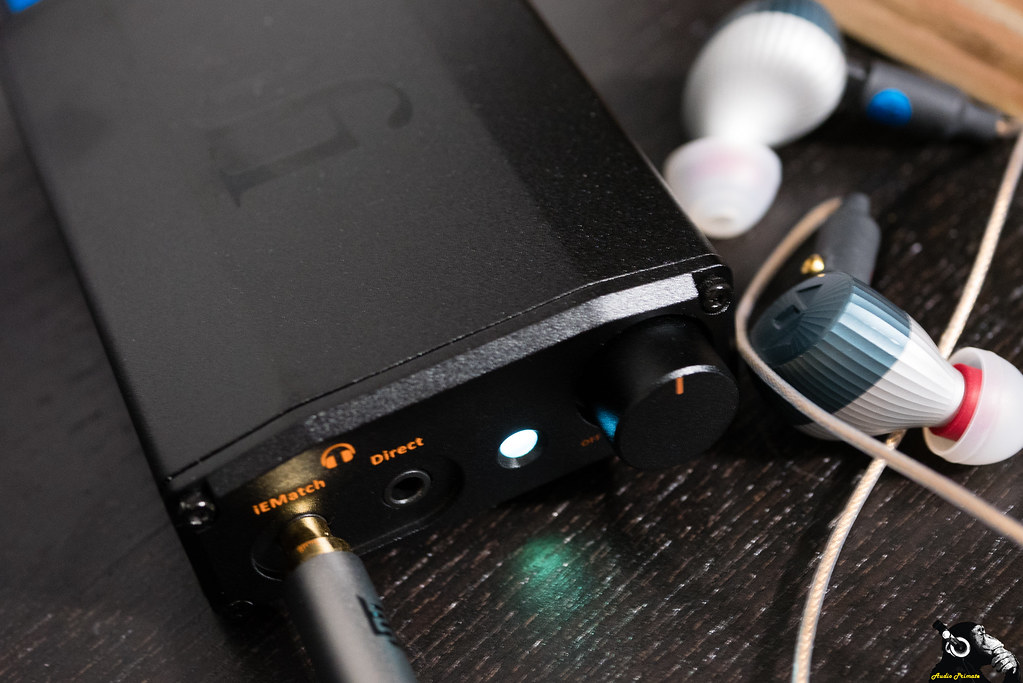
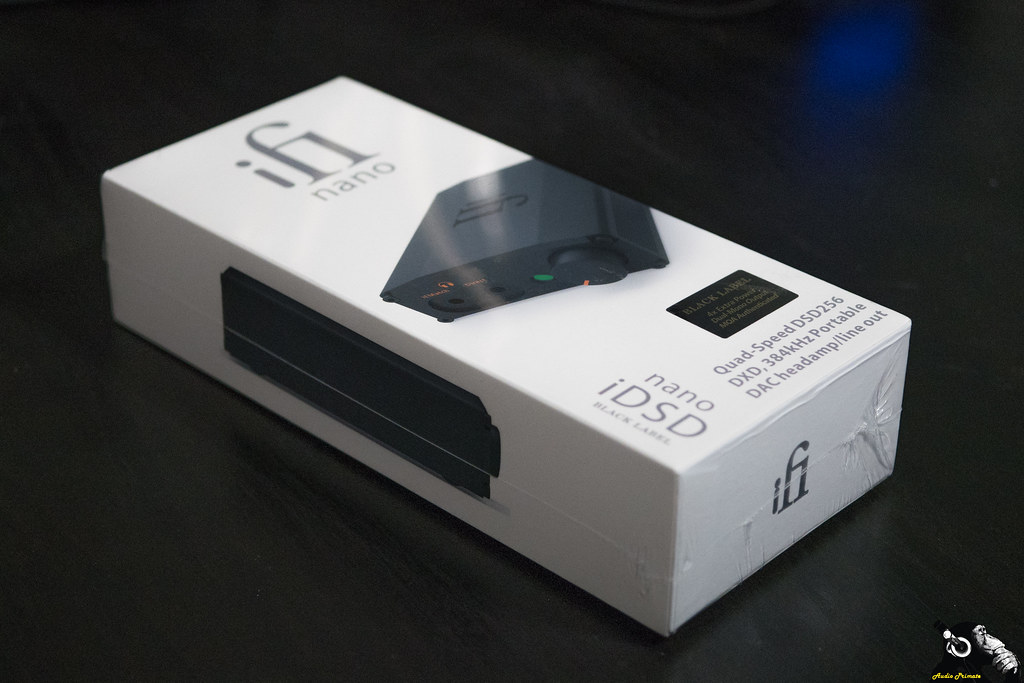
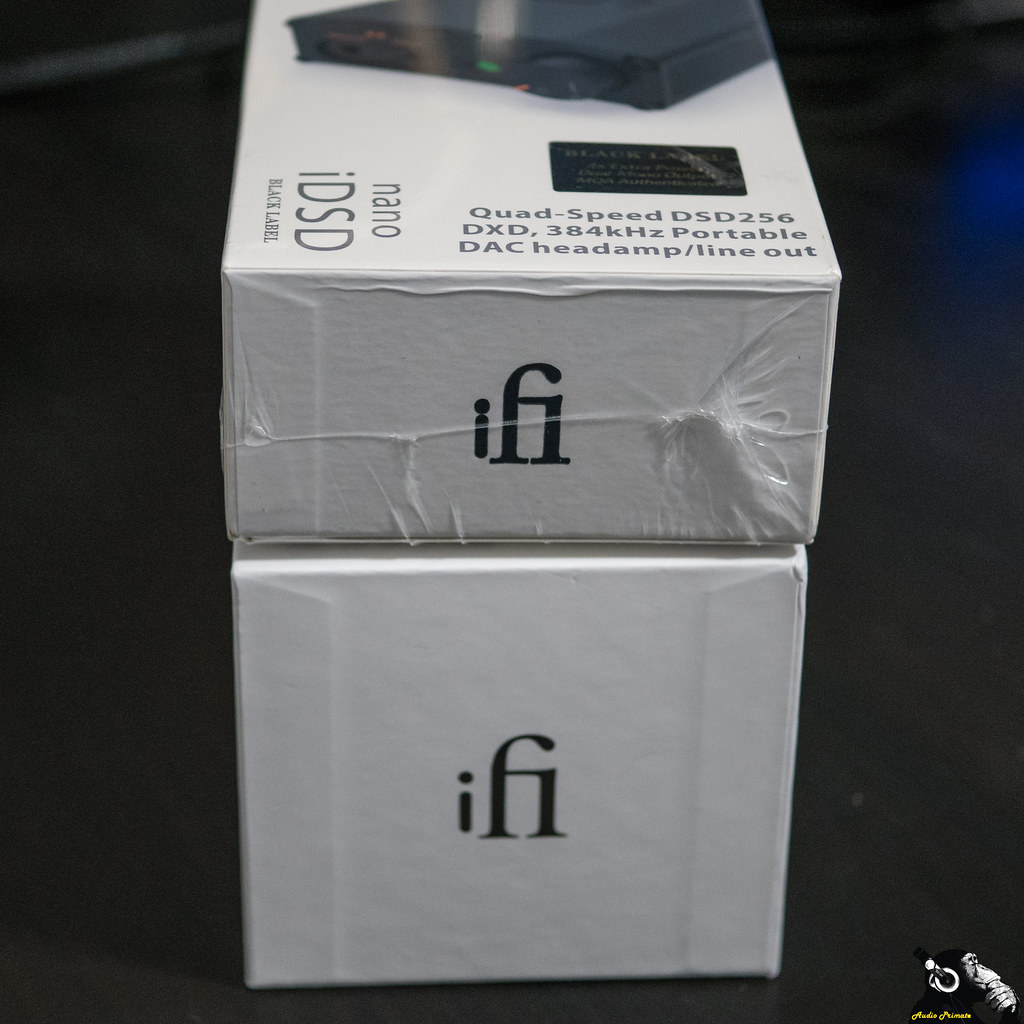
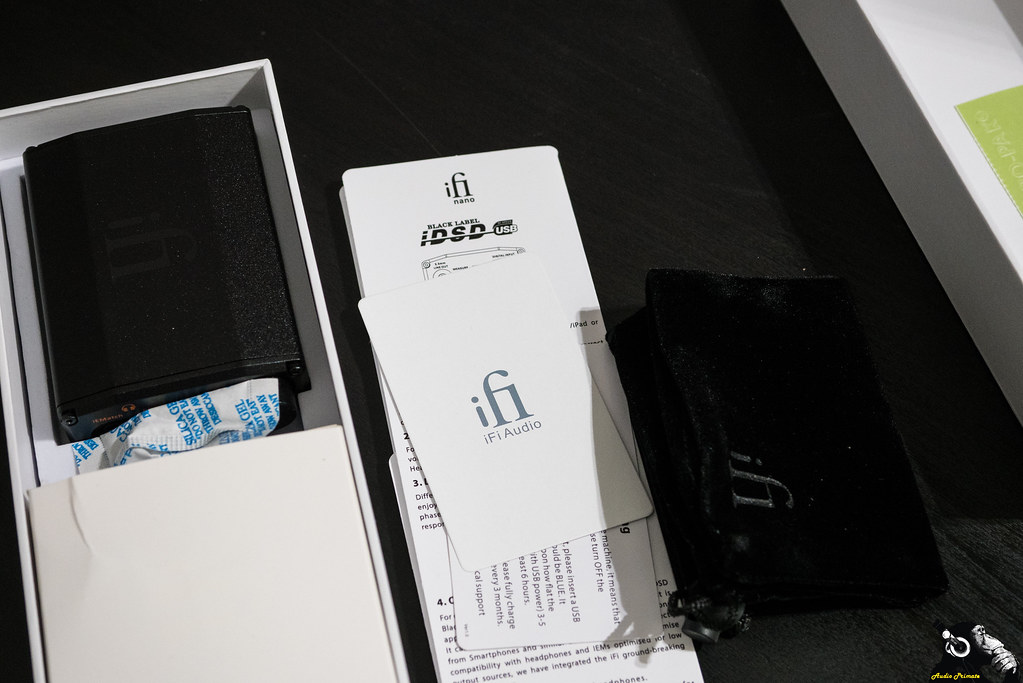


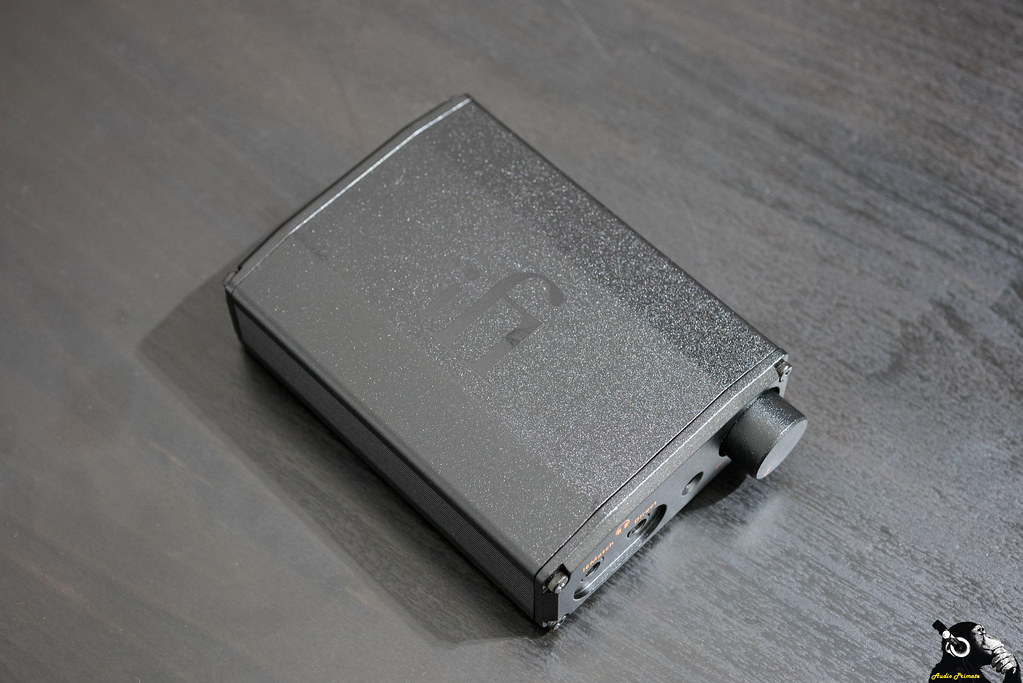
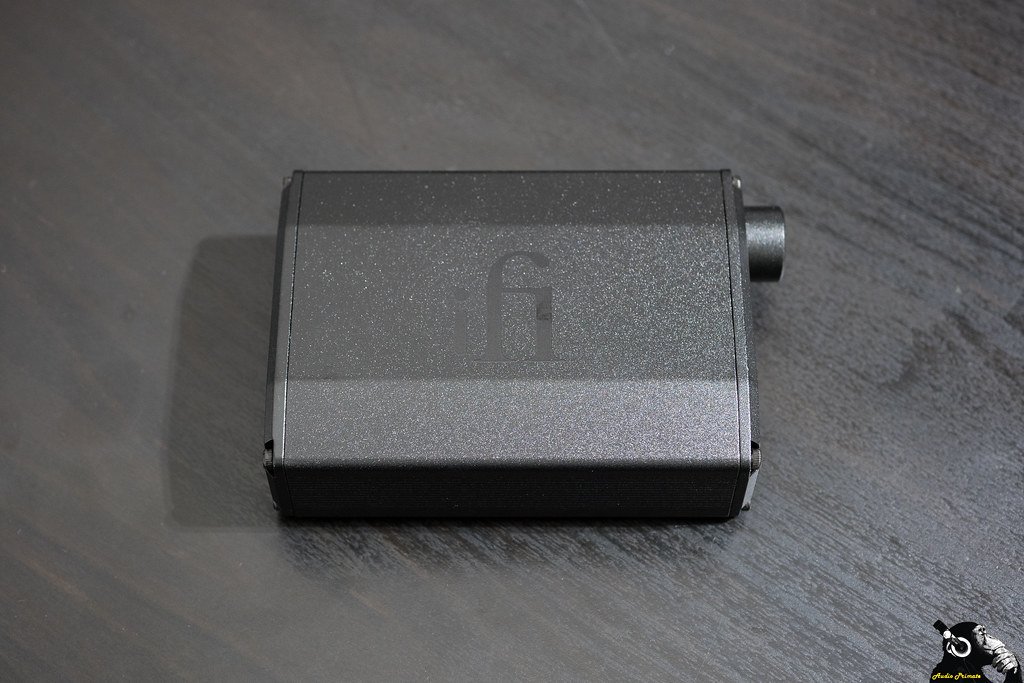
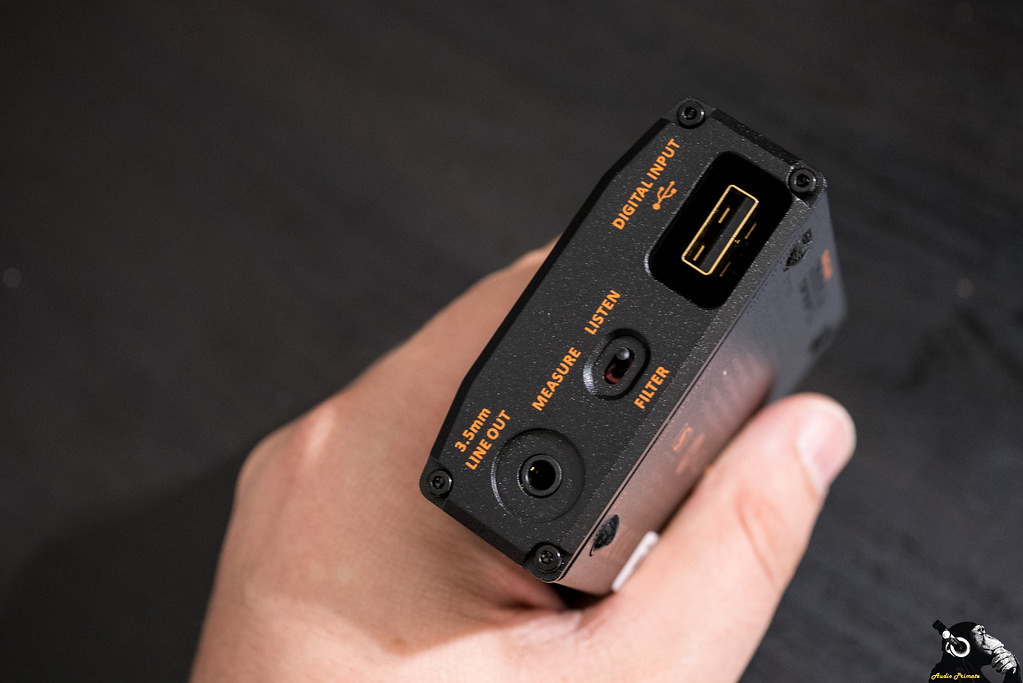
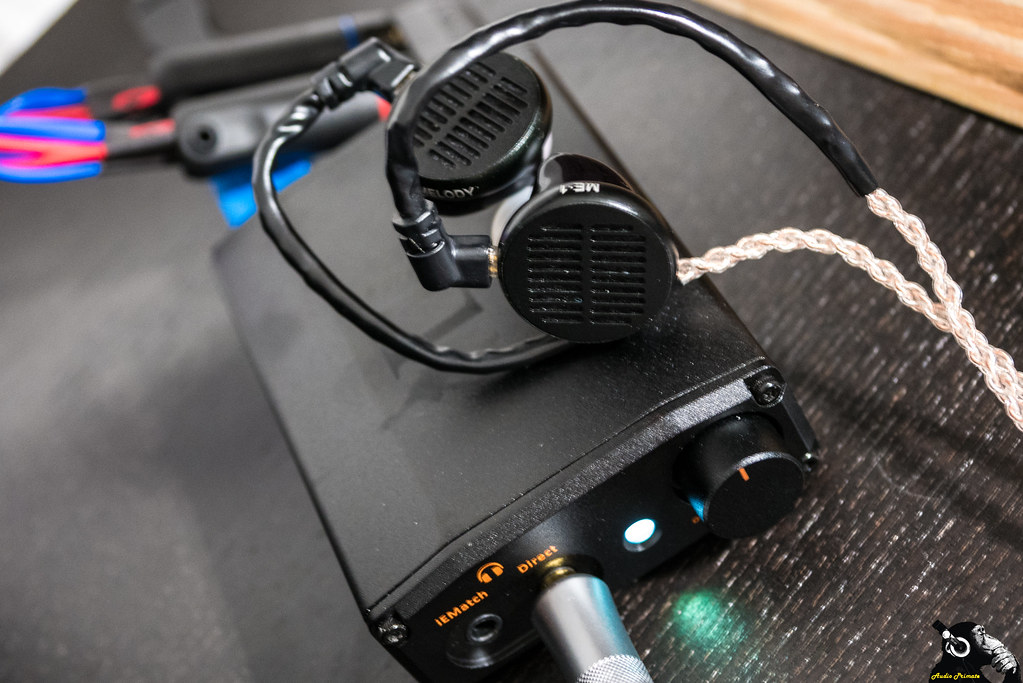

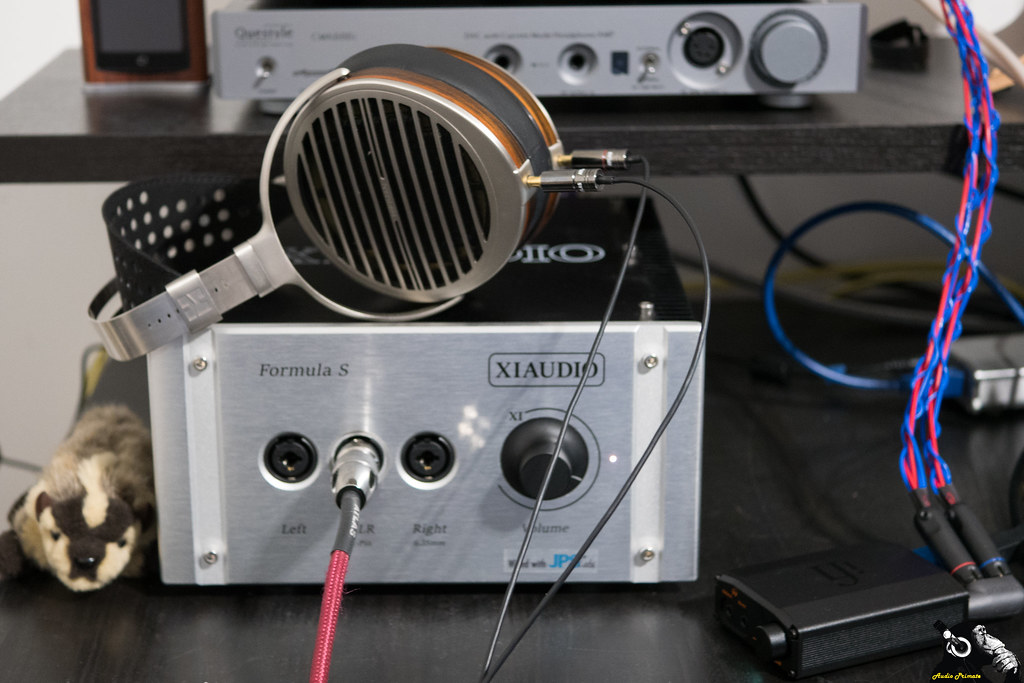













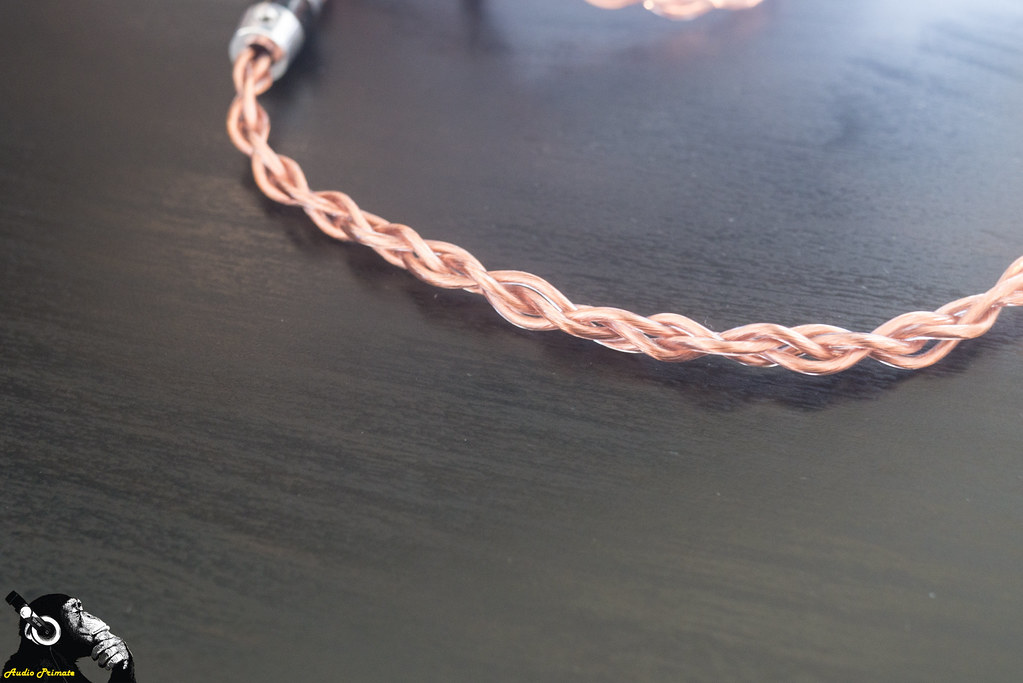

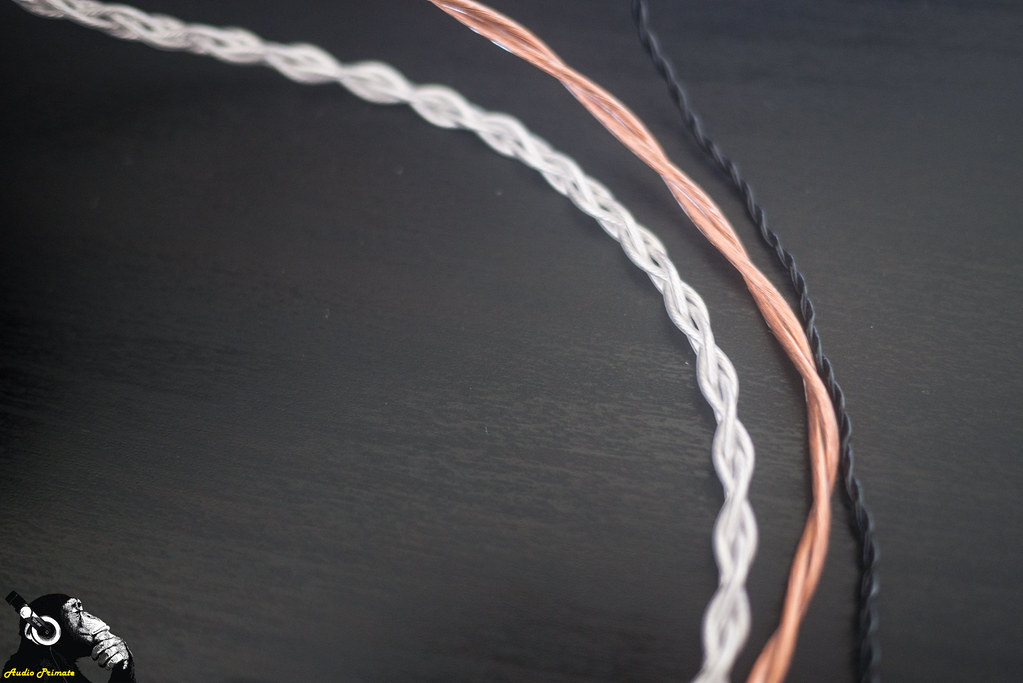

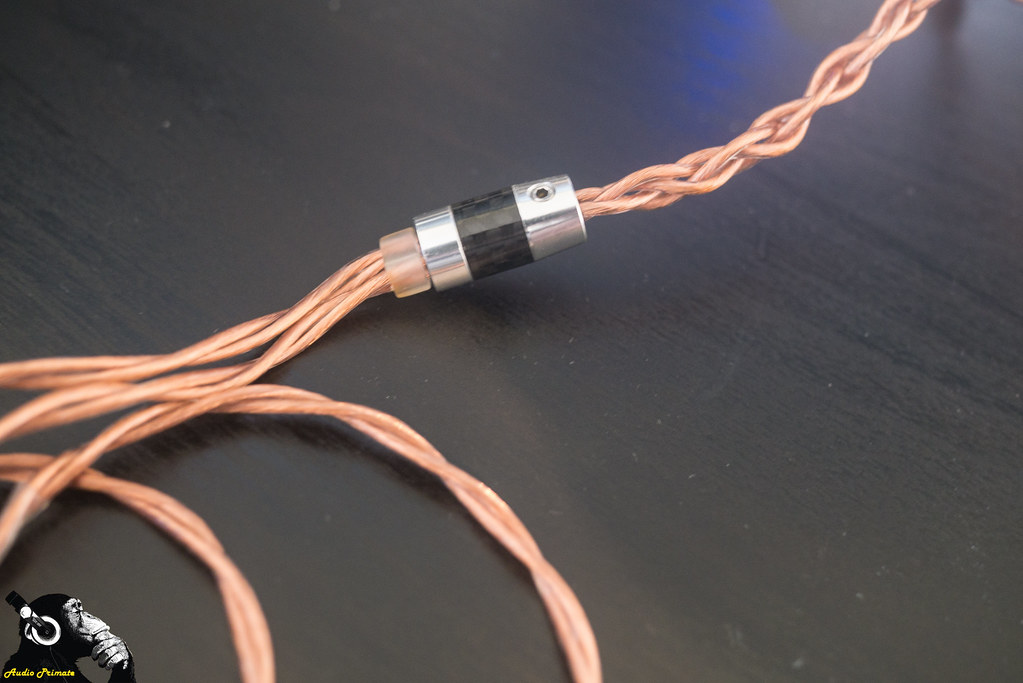
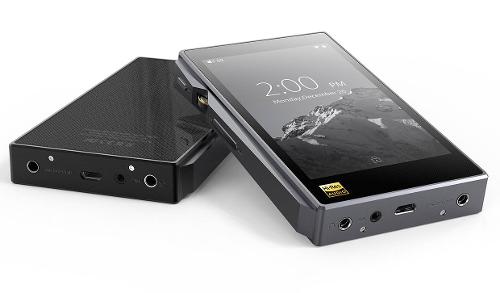

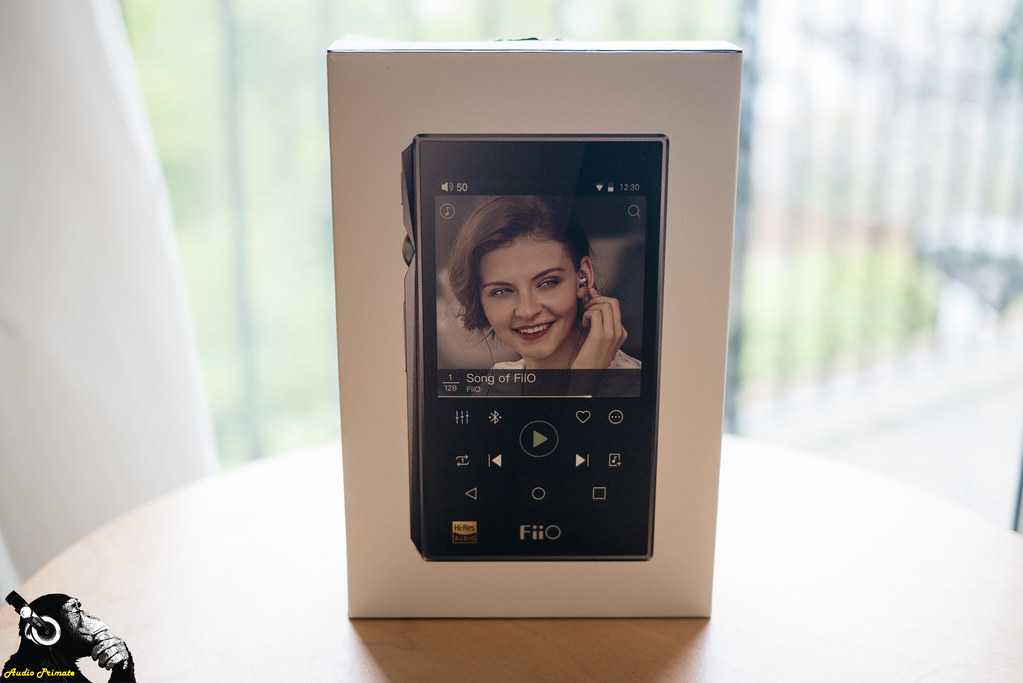



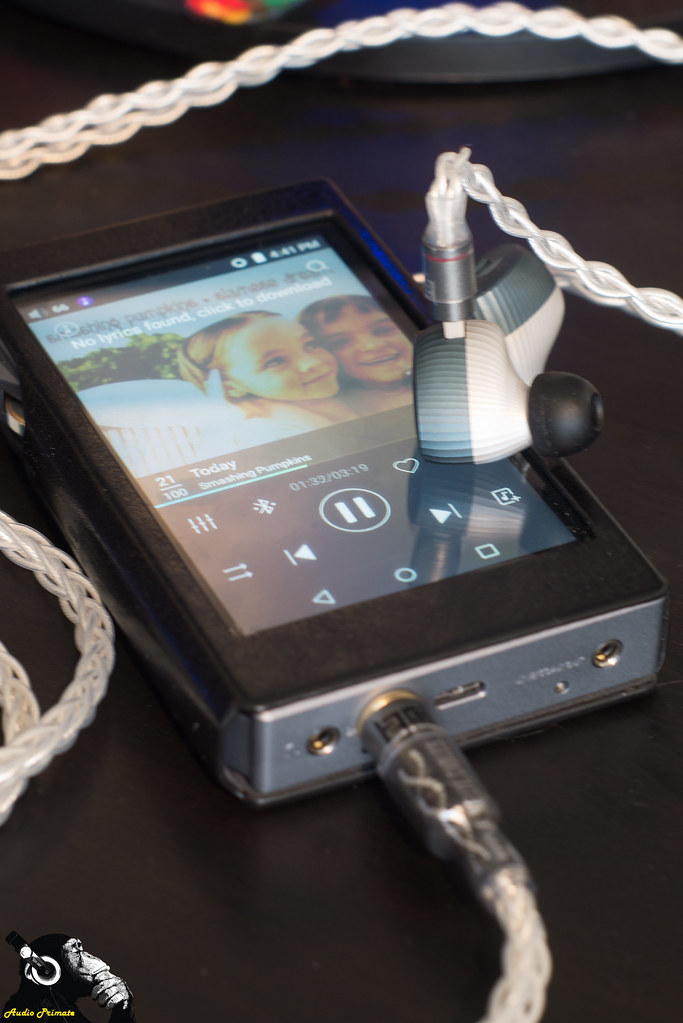











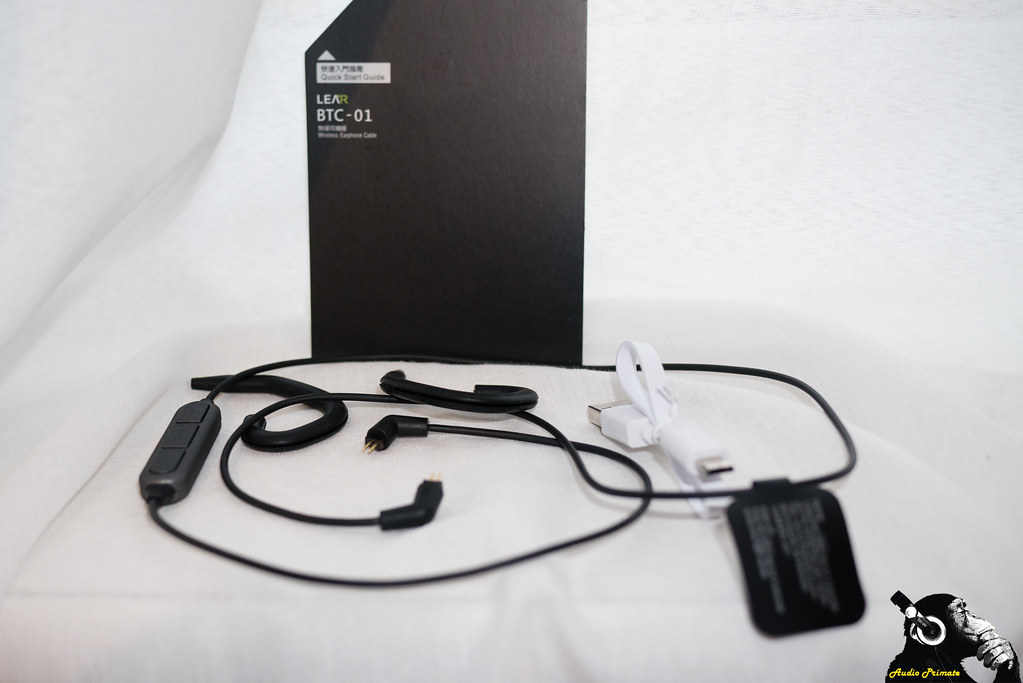




][/color])



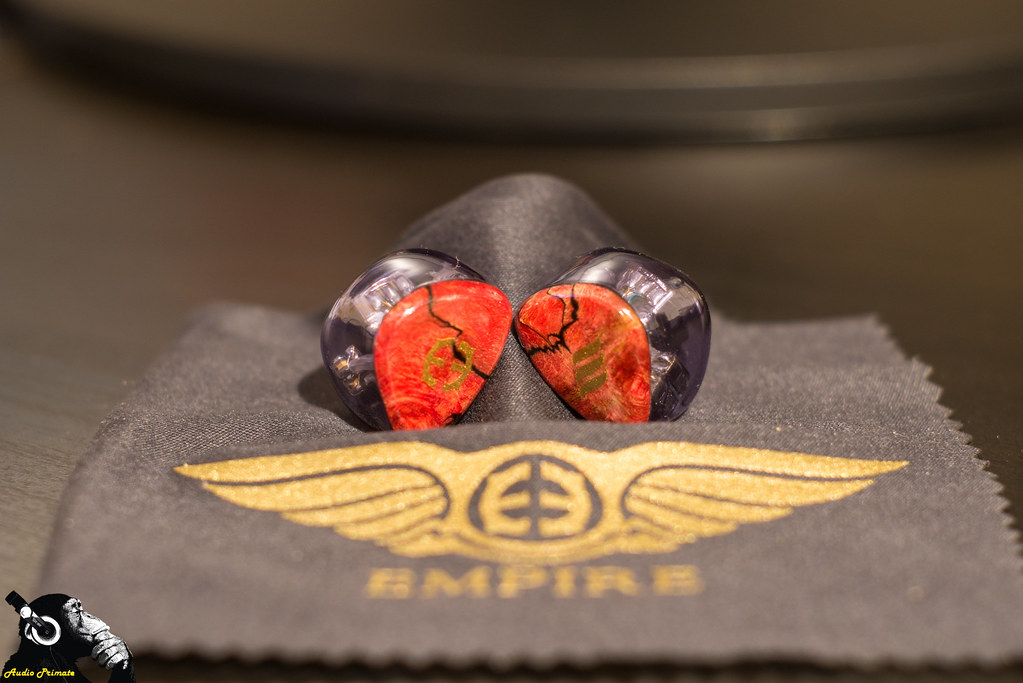
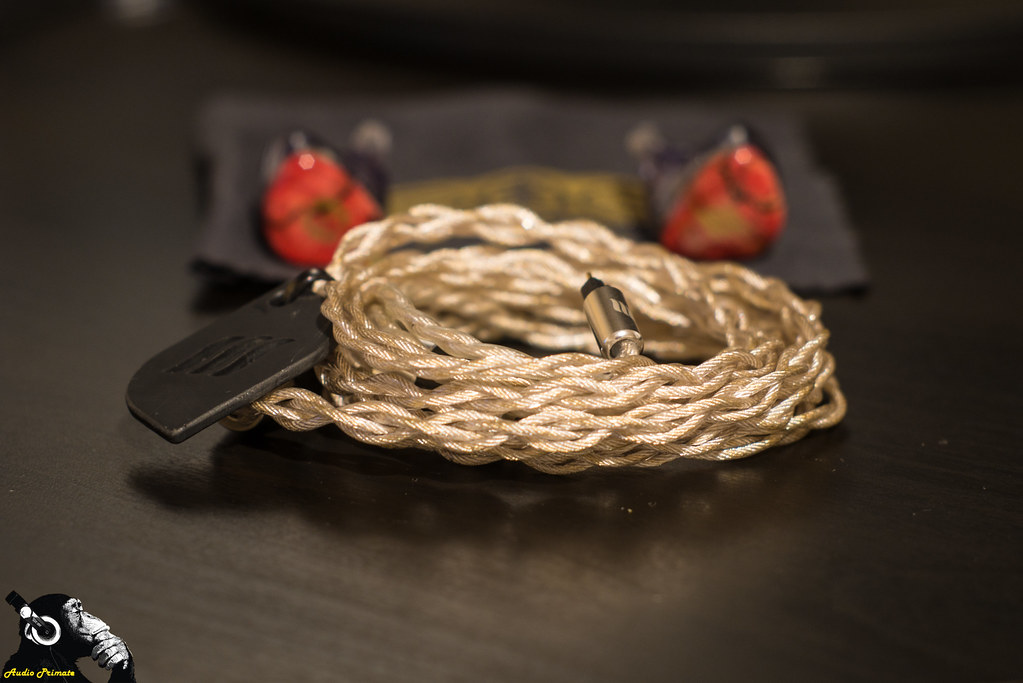


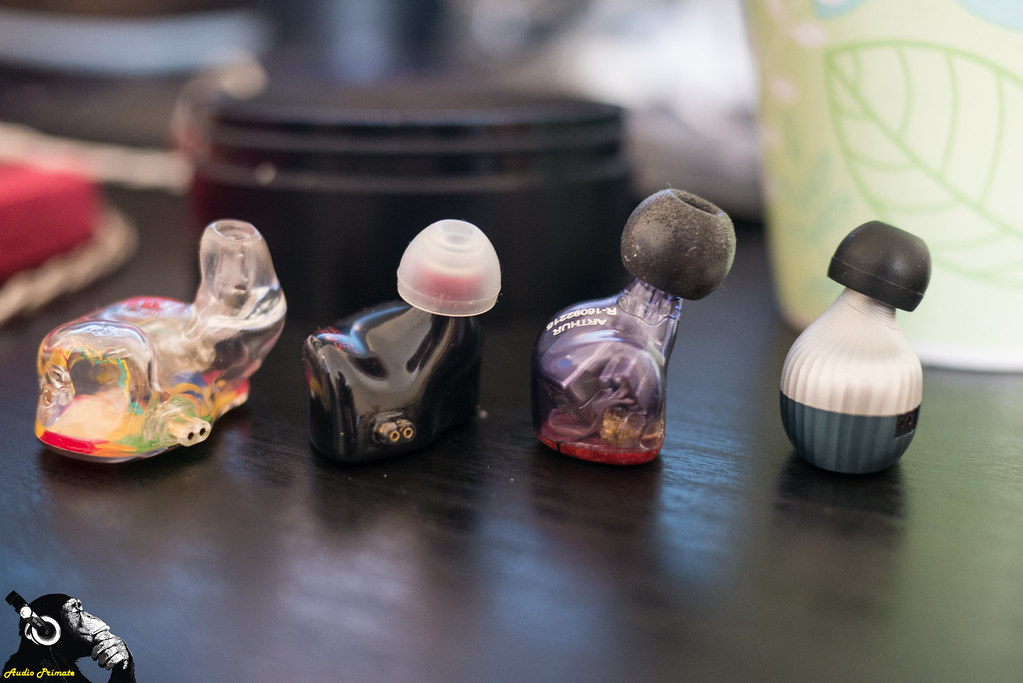




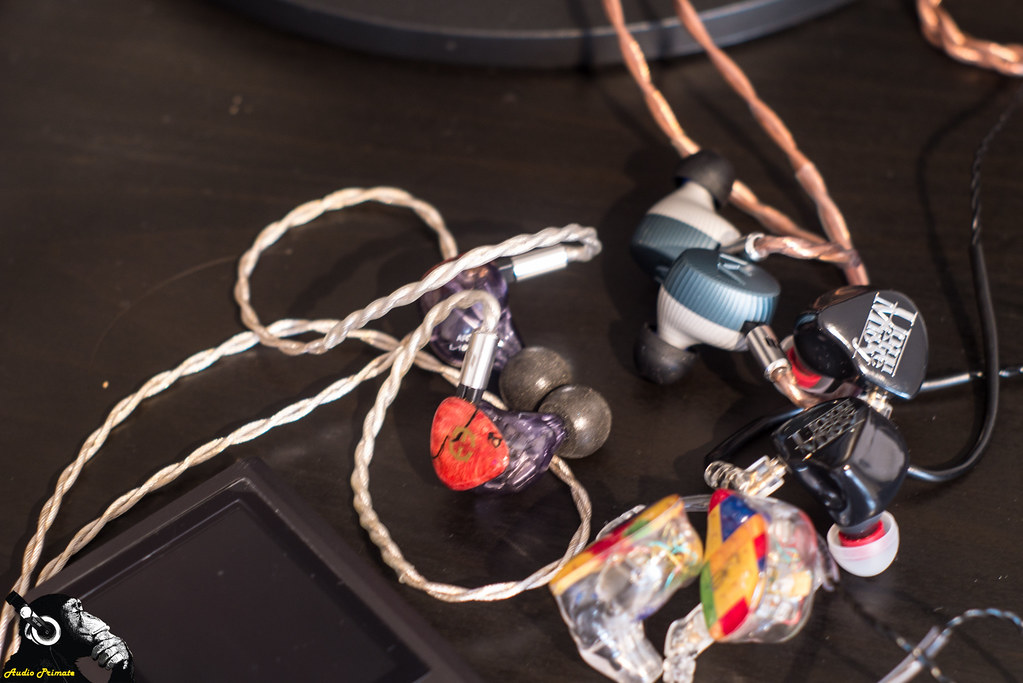

][/color])
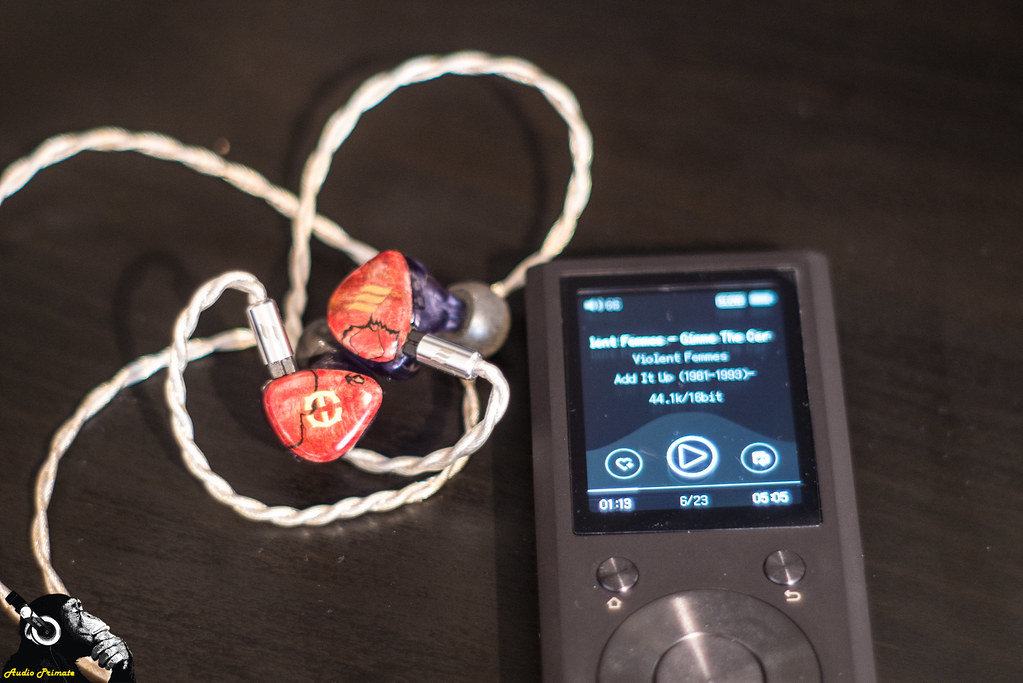















][/color])









.png)

![color]](https://audioprimate.files.wordpress.com/2017/02/ican-se-rating-scale.png[color=rgb(61, 89, 109)][/color])


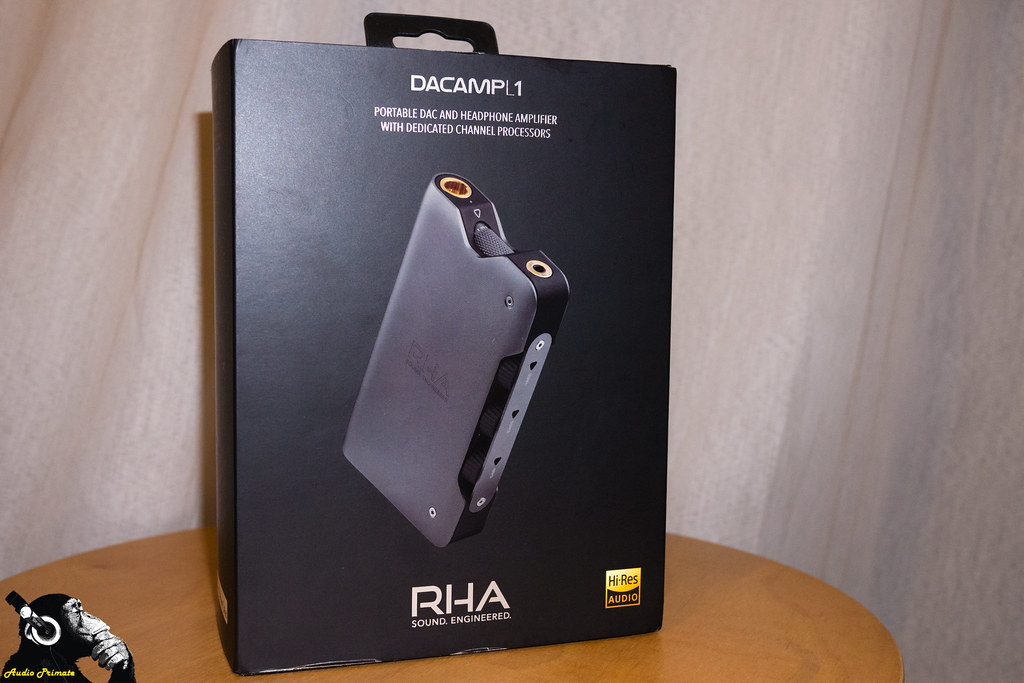


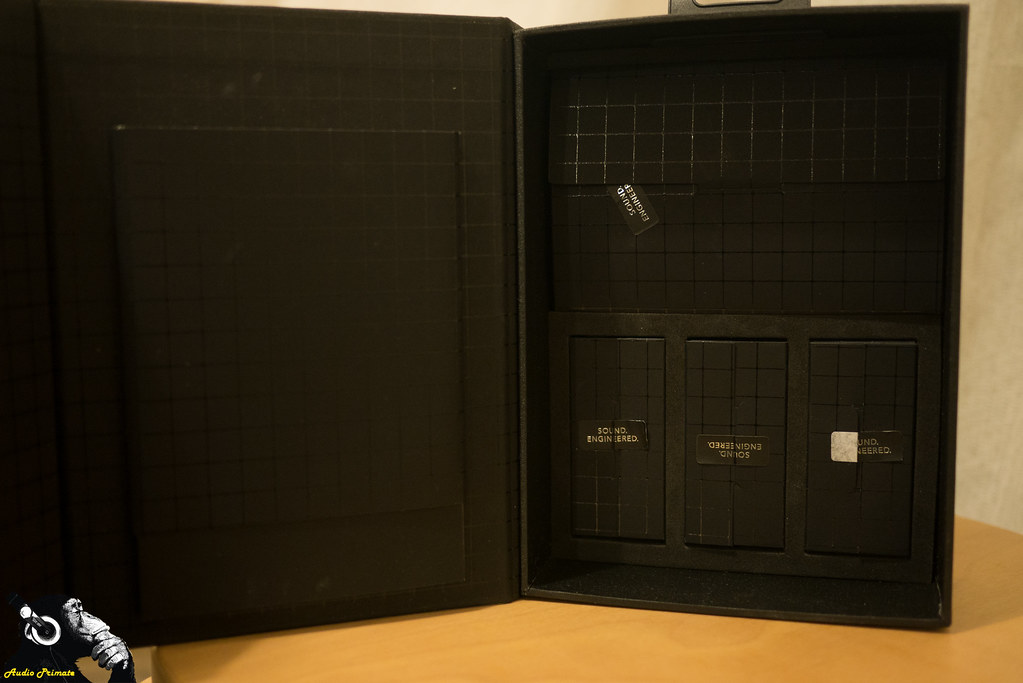






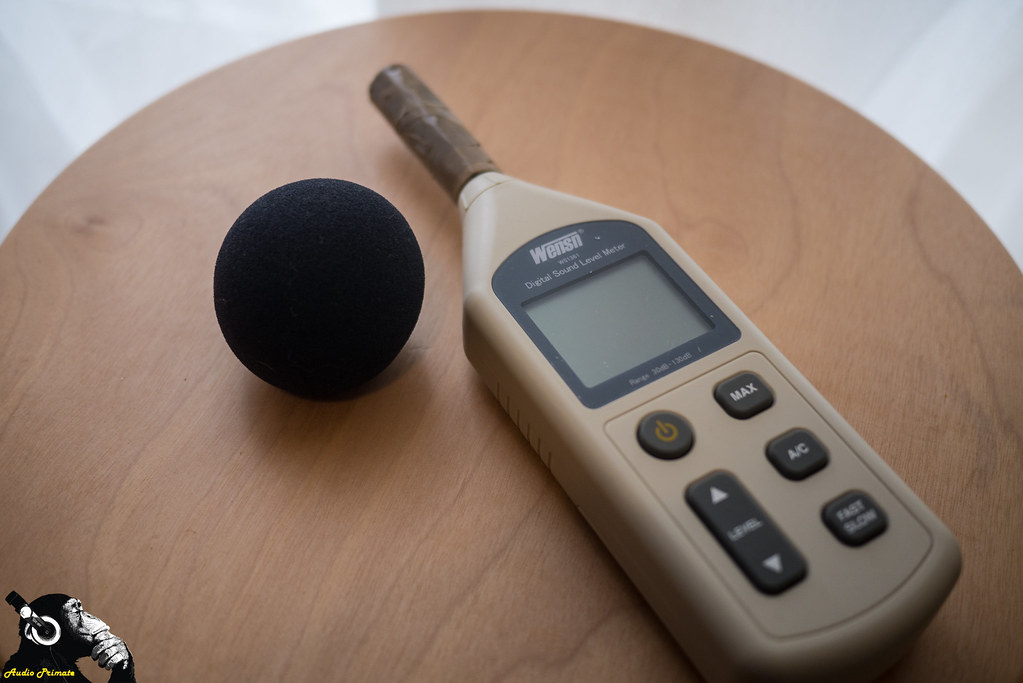

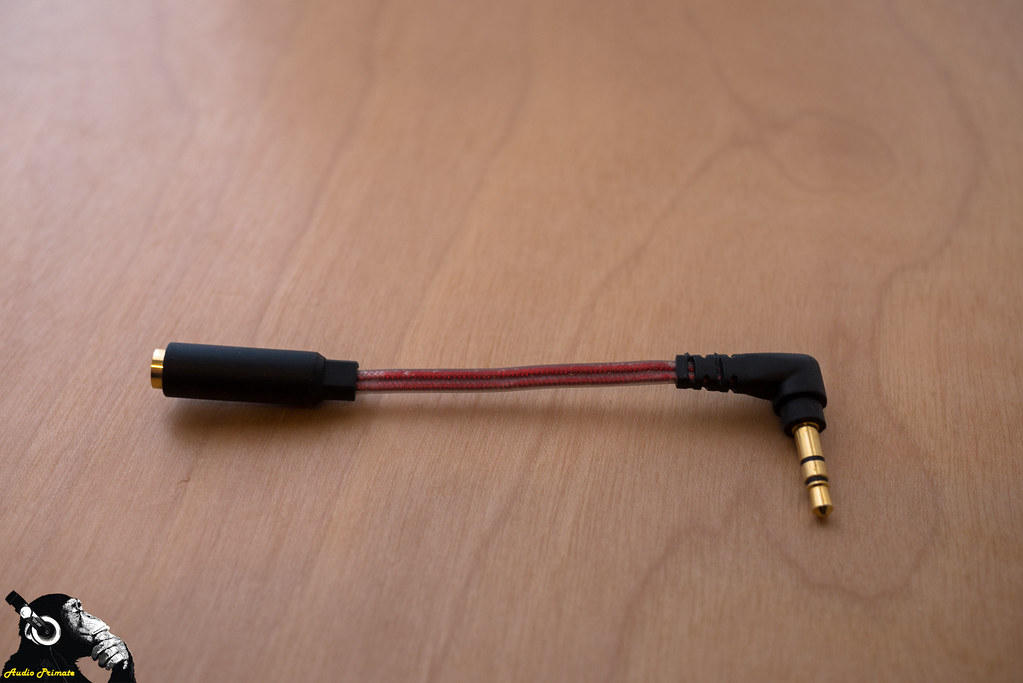

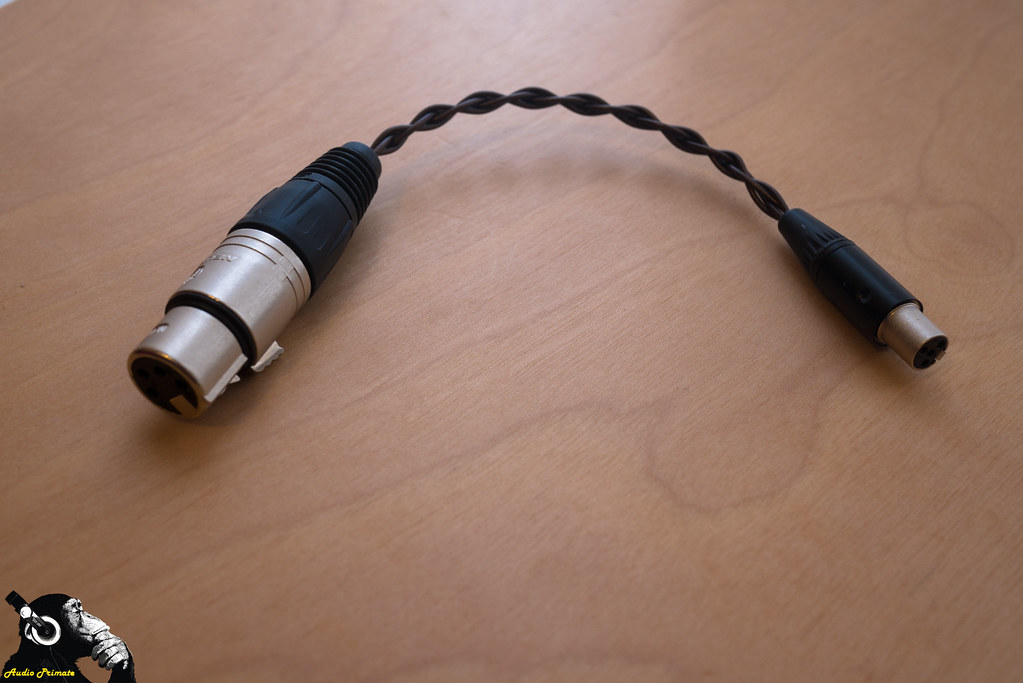
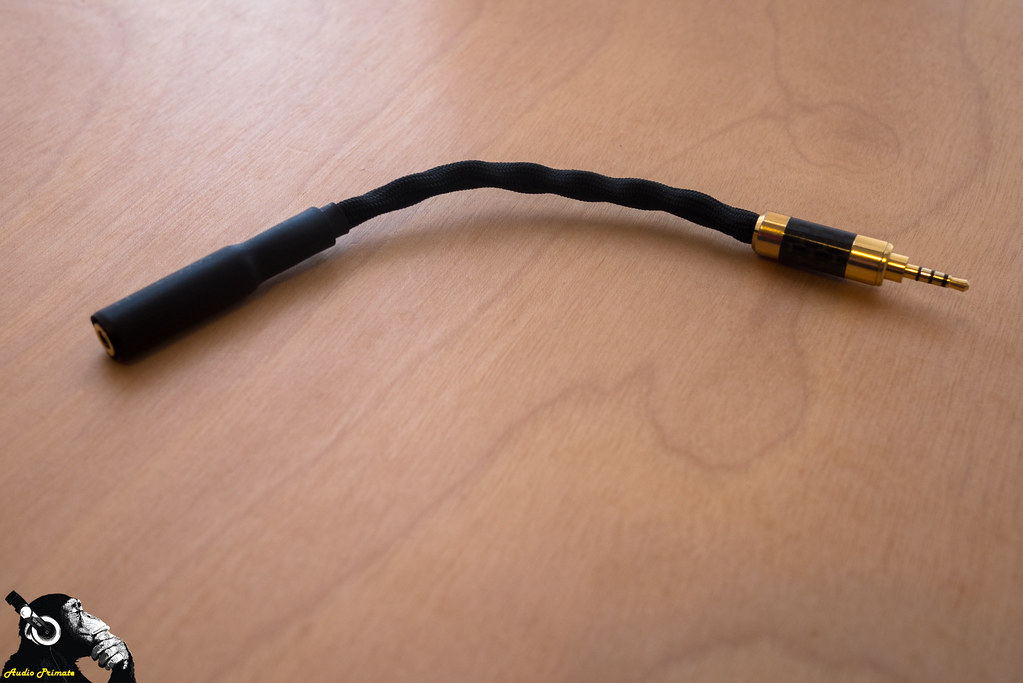


![color]](https://audioprimate.files.wordpress.com/2017/03/rha-dacamp-l1-rating1.png[color=rgb(61, 89, 109)][/color])










][/color])










